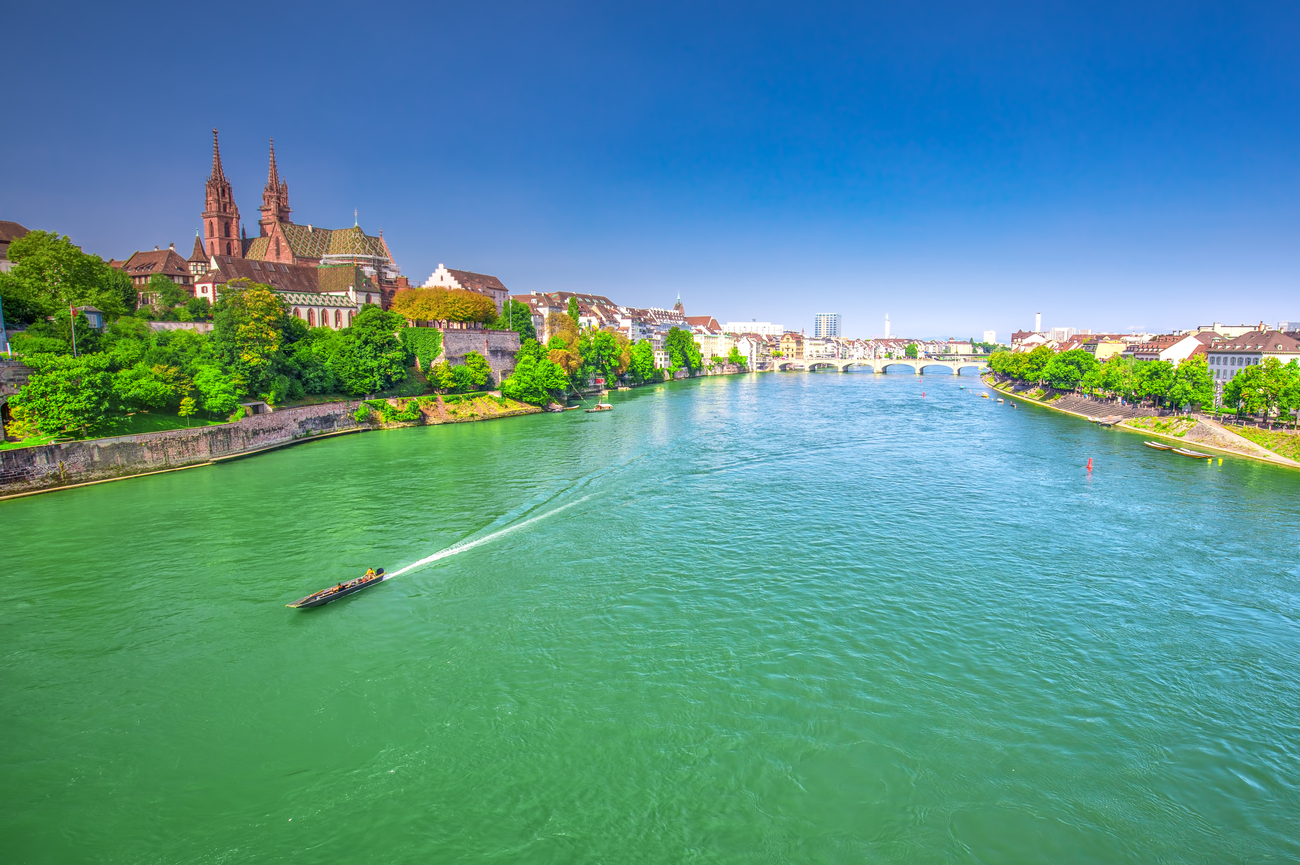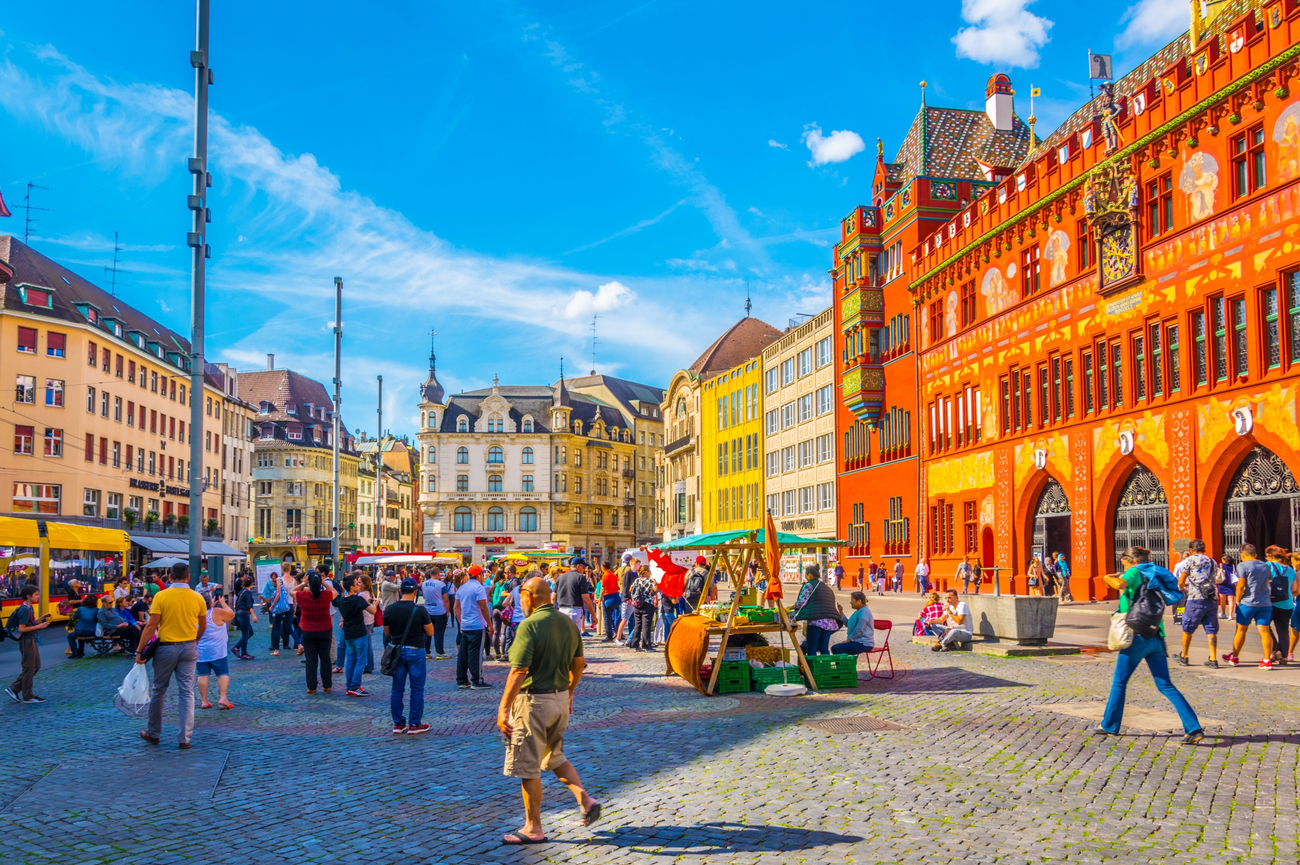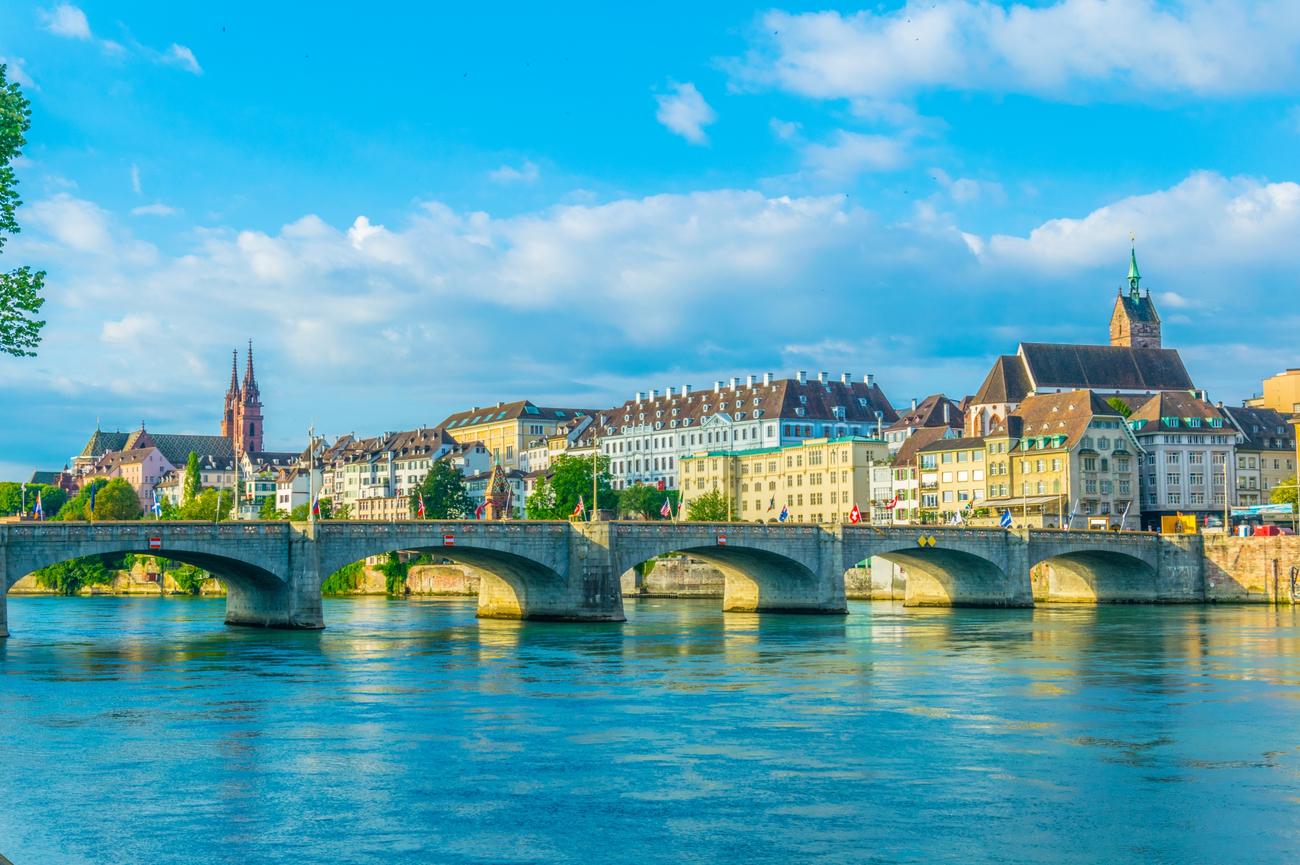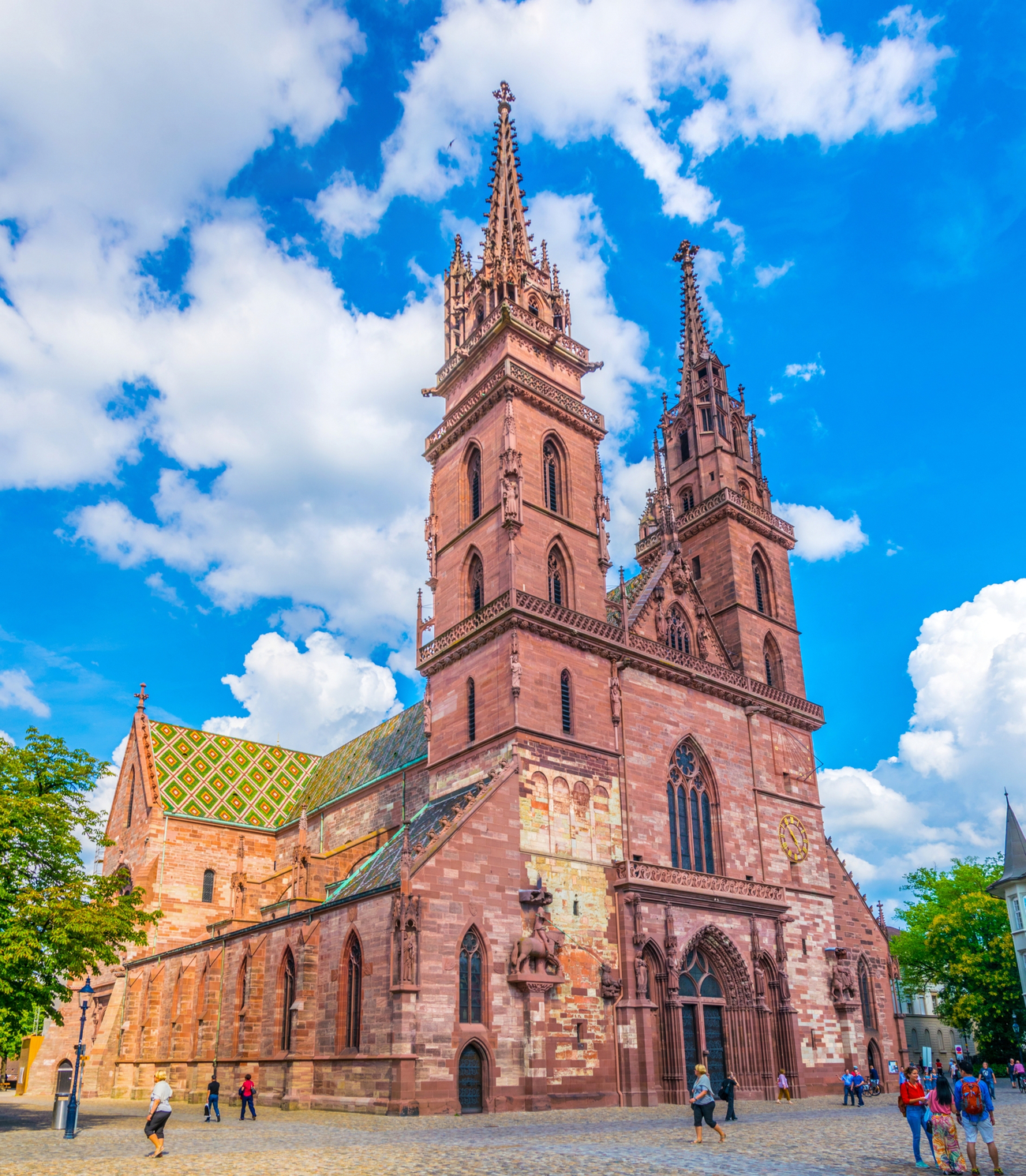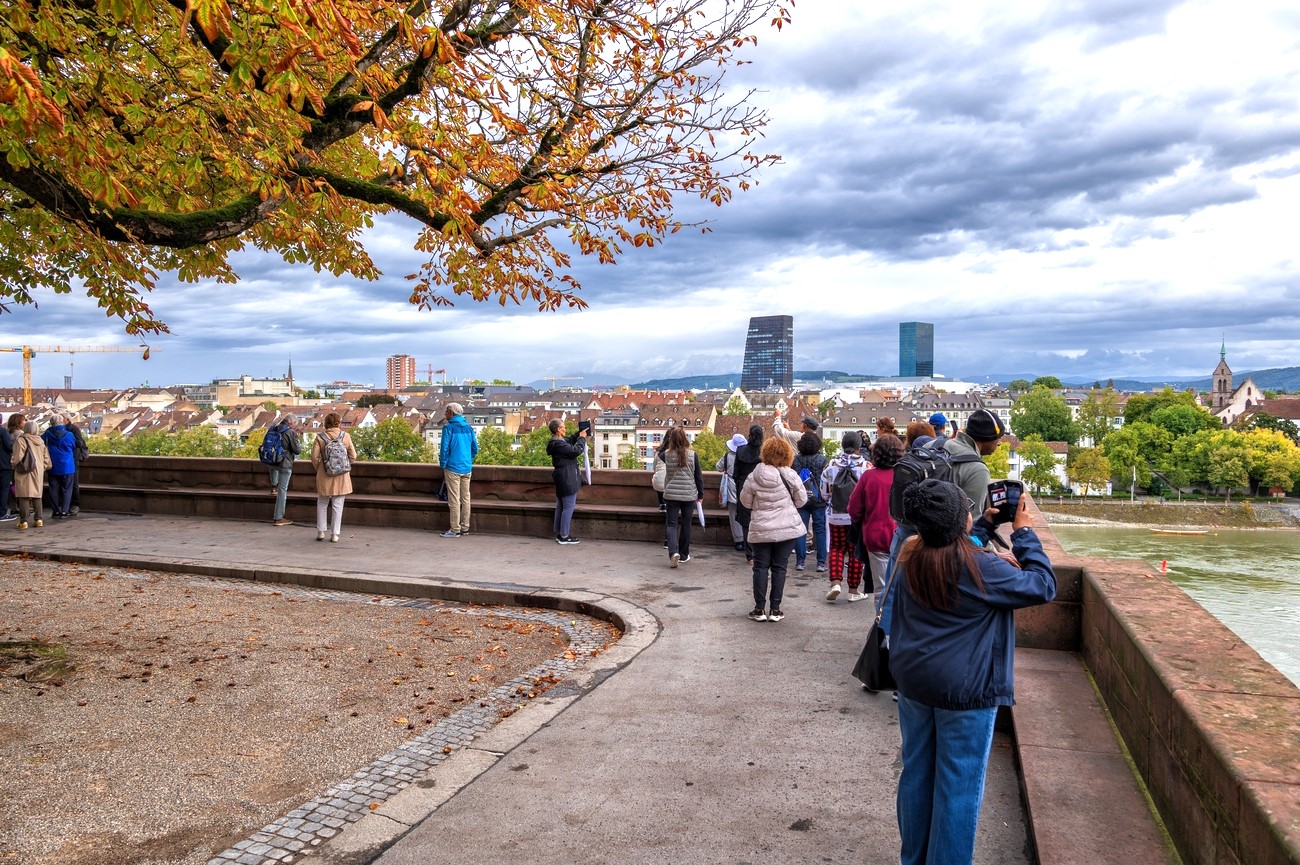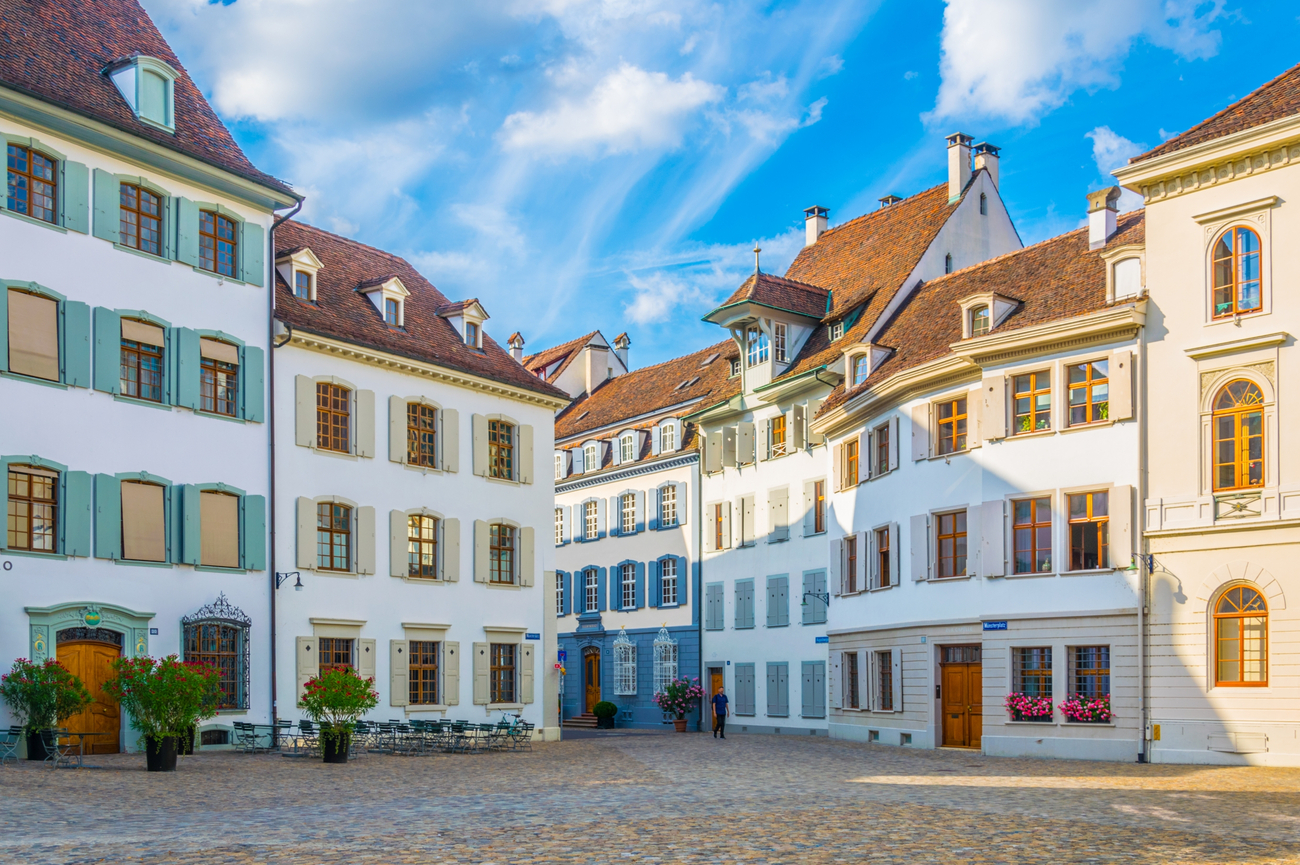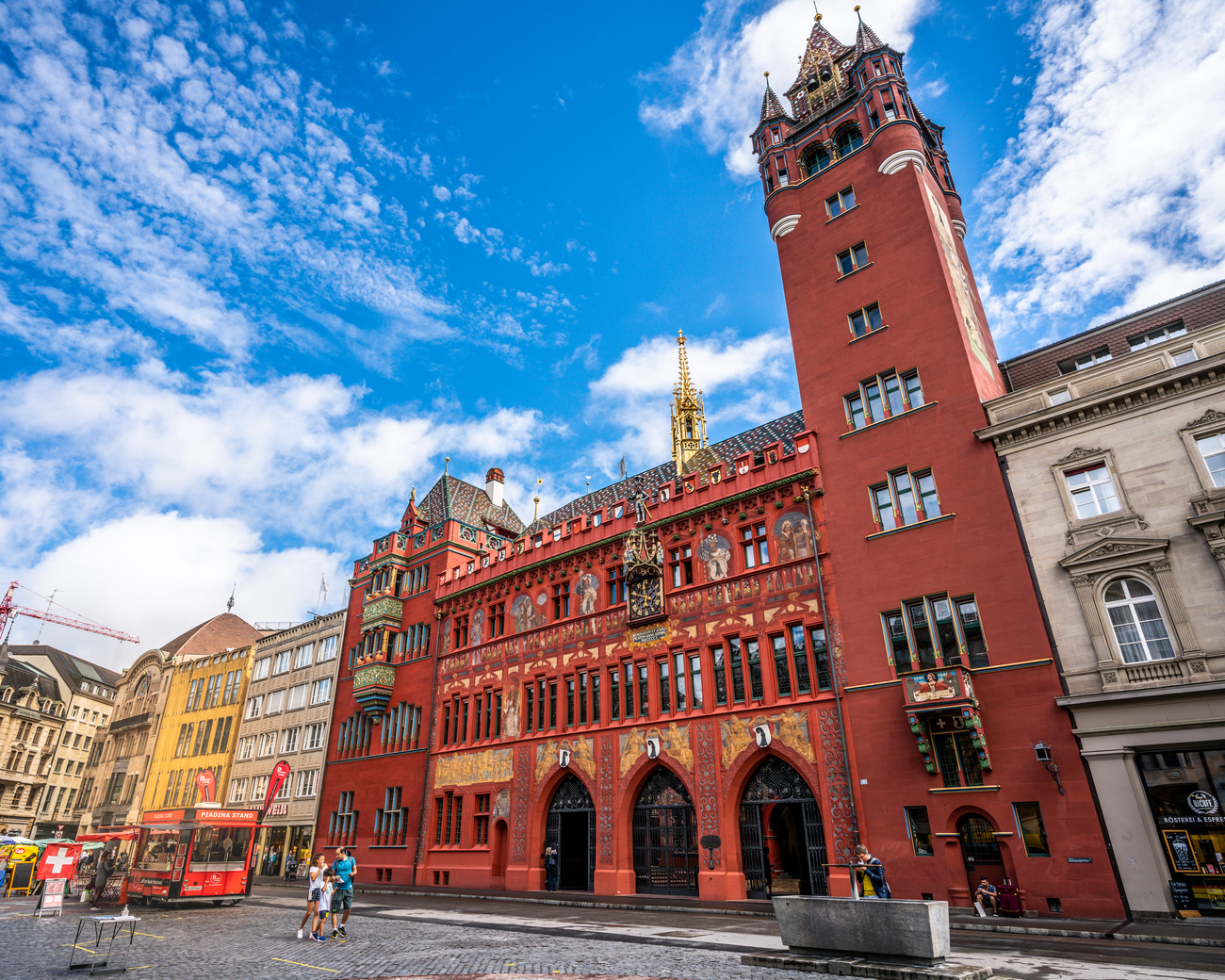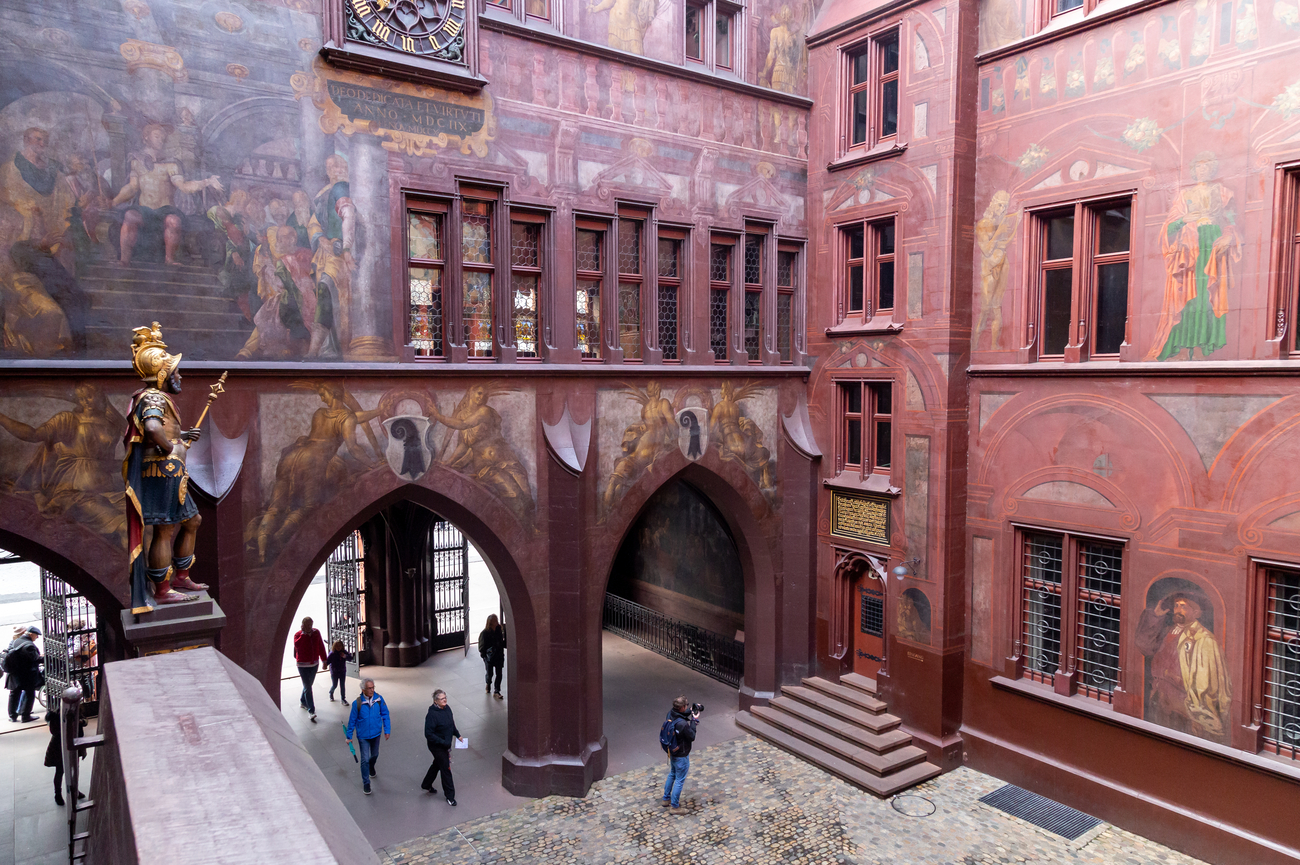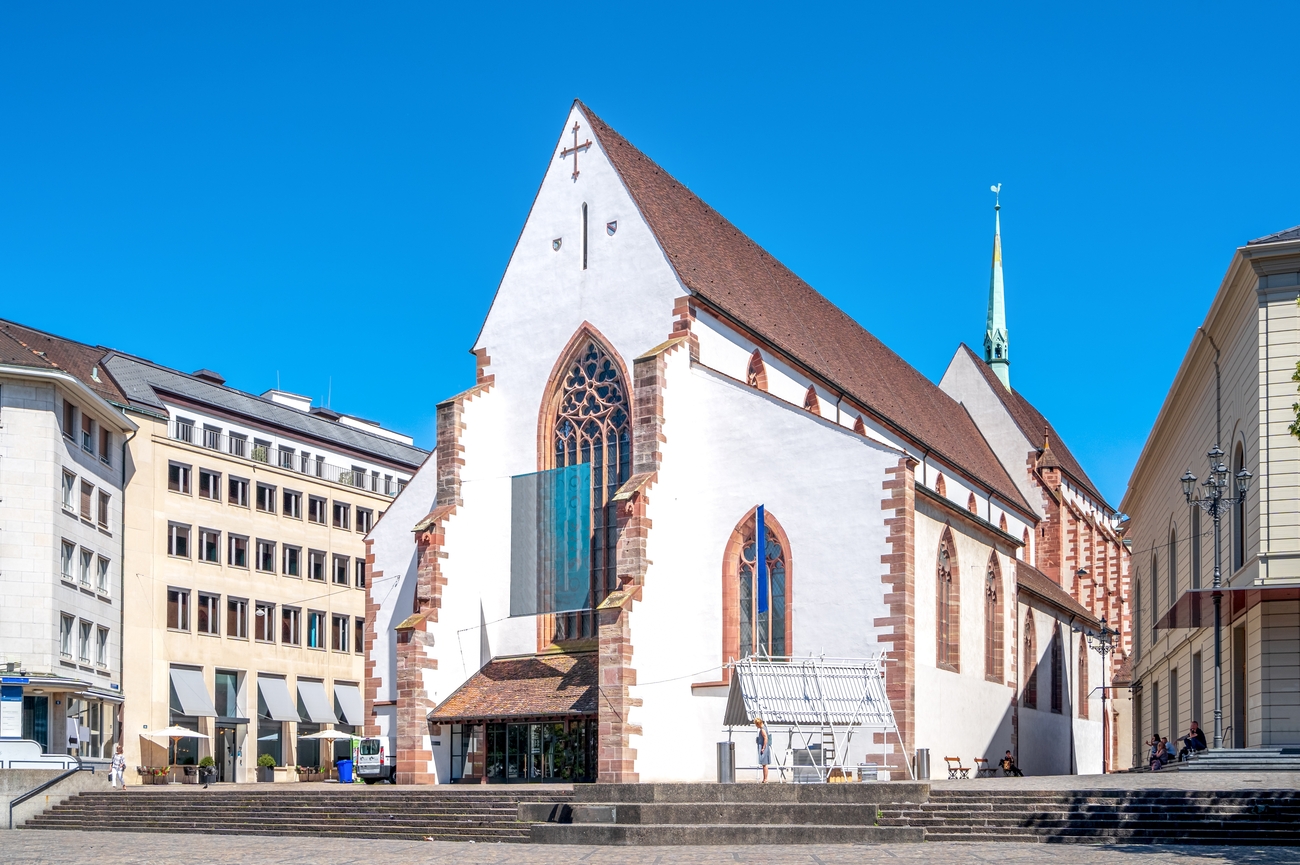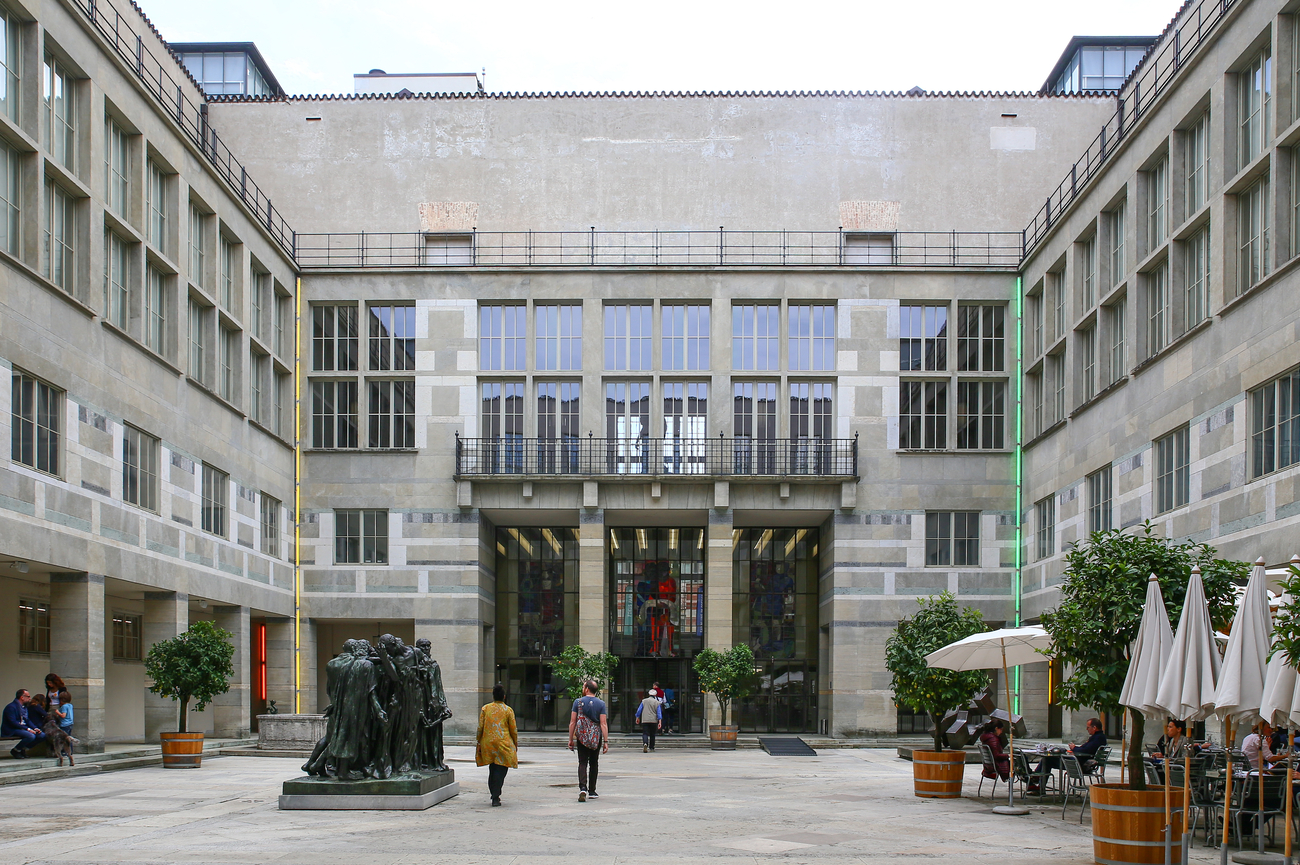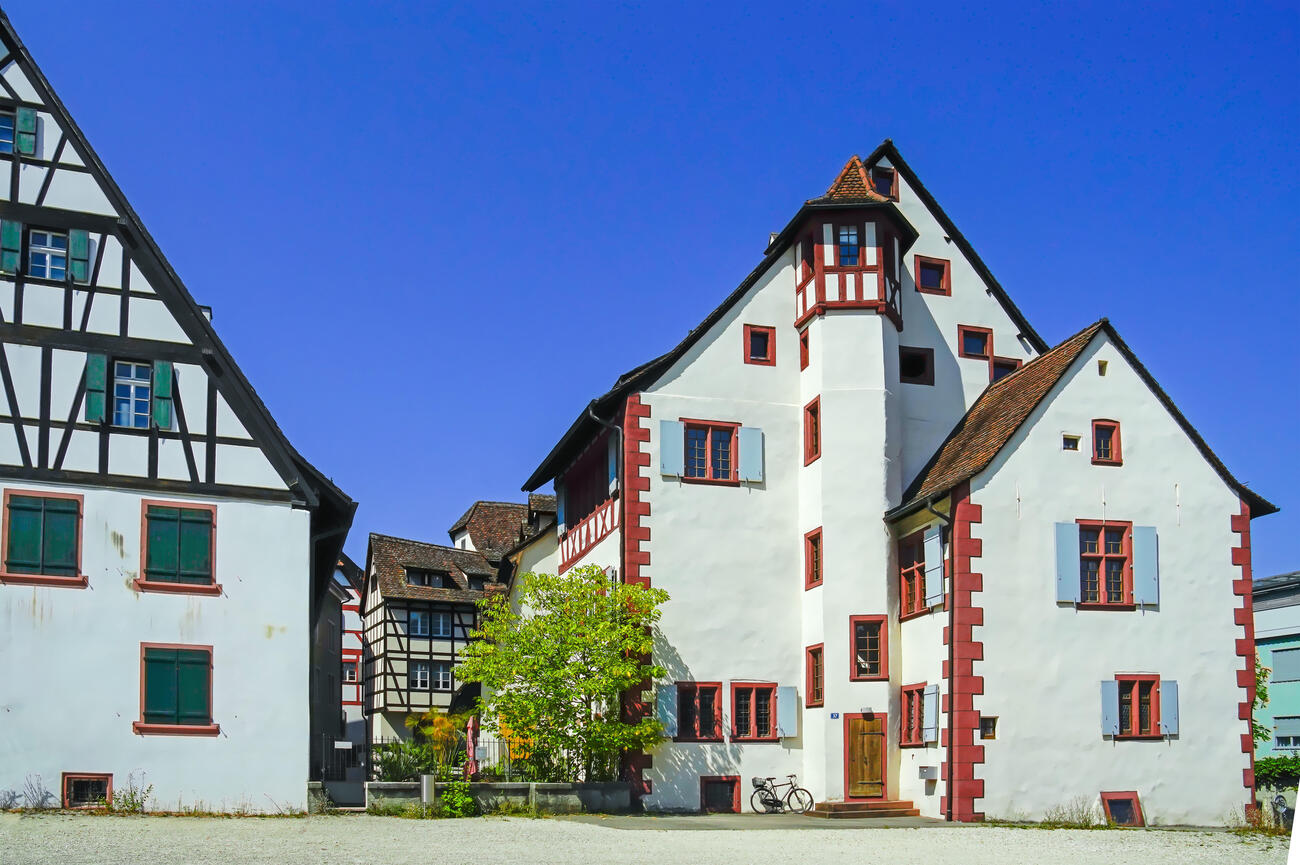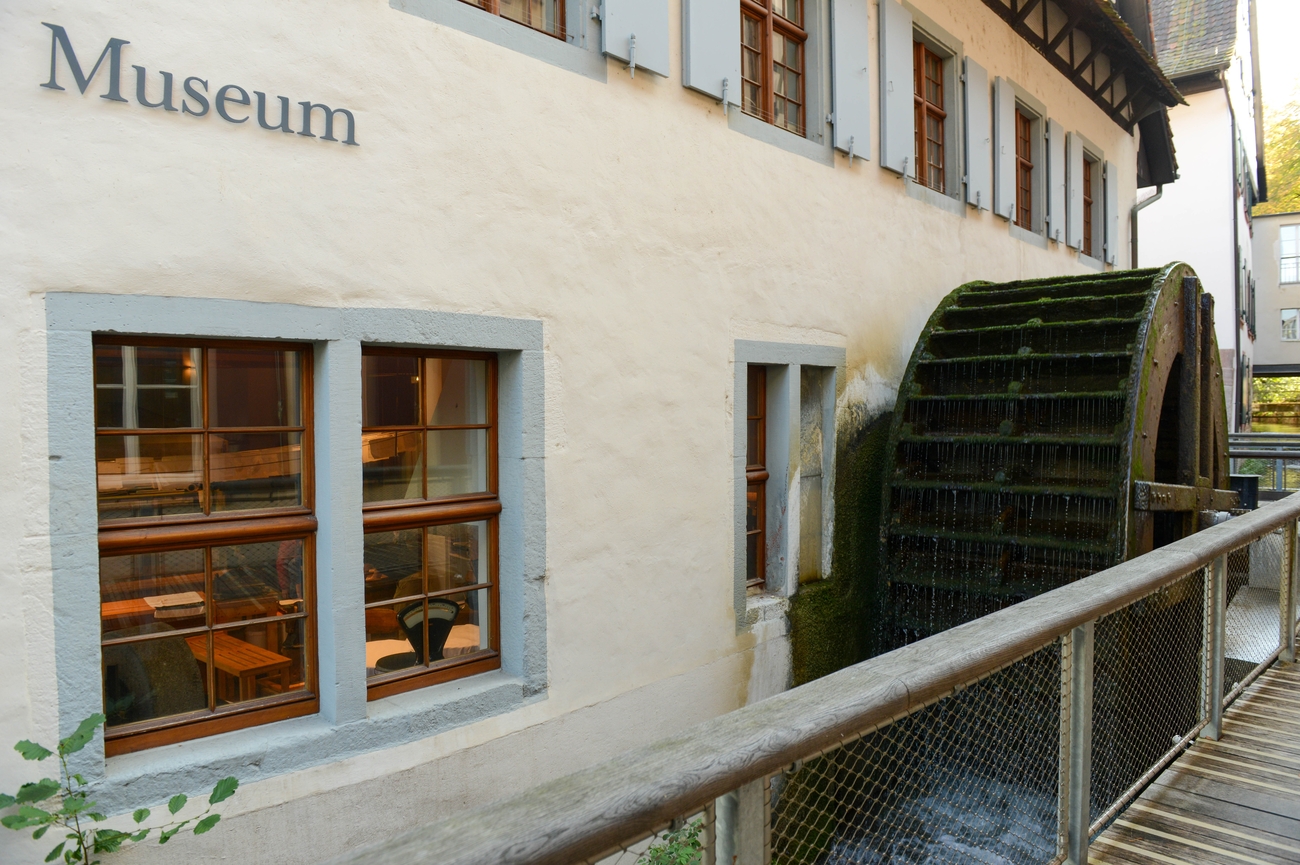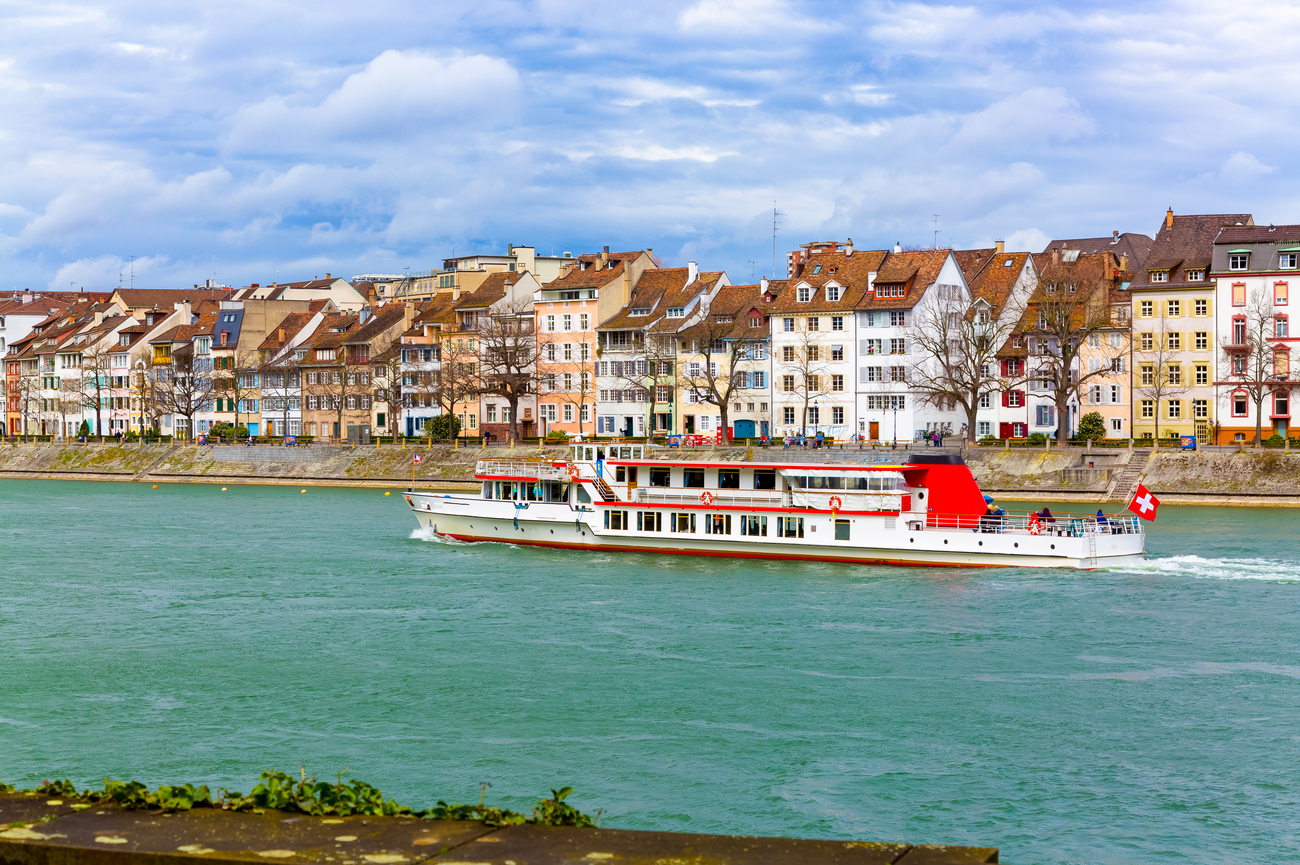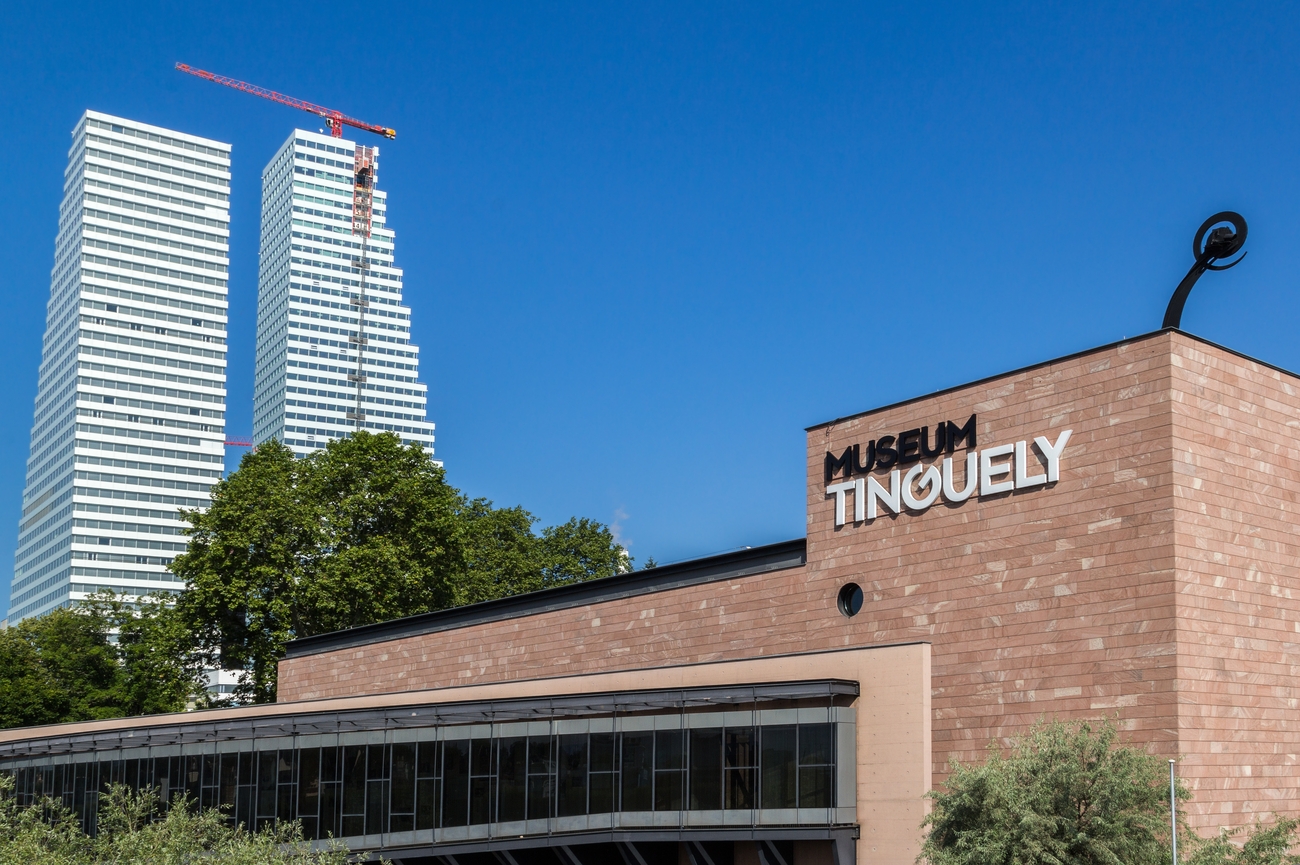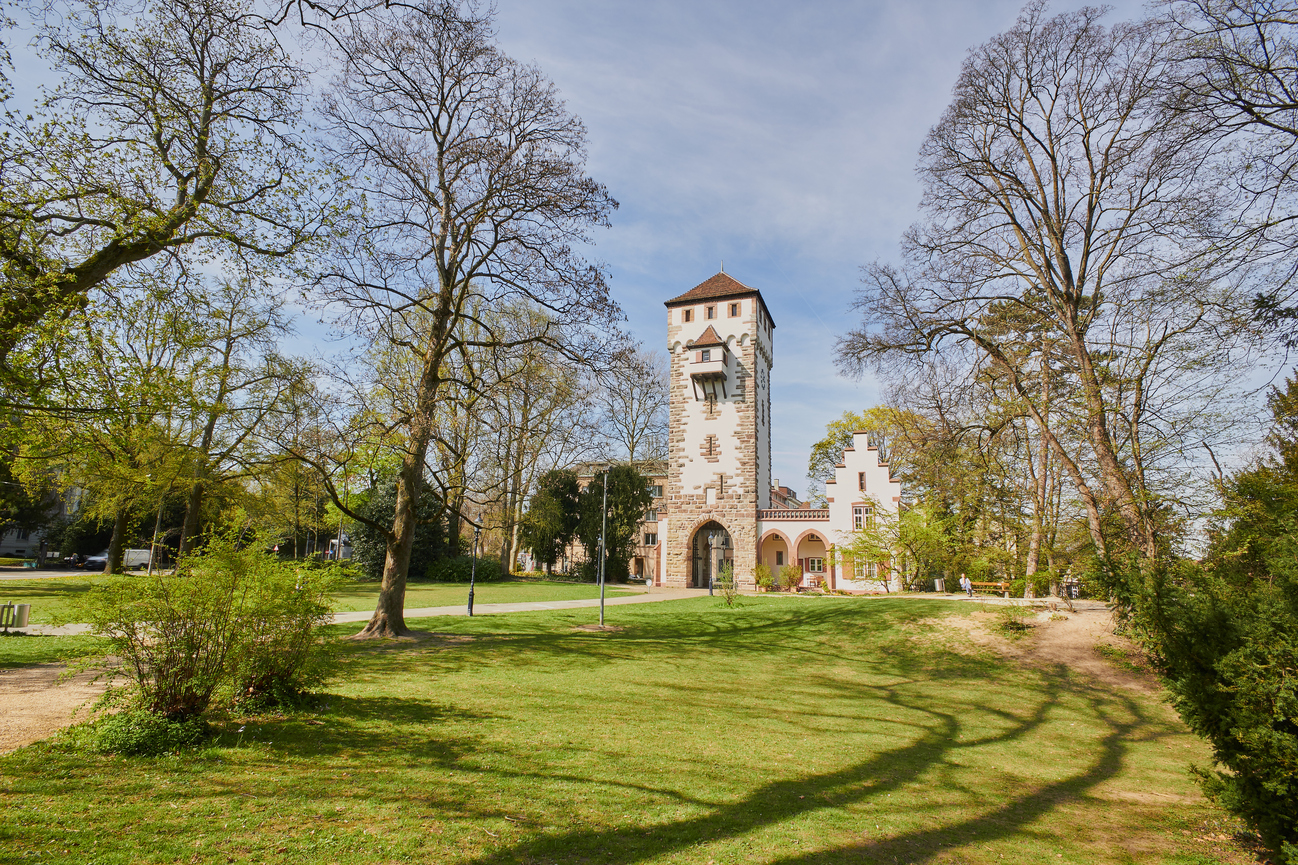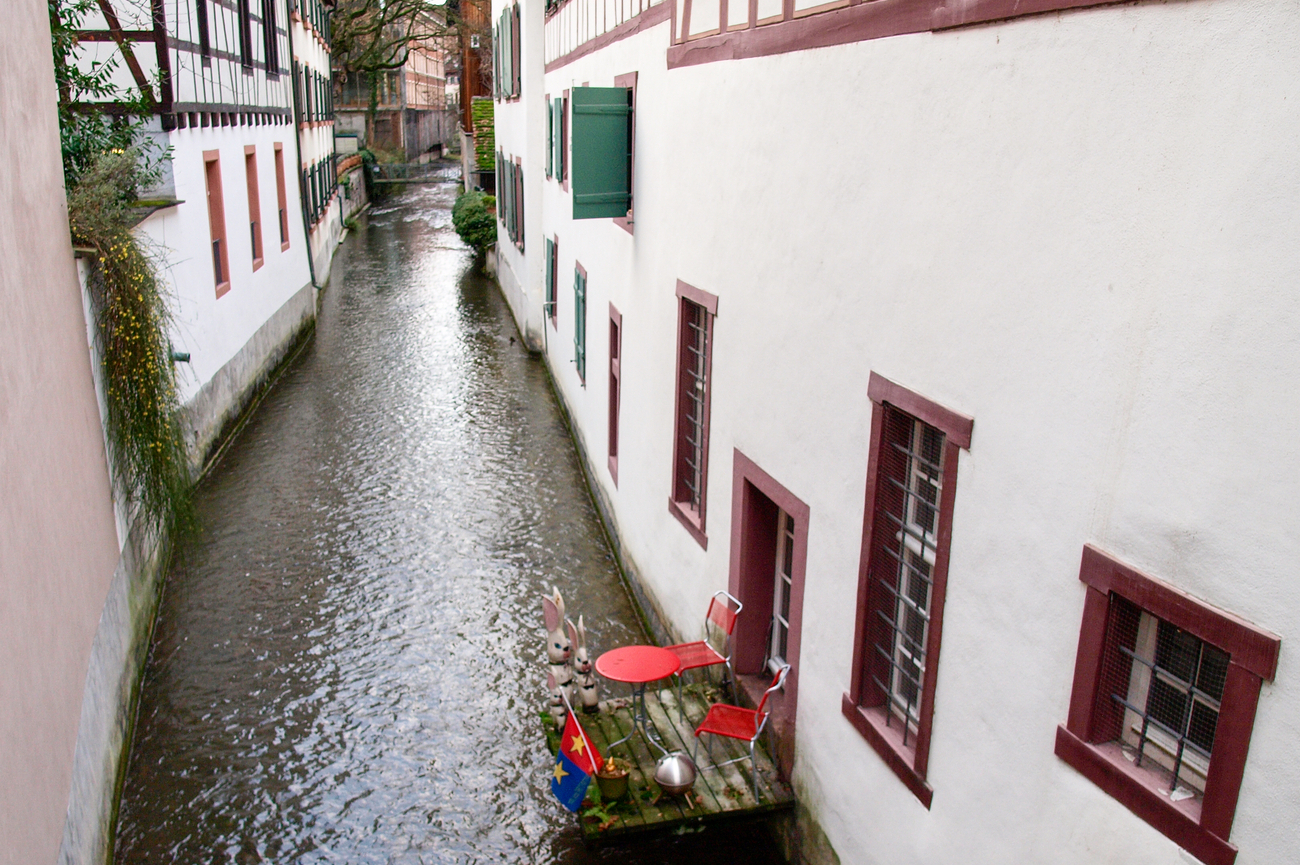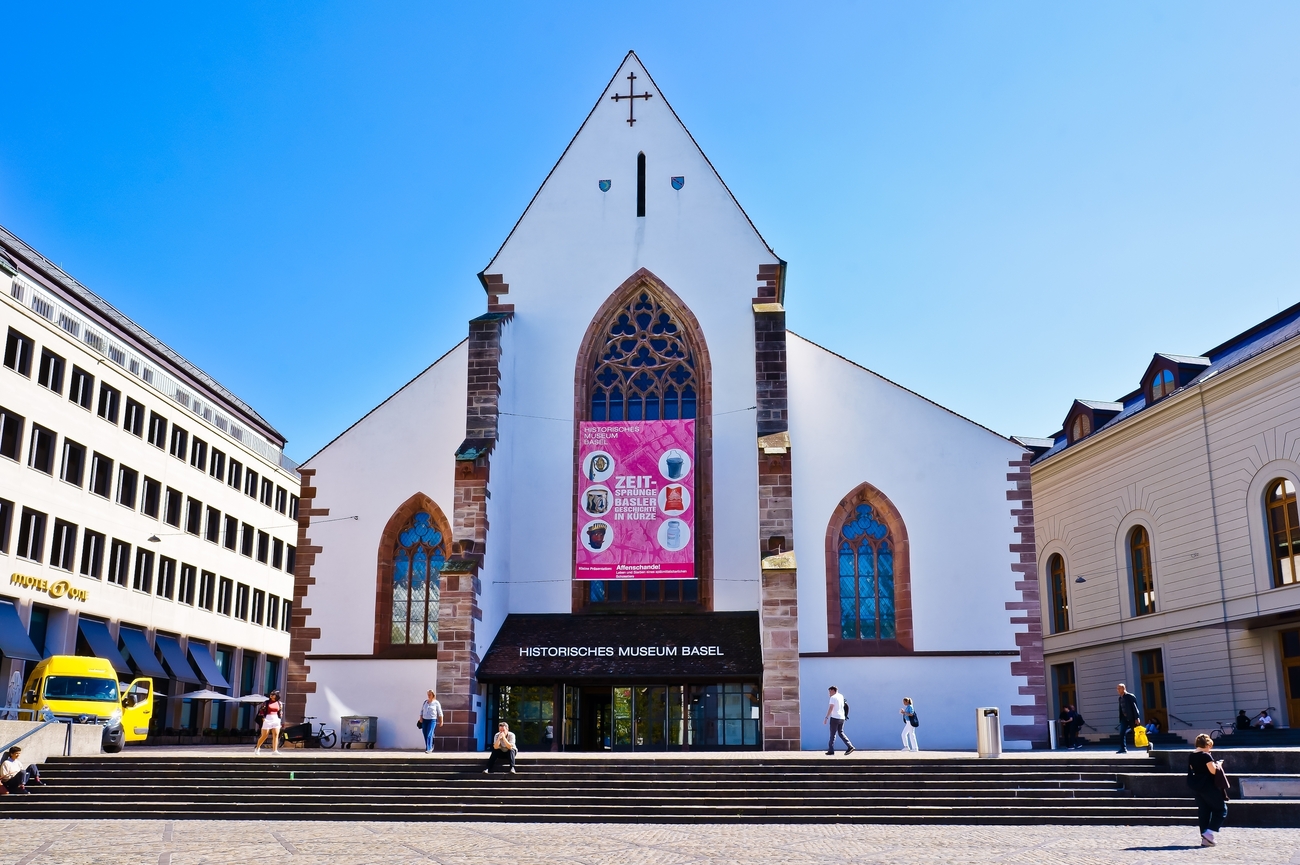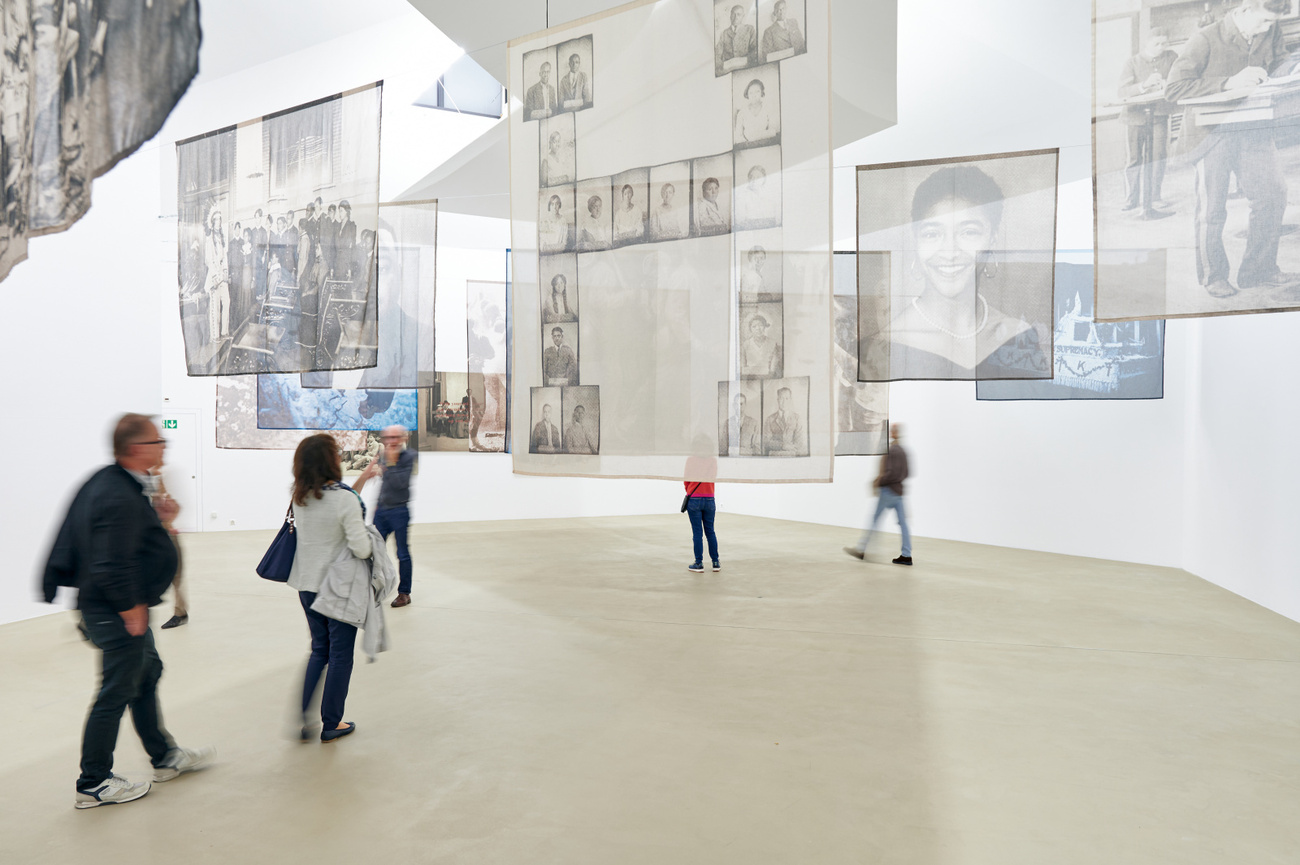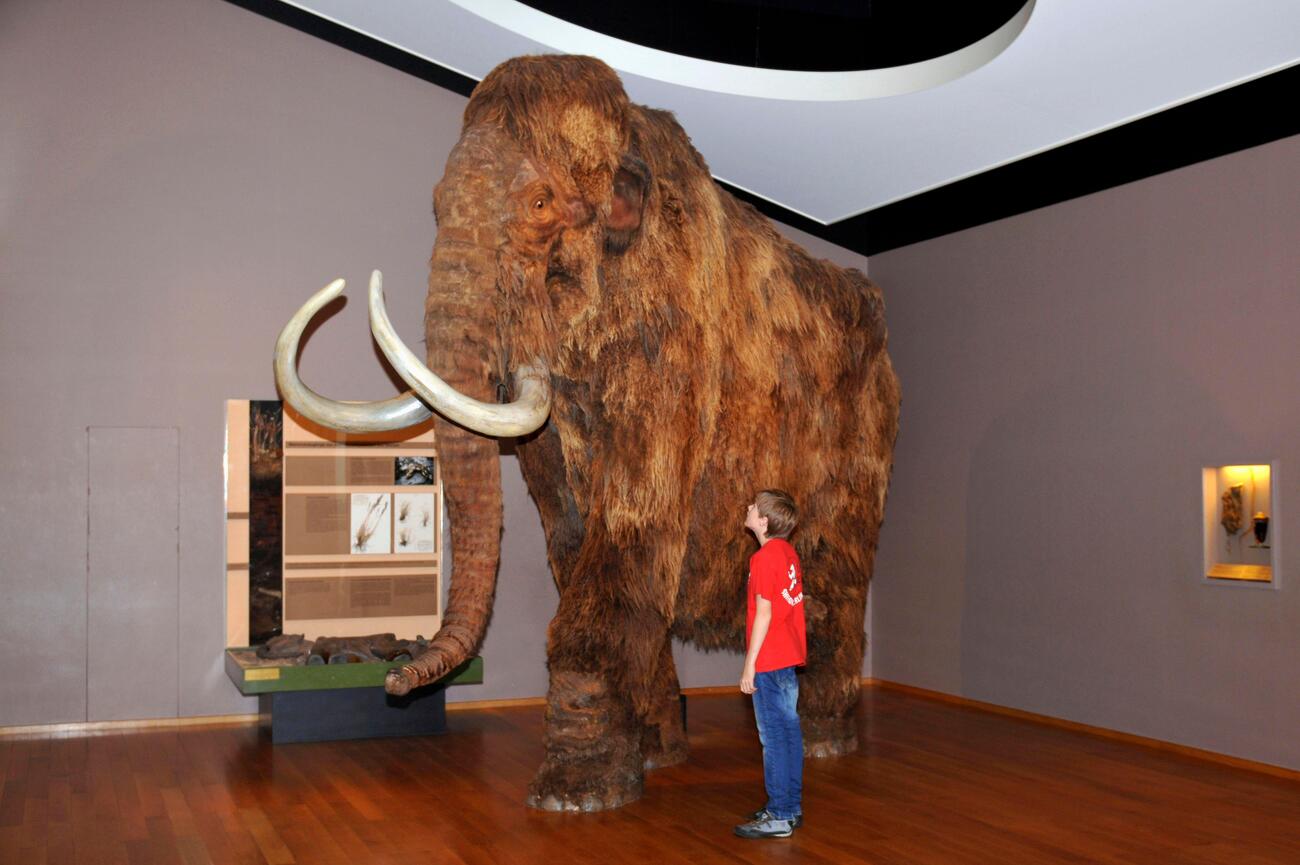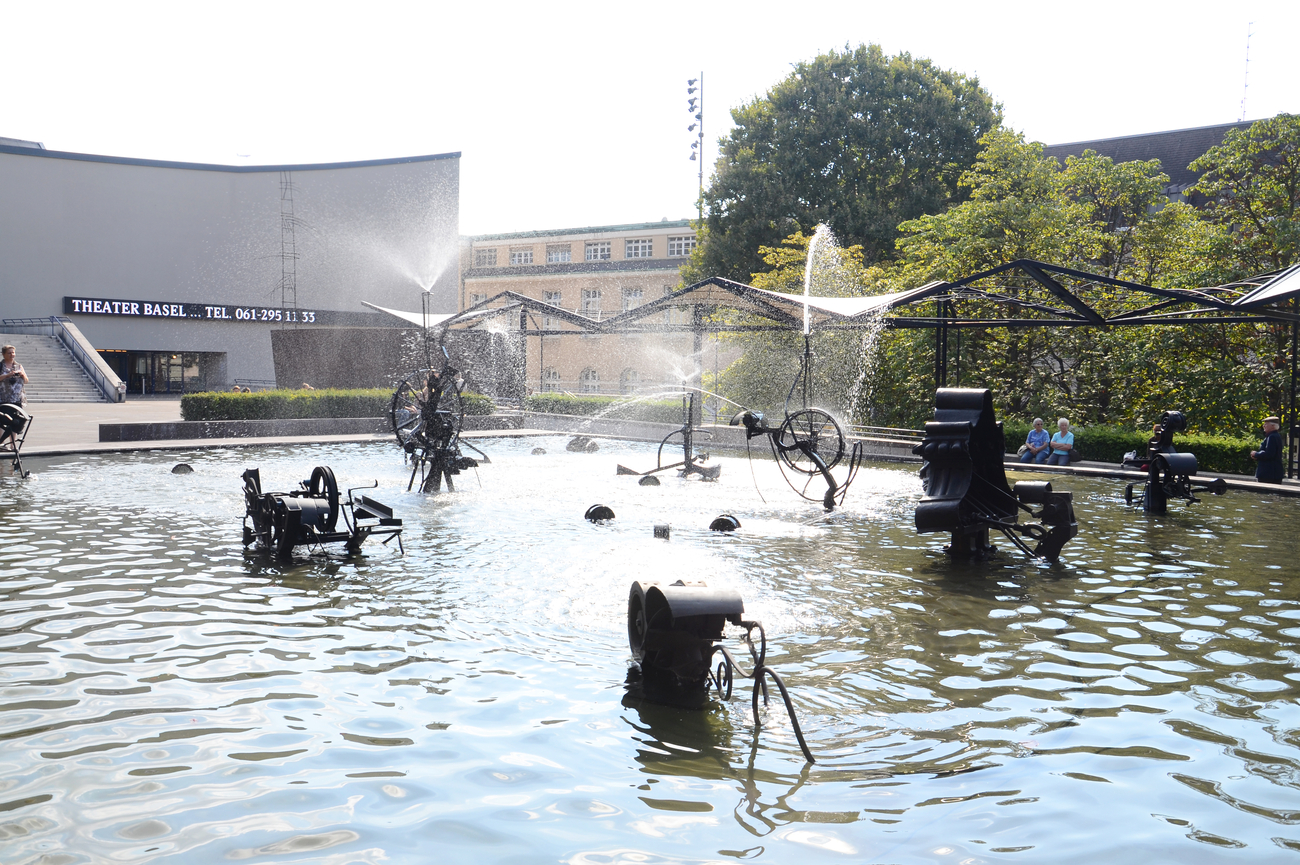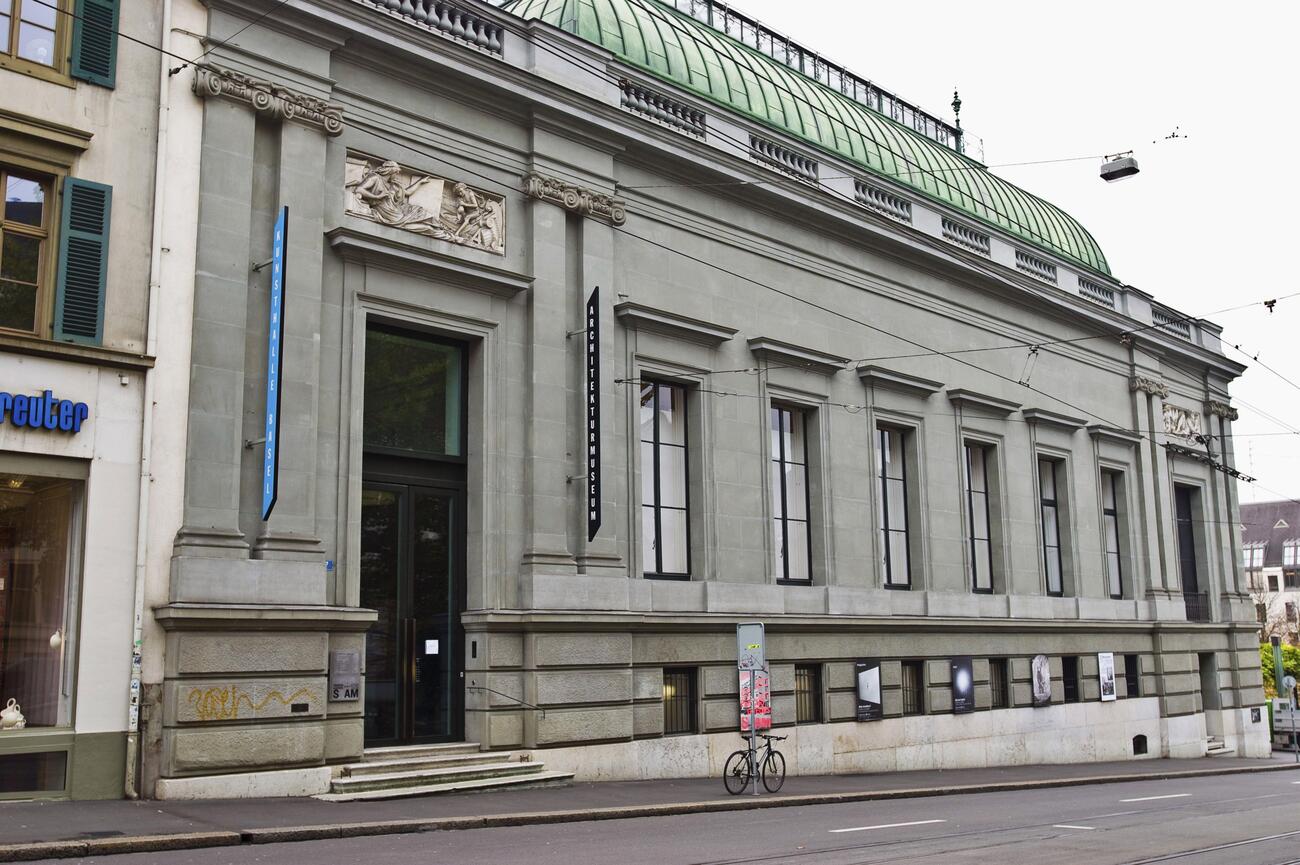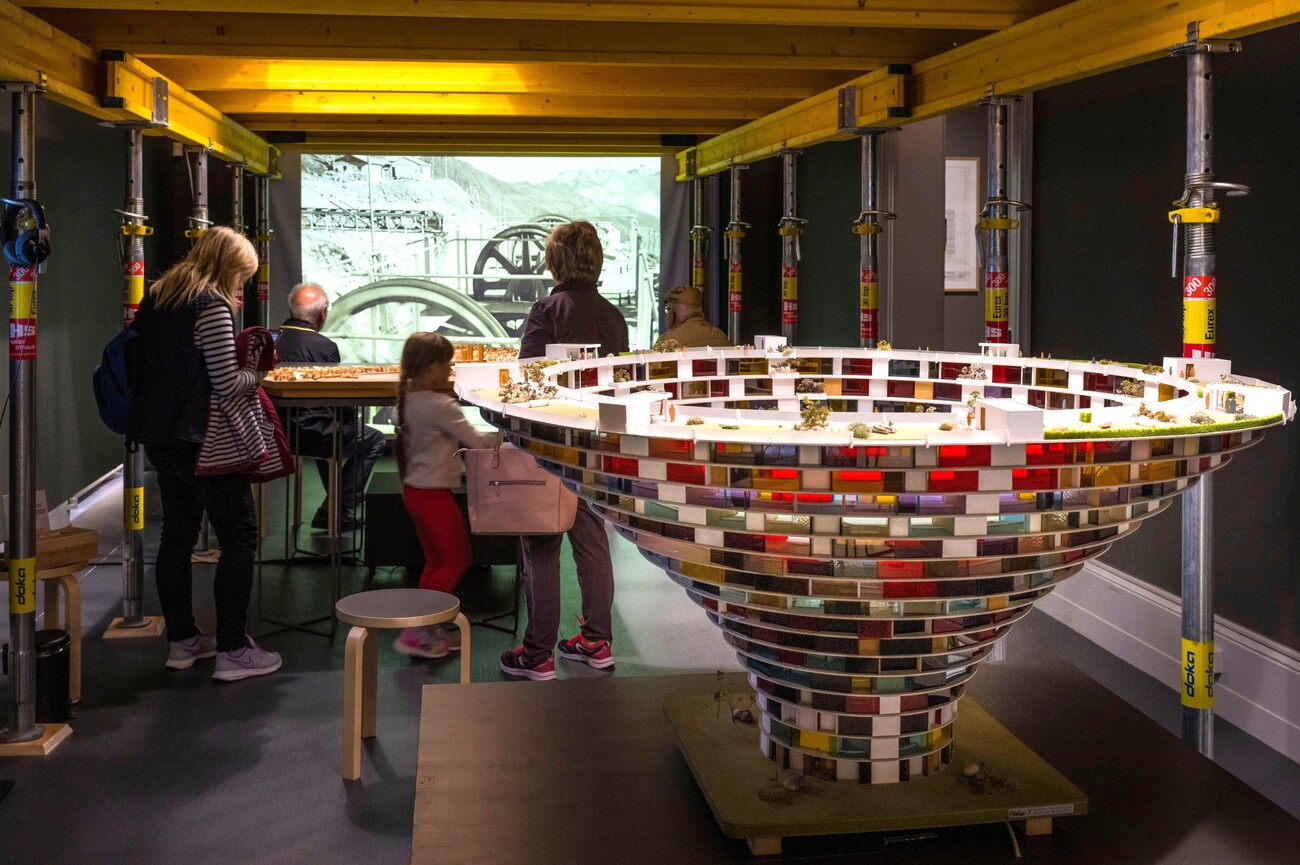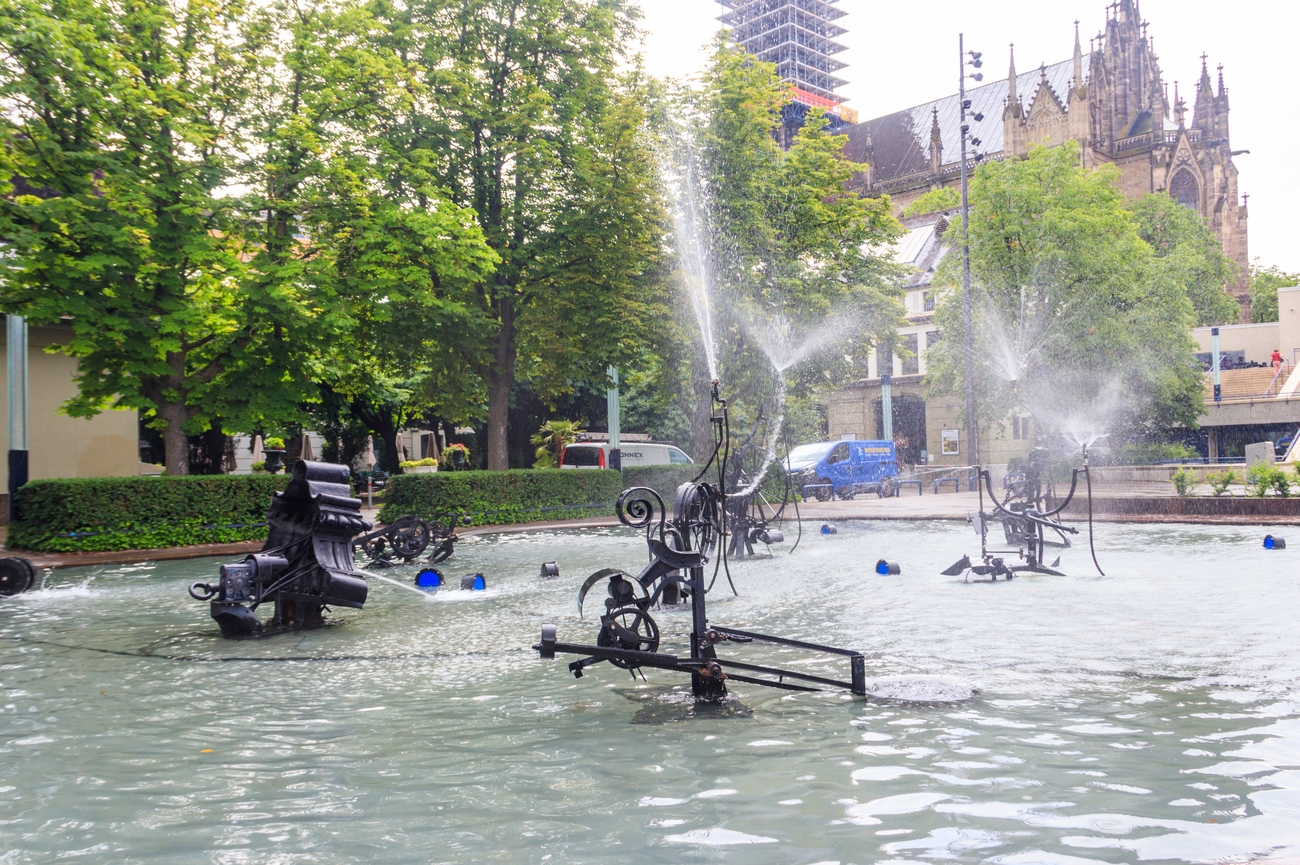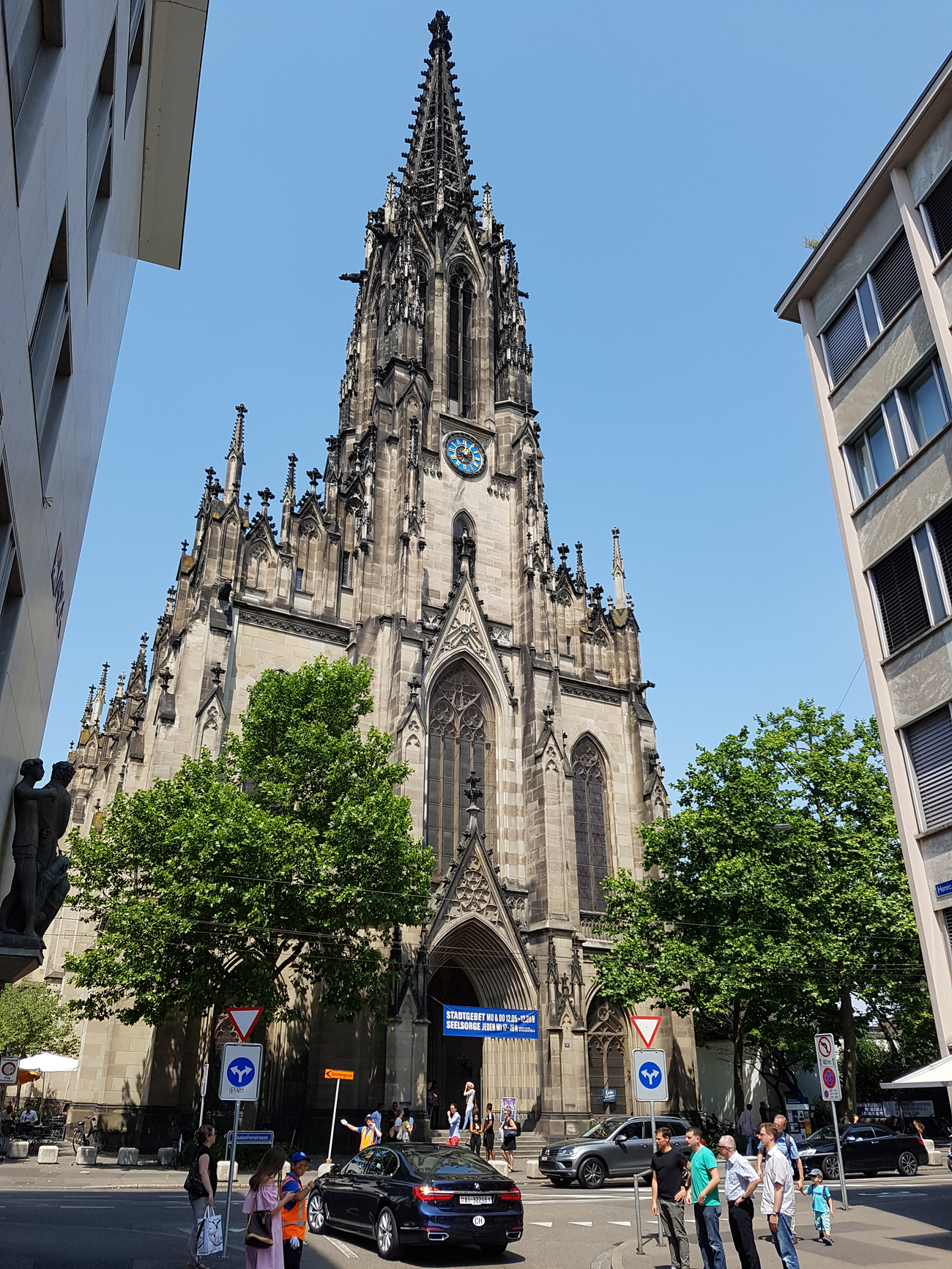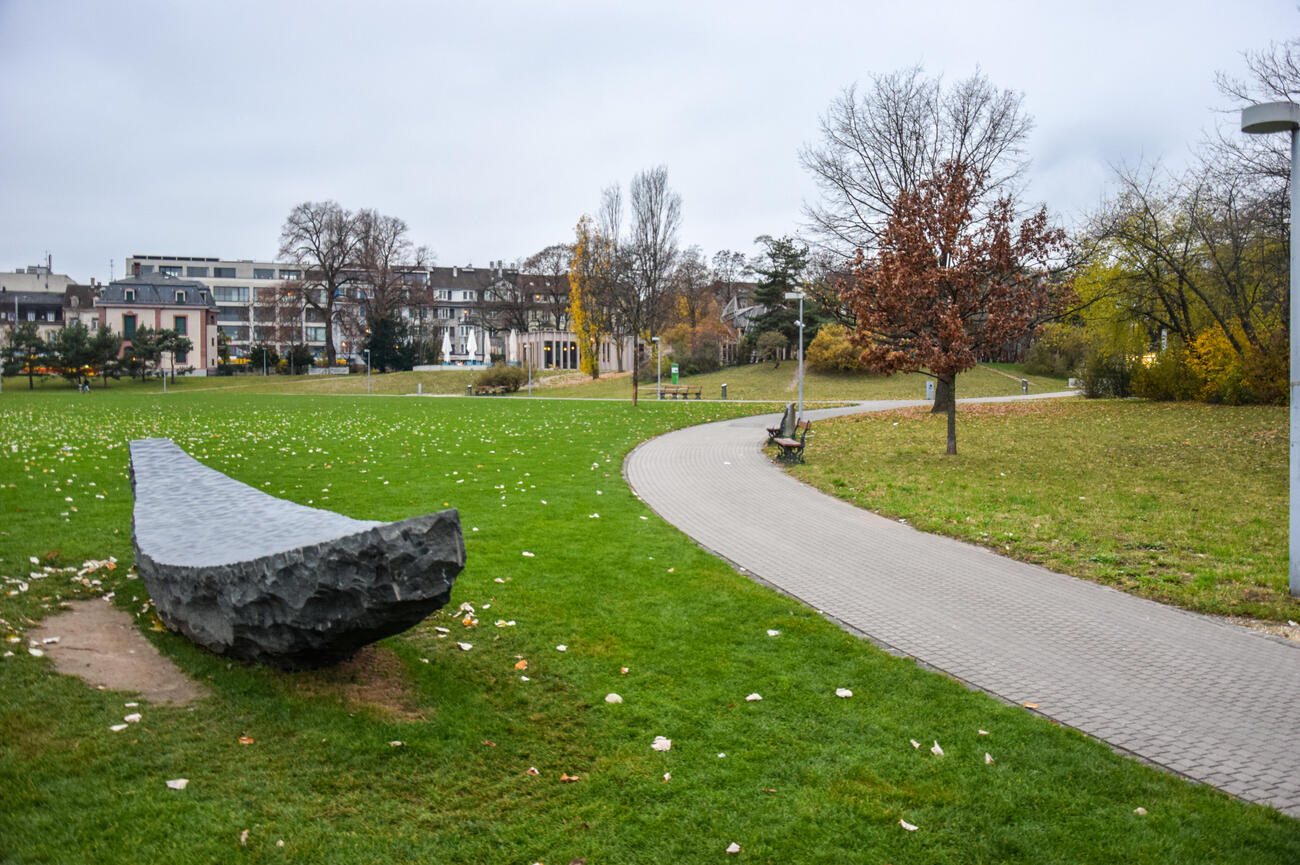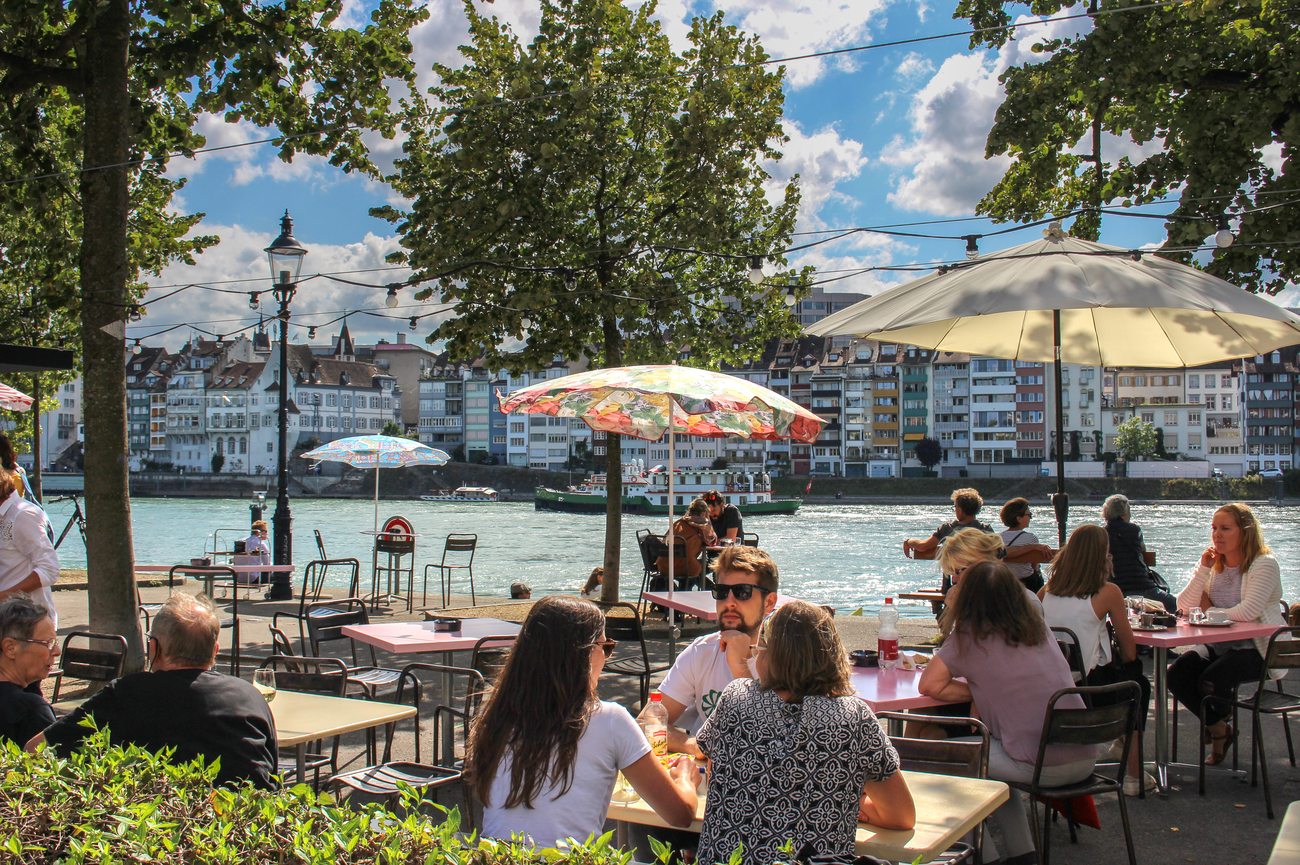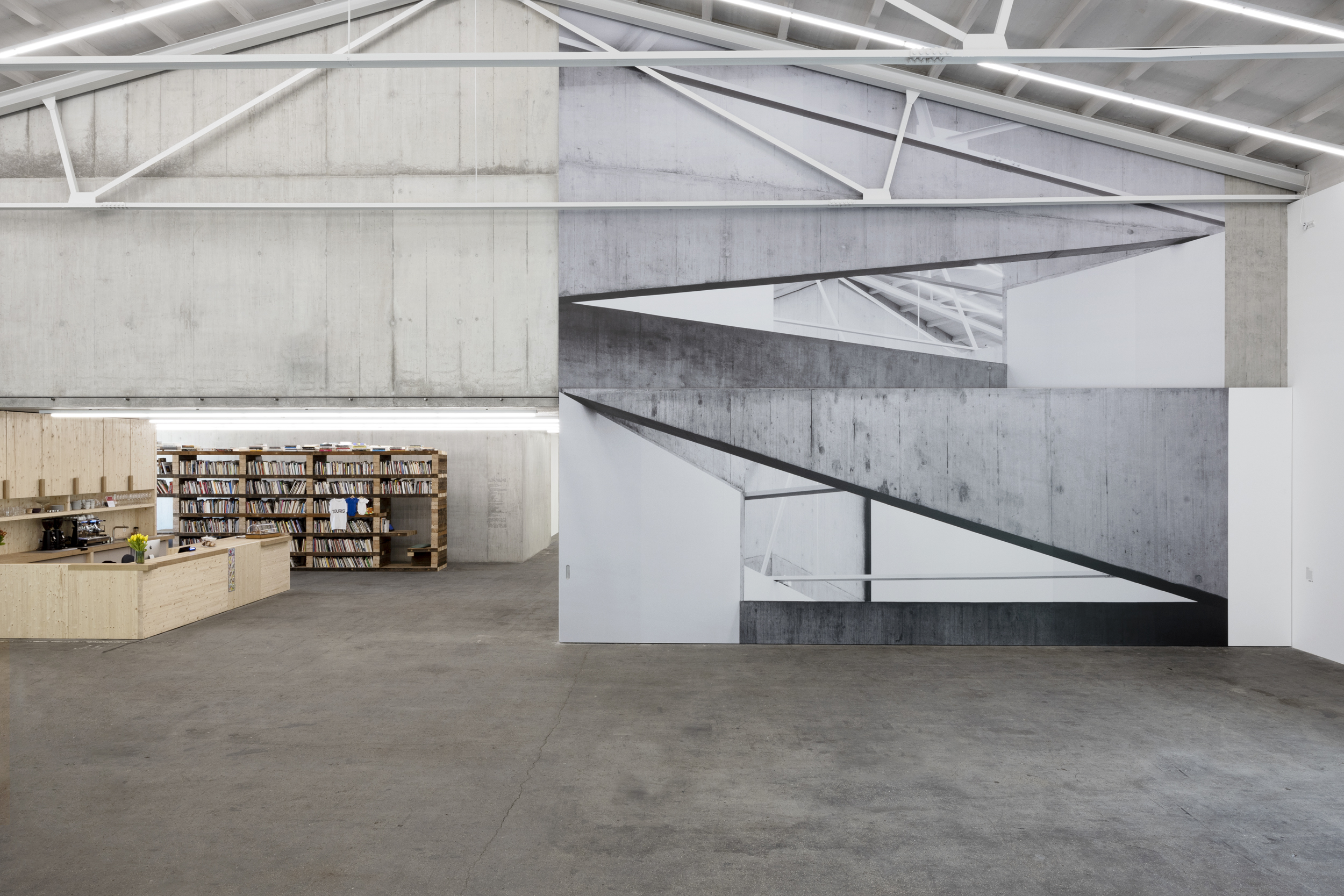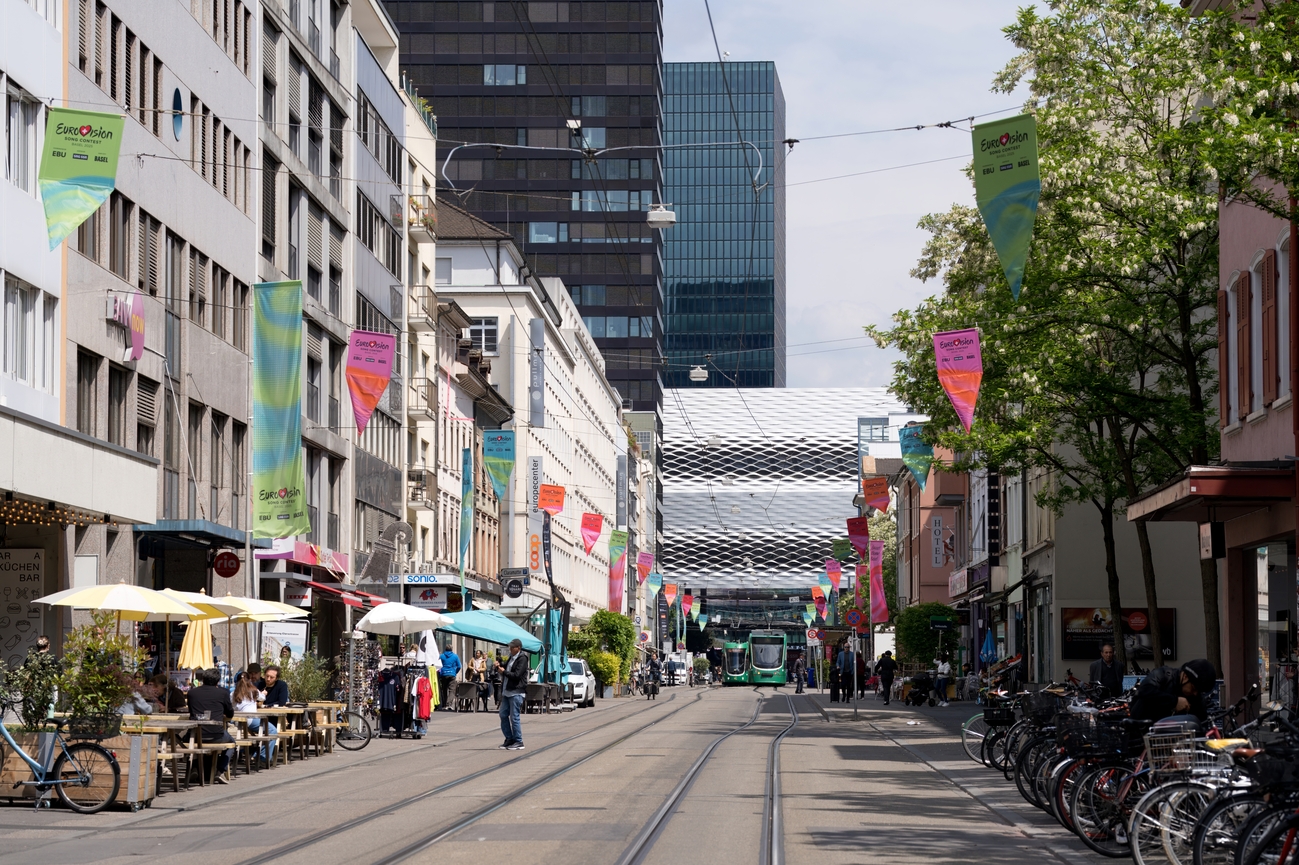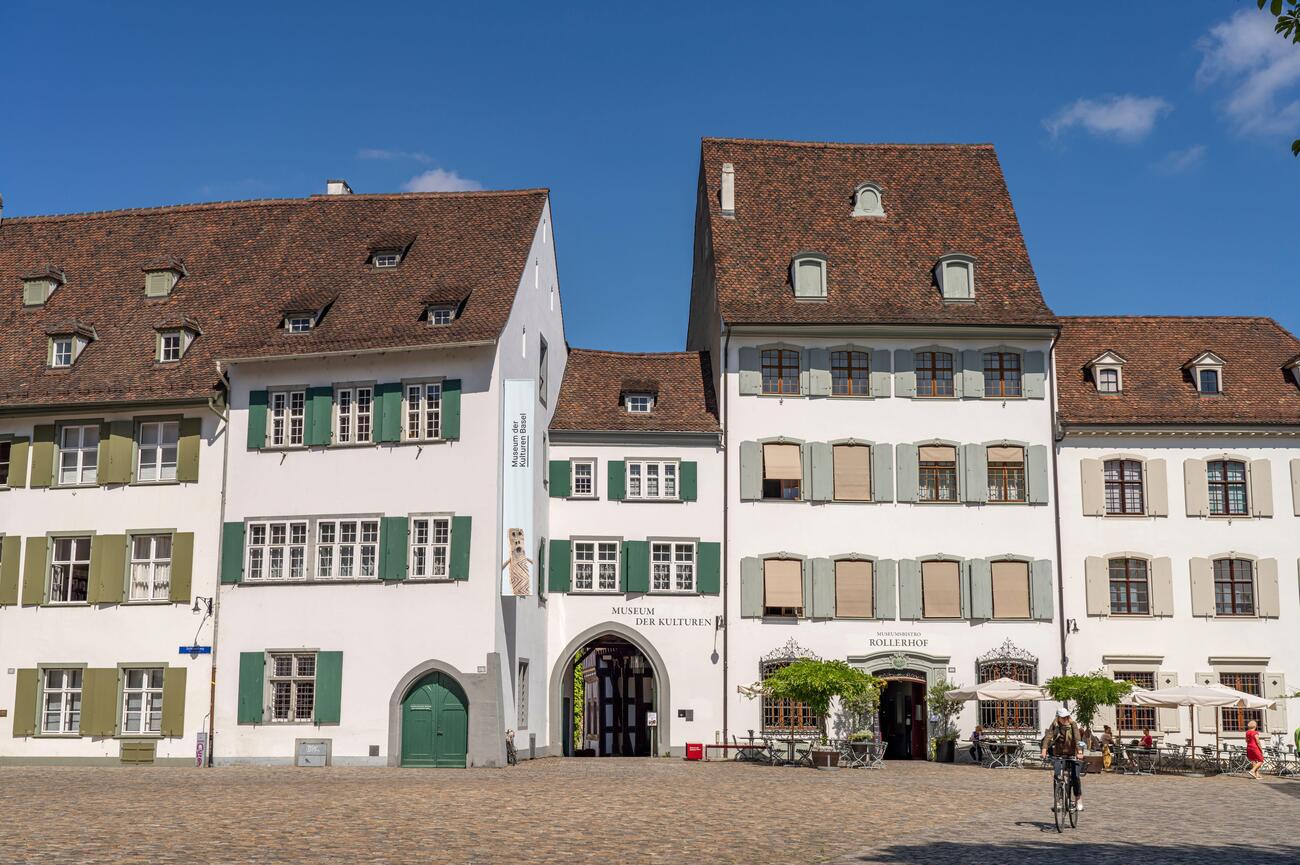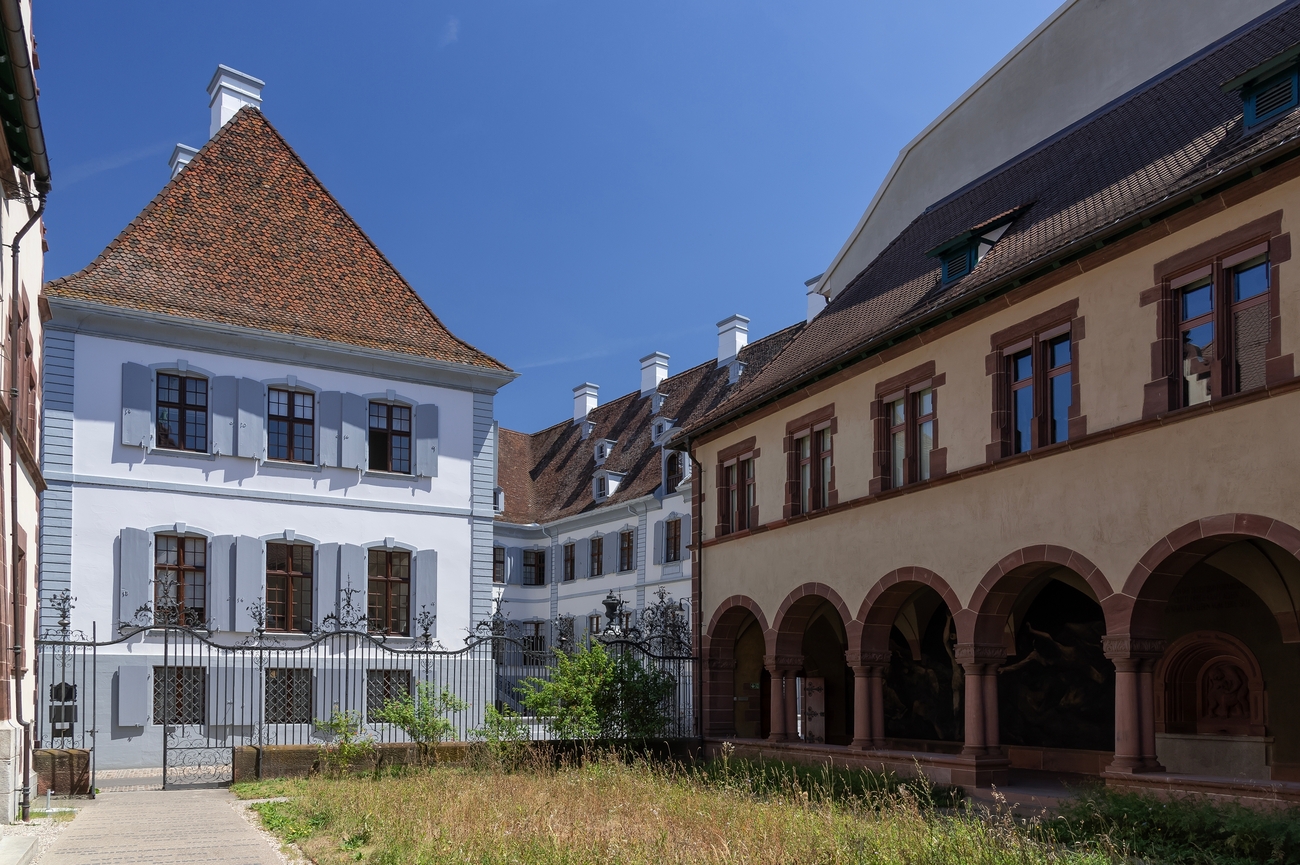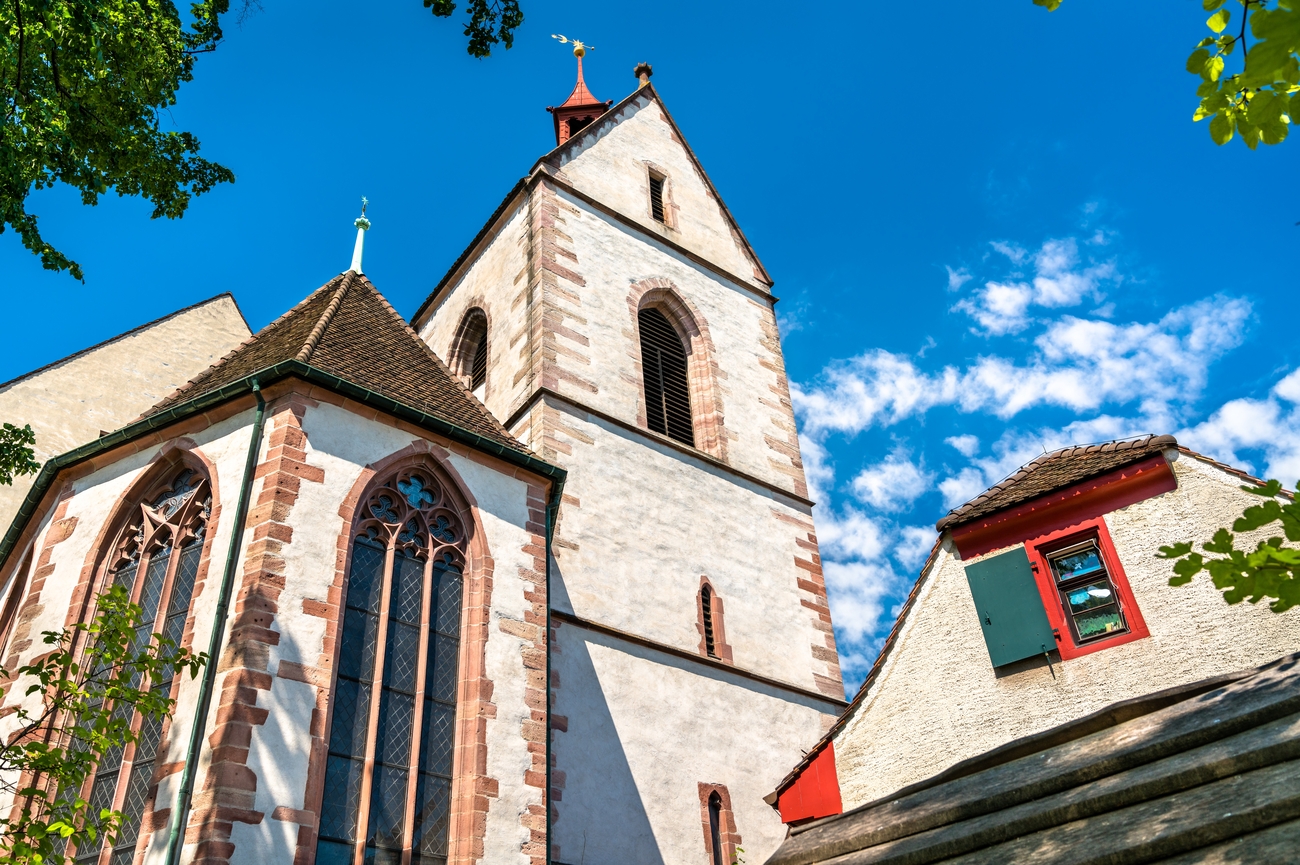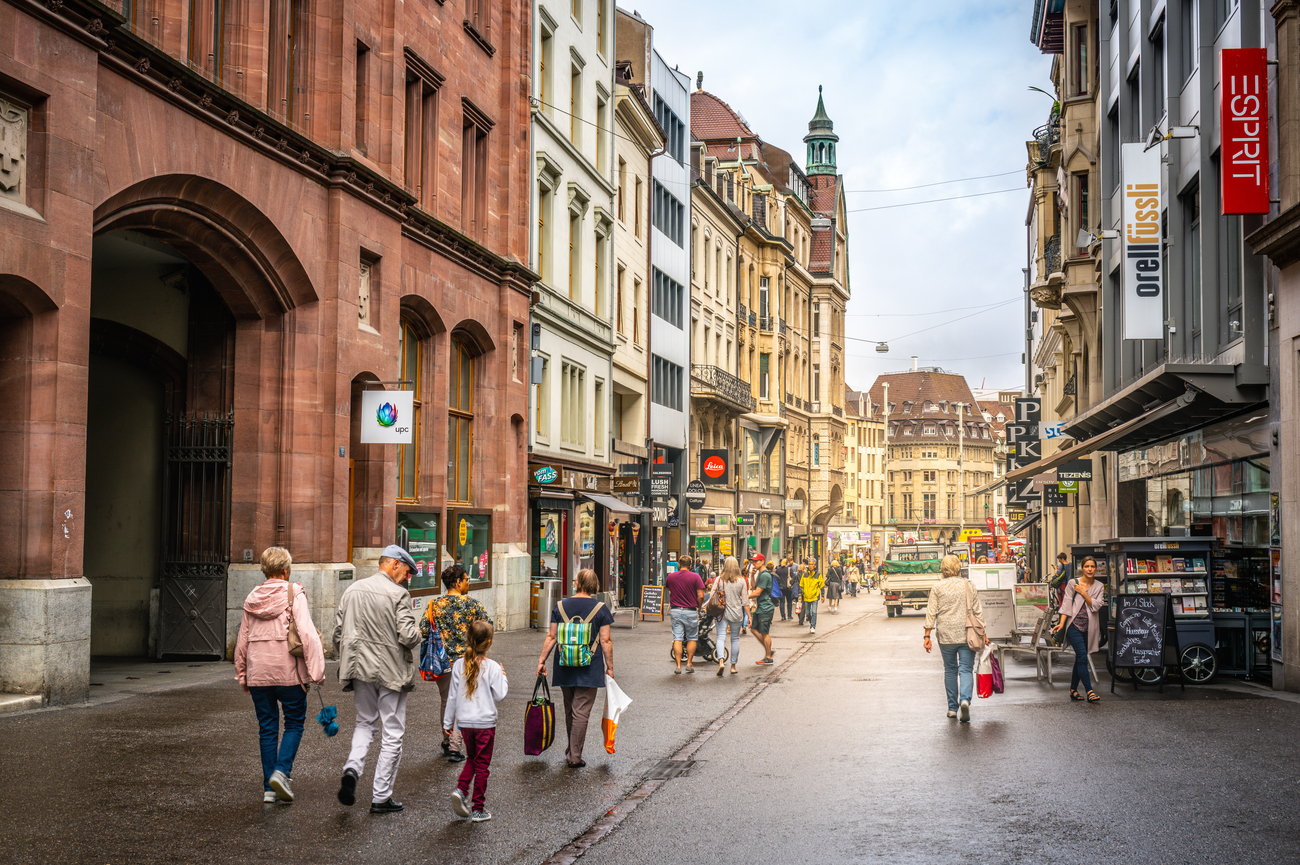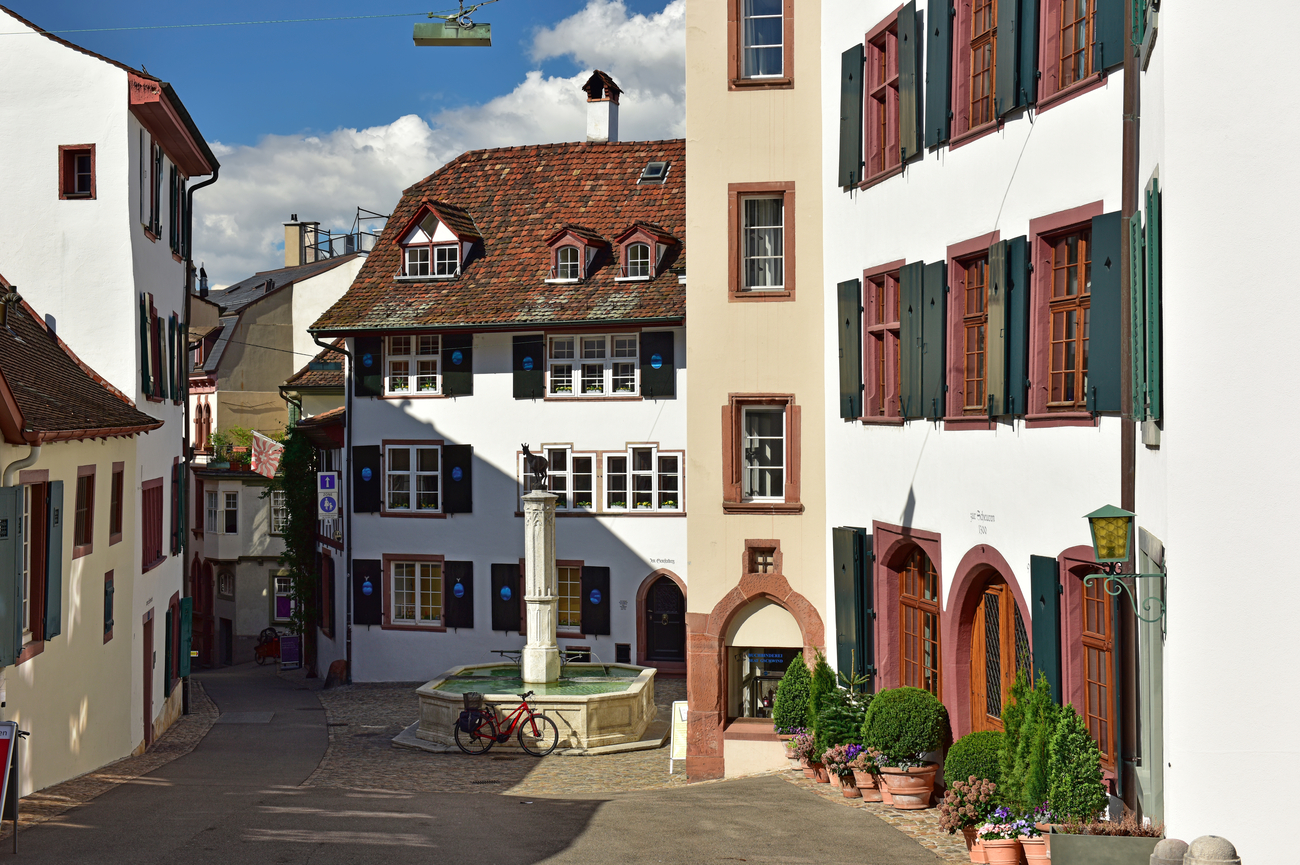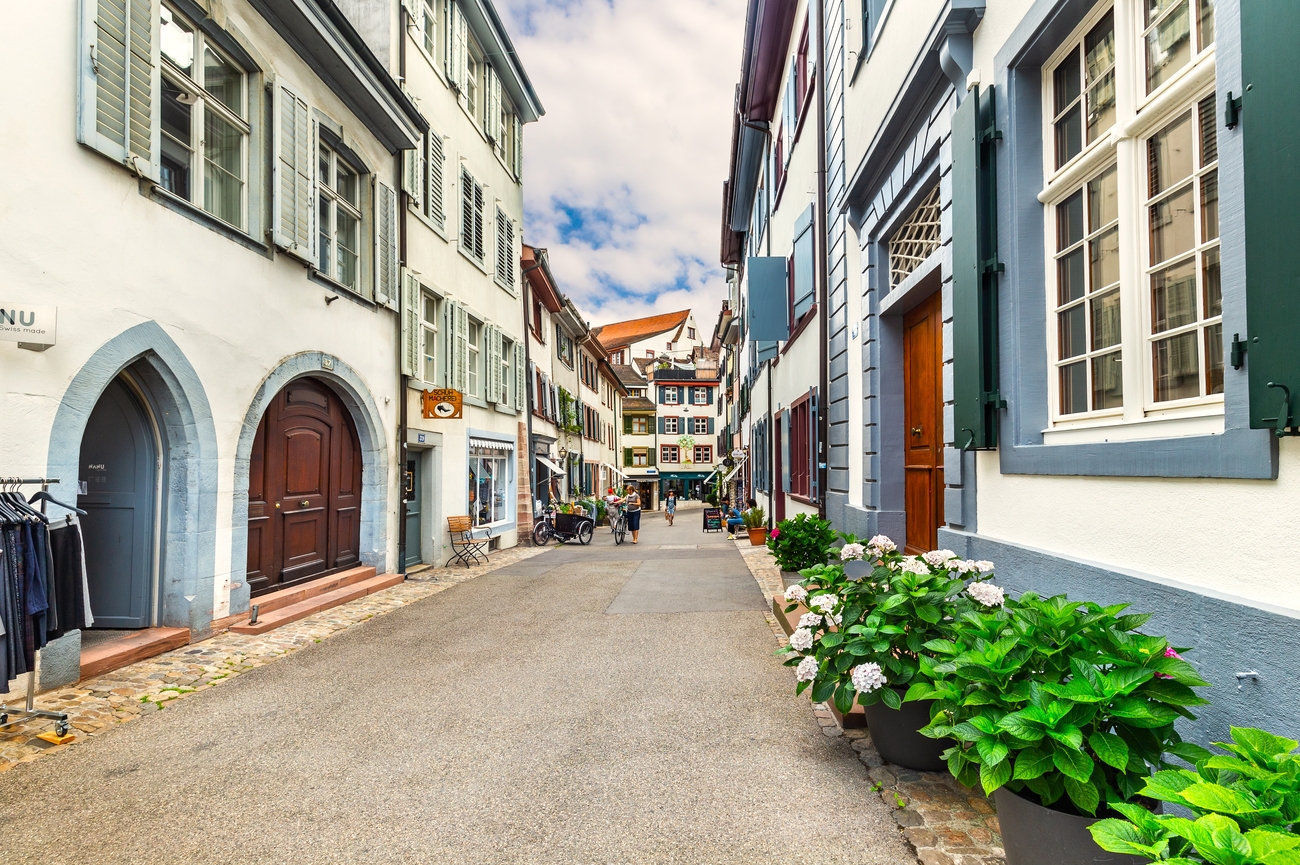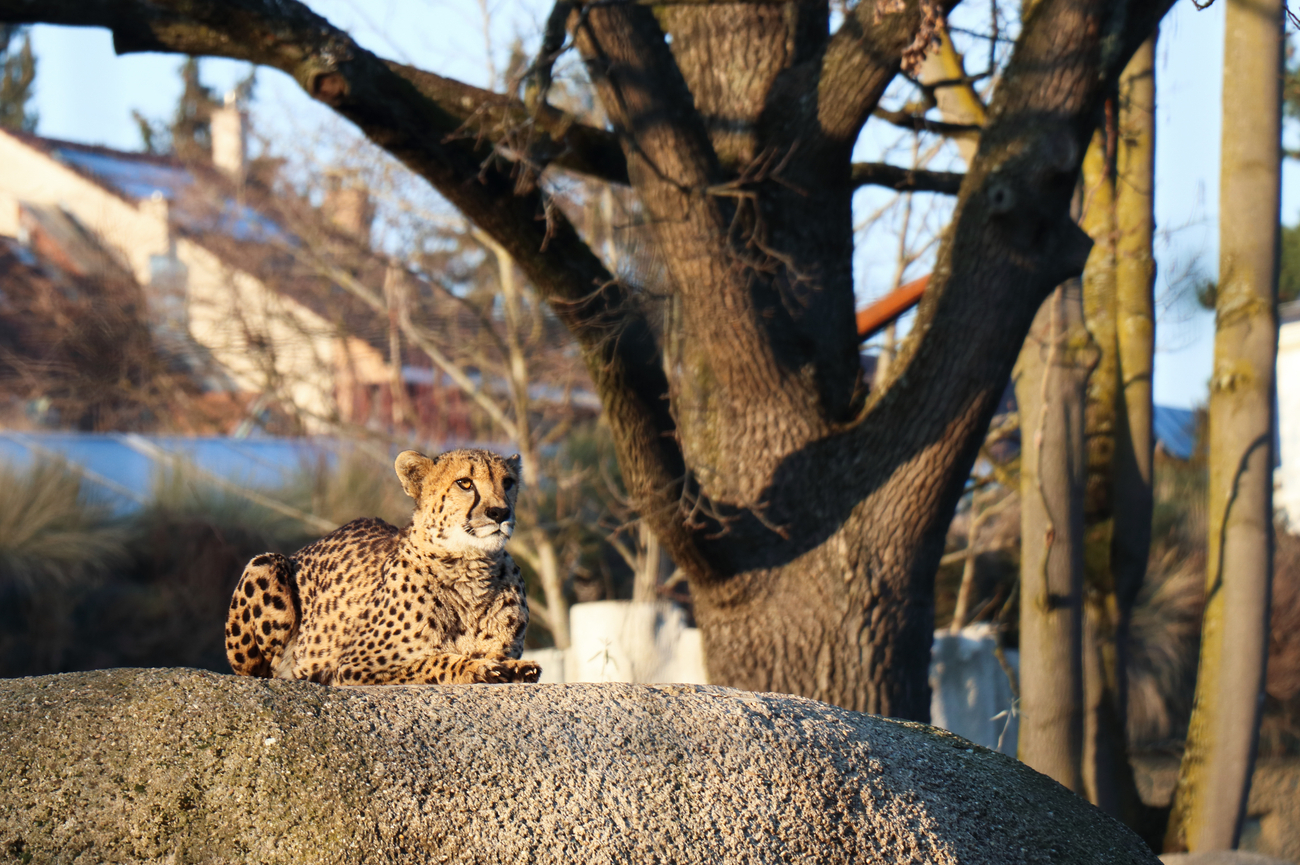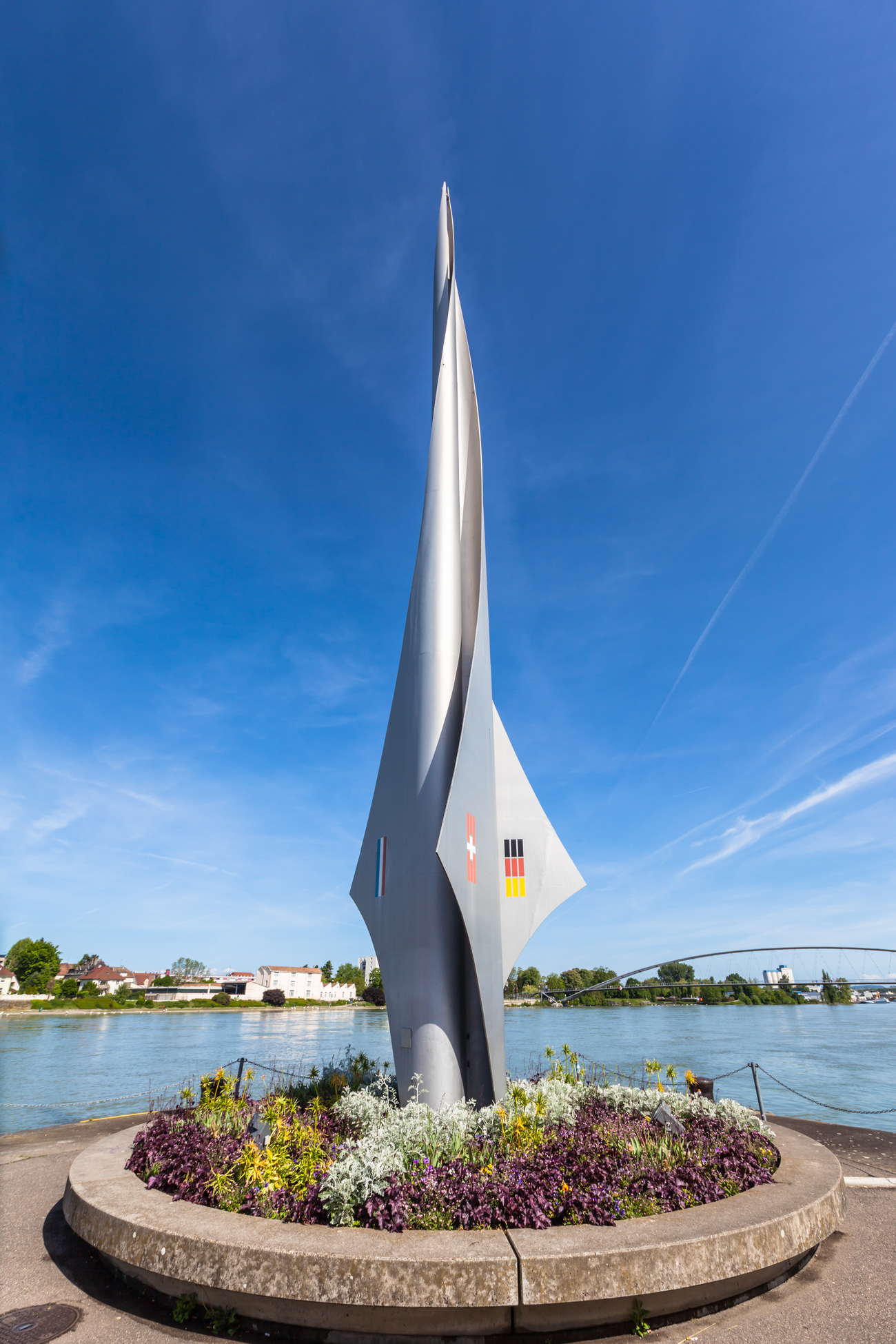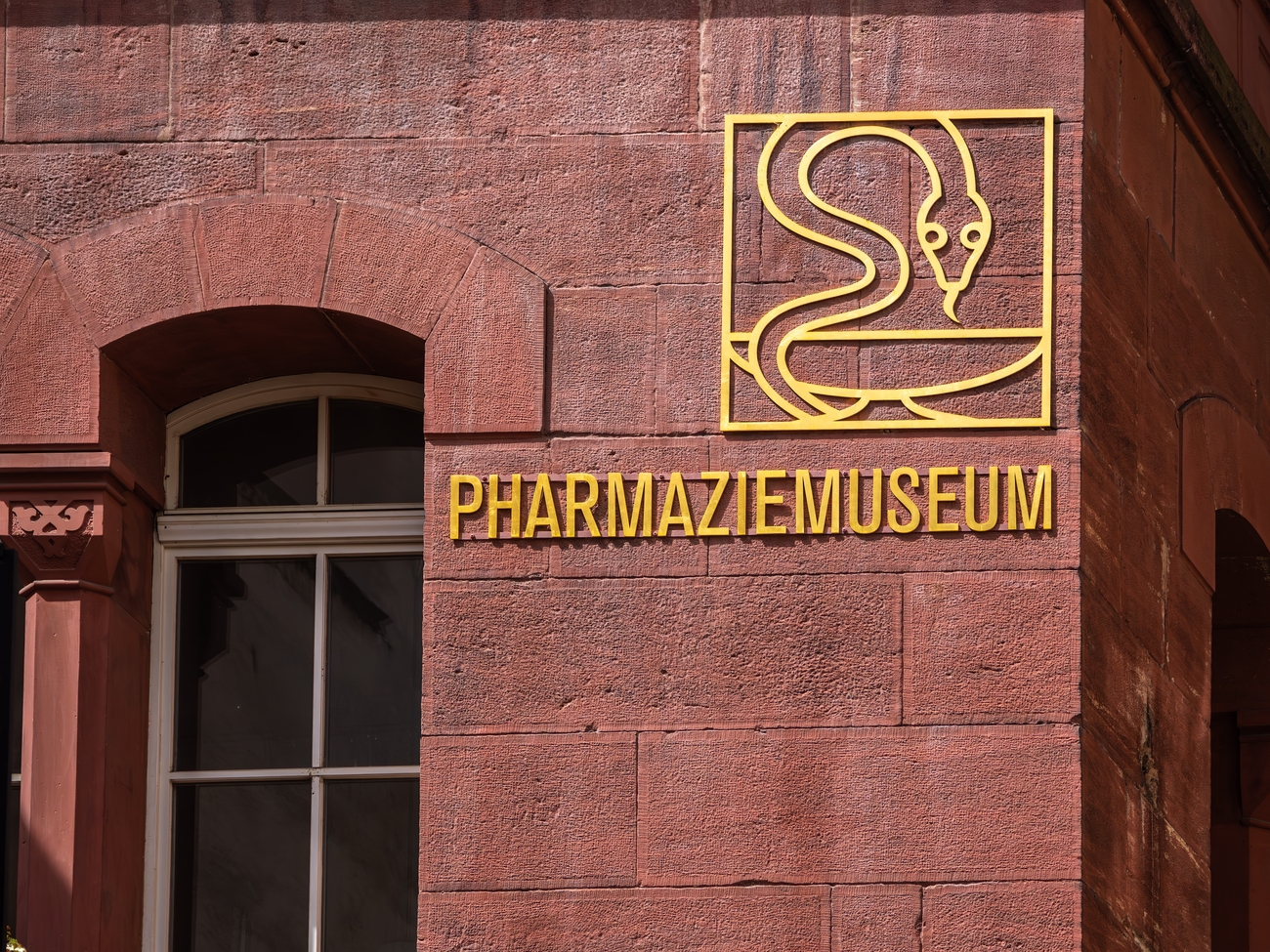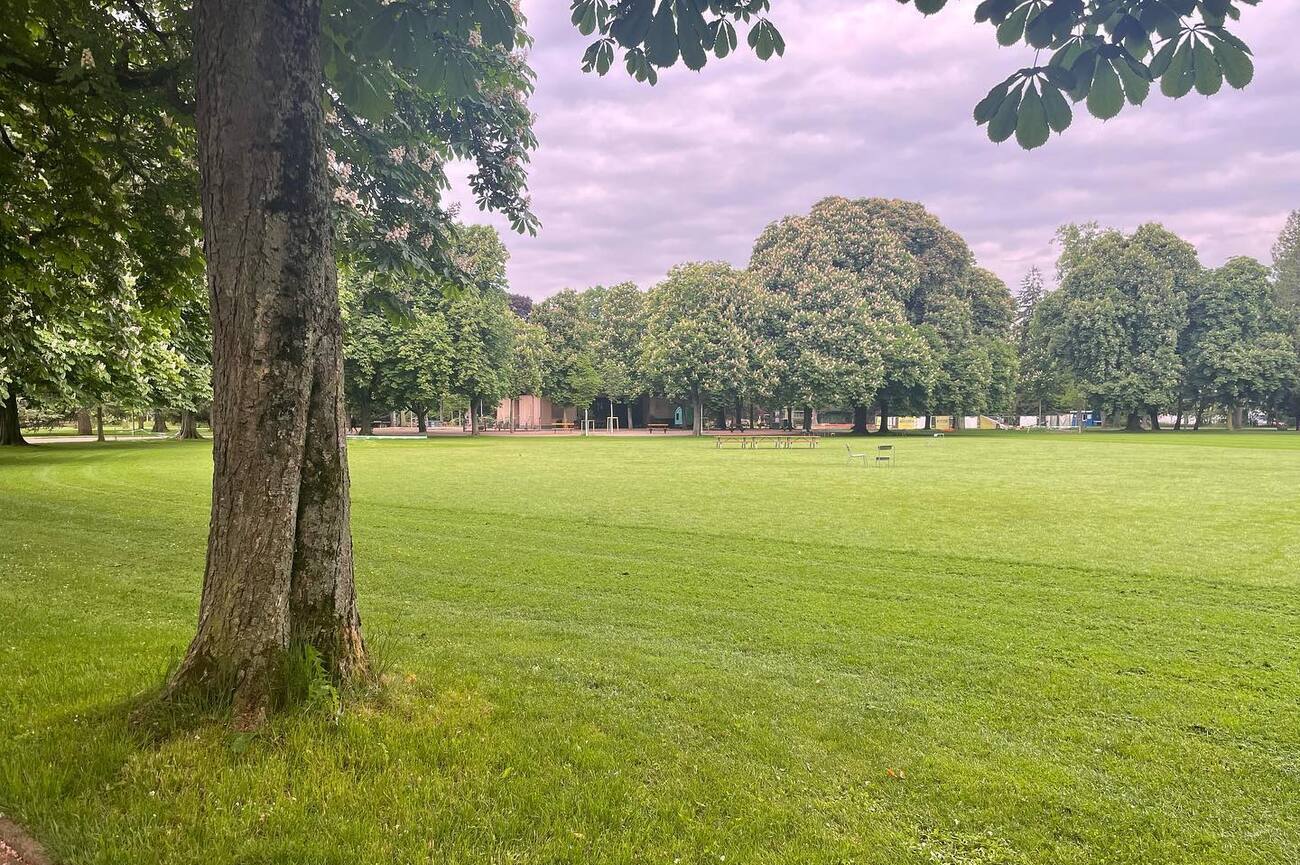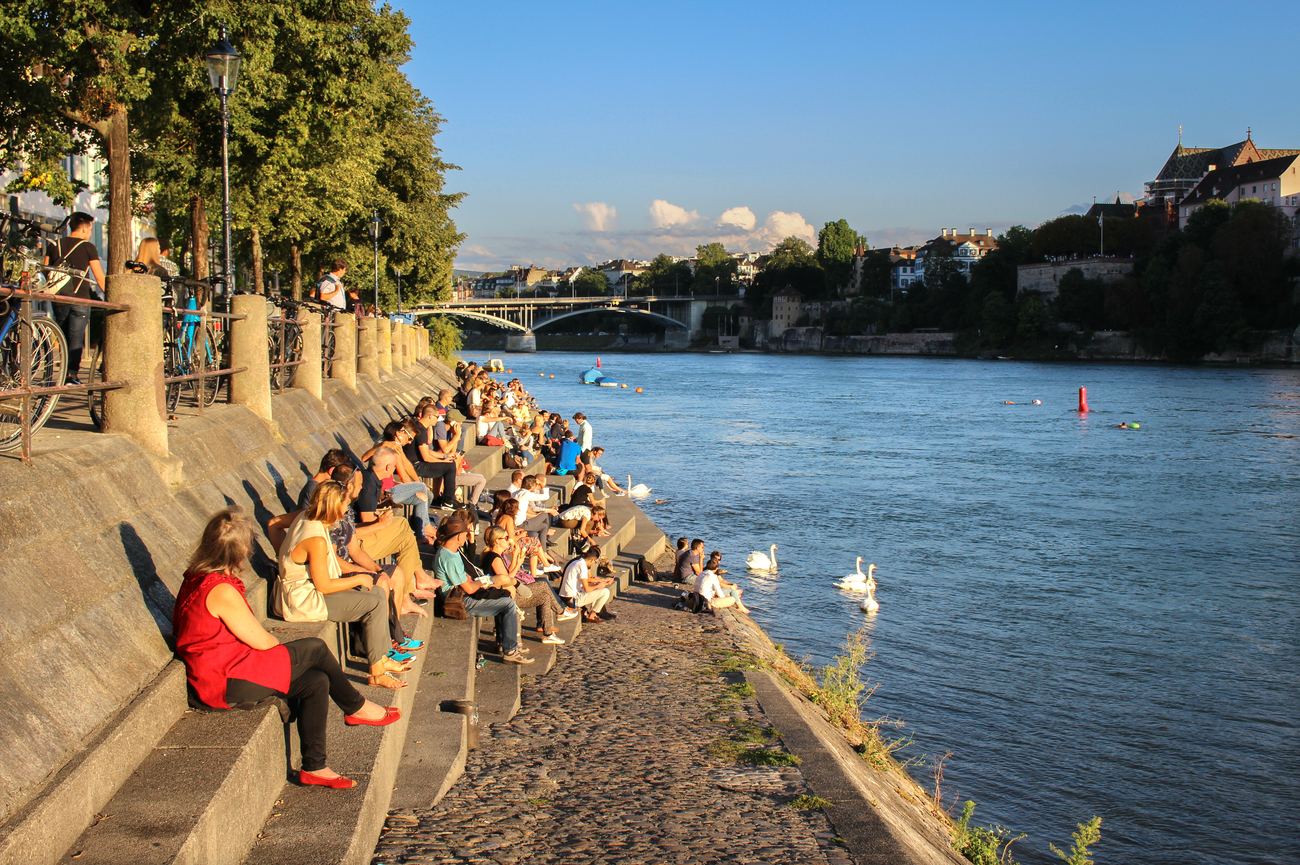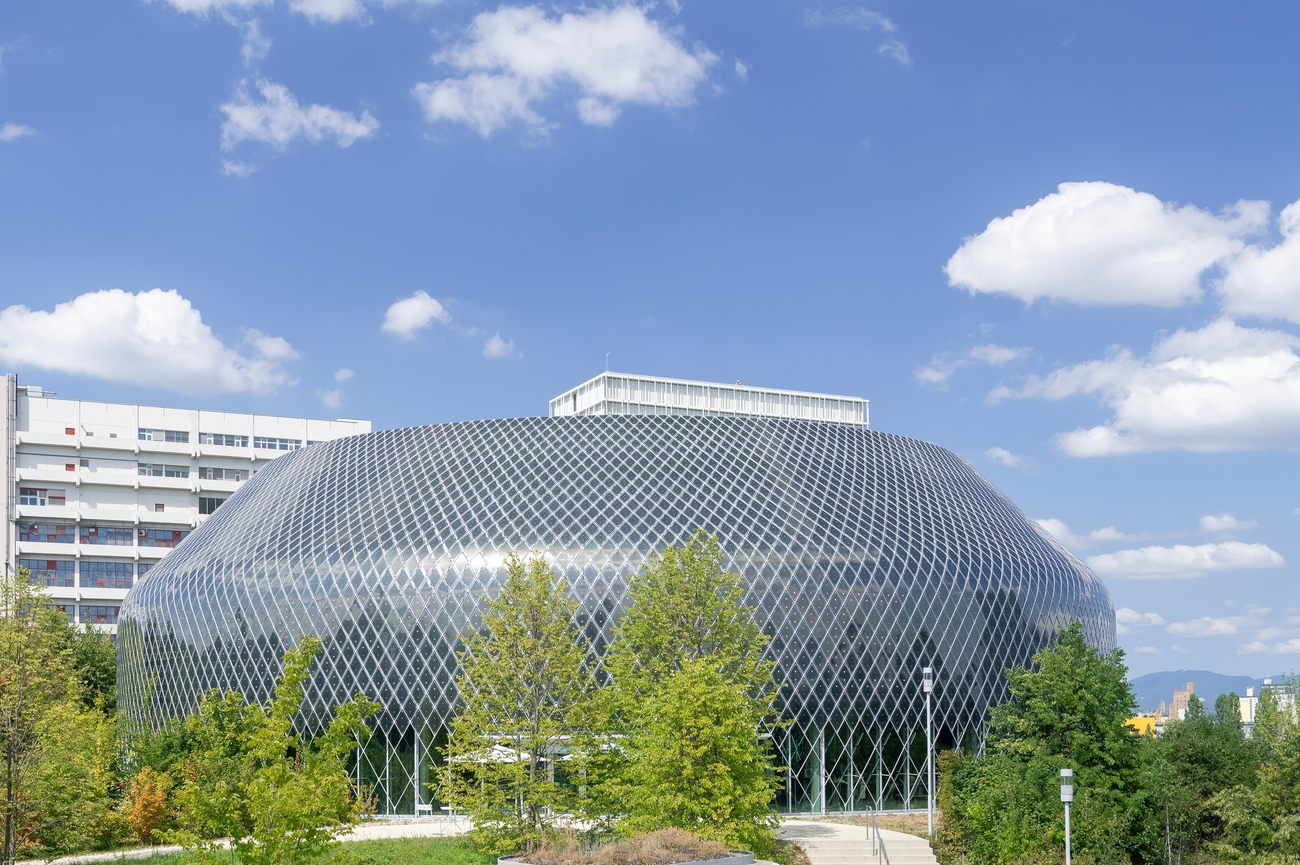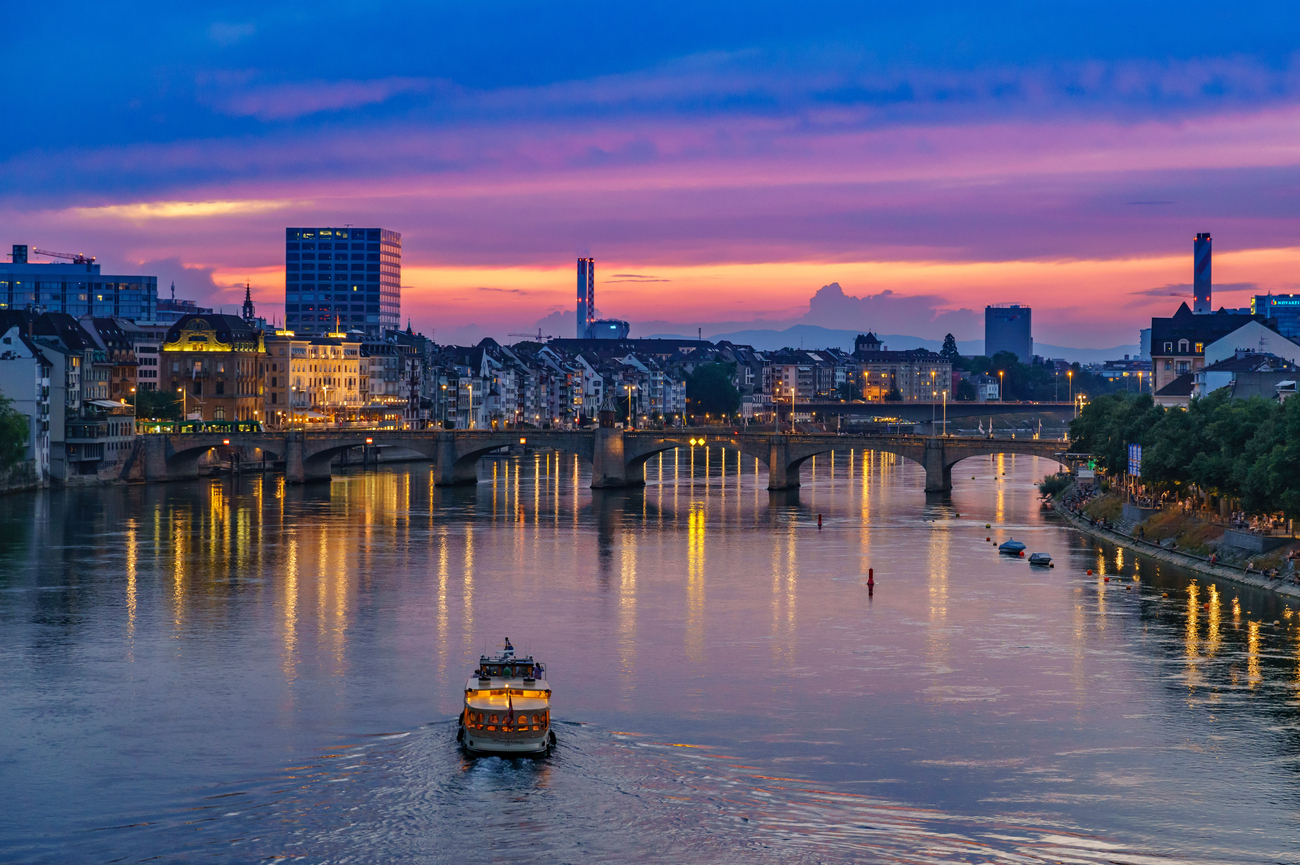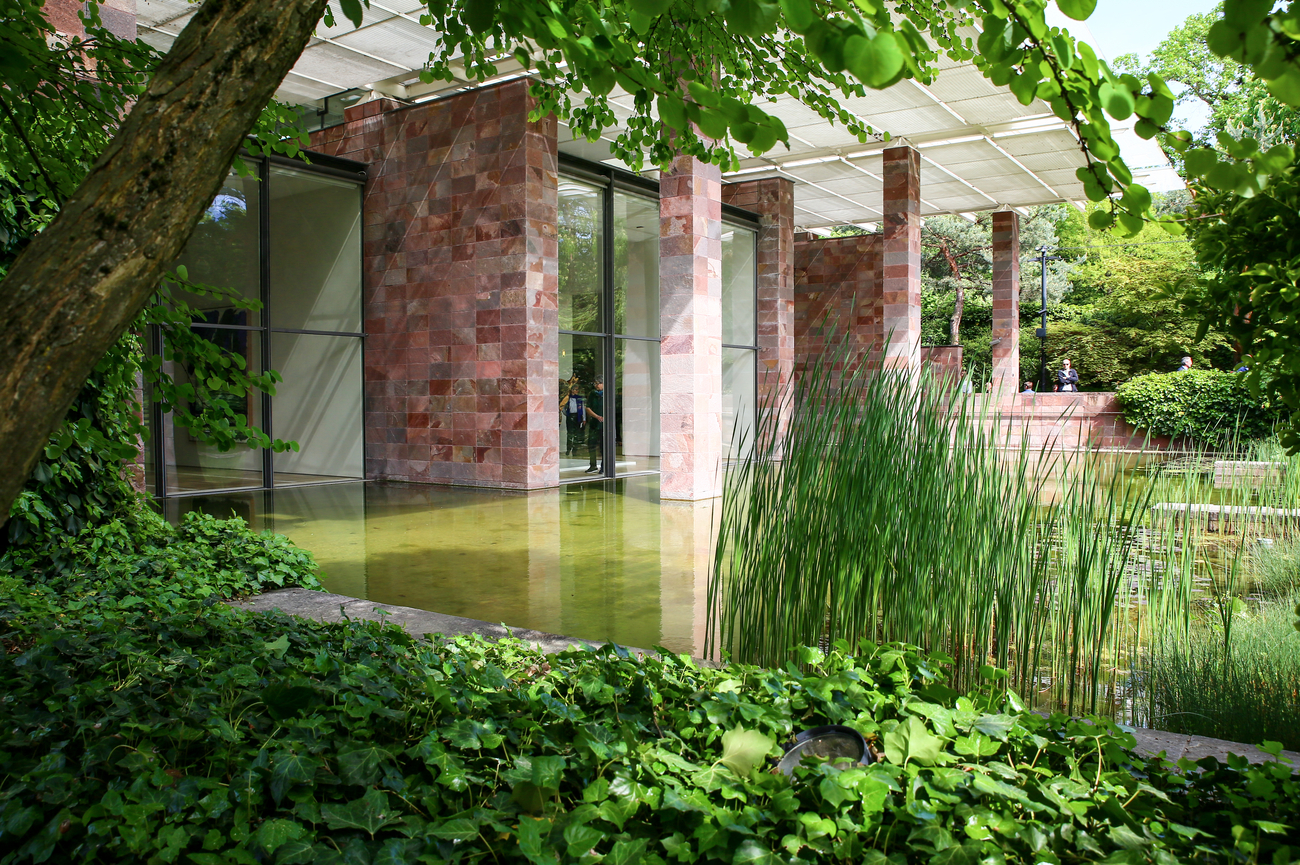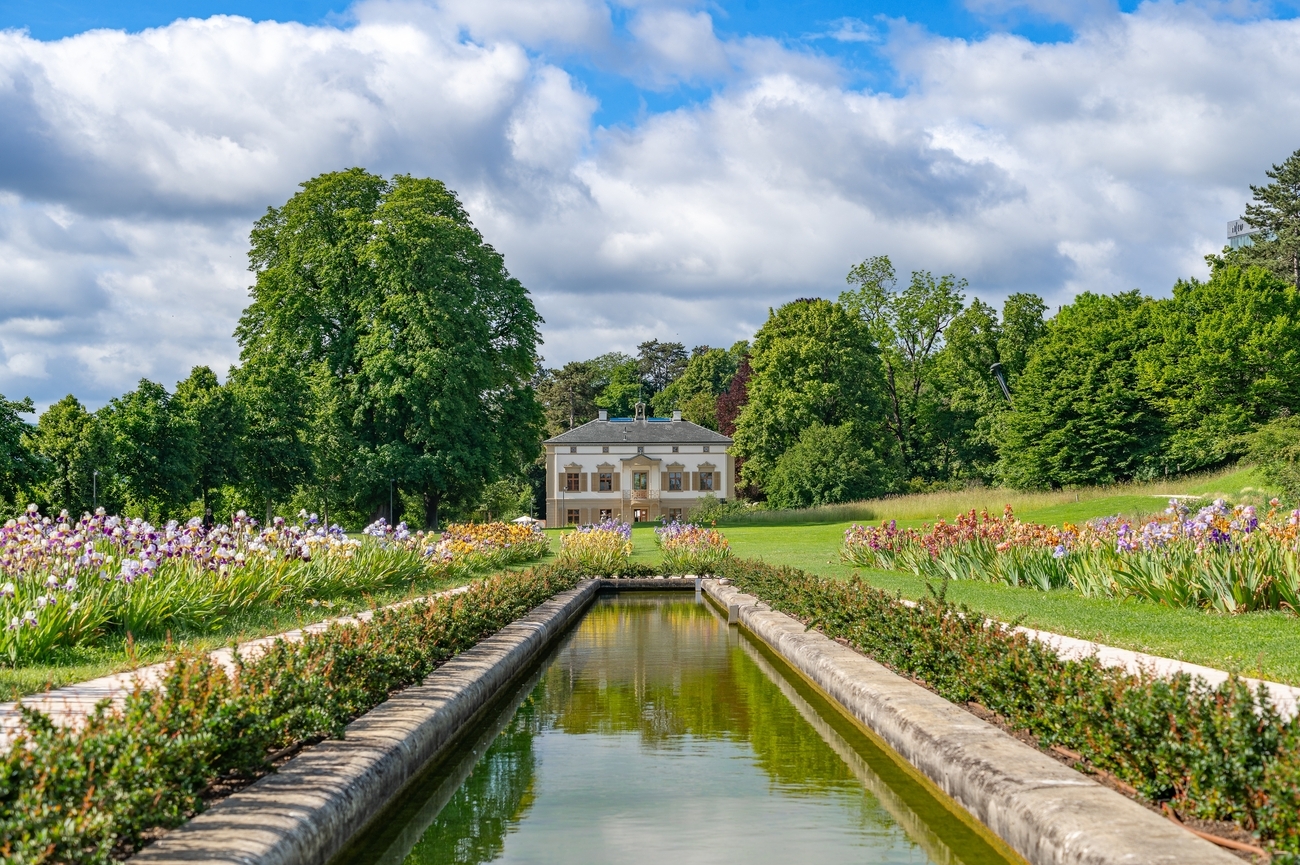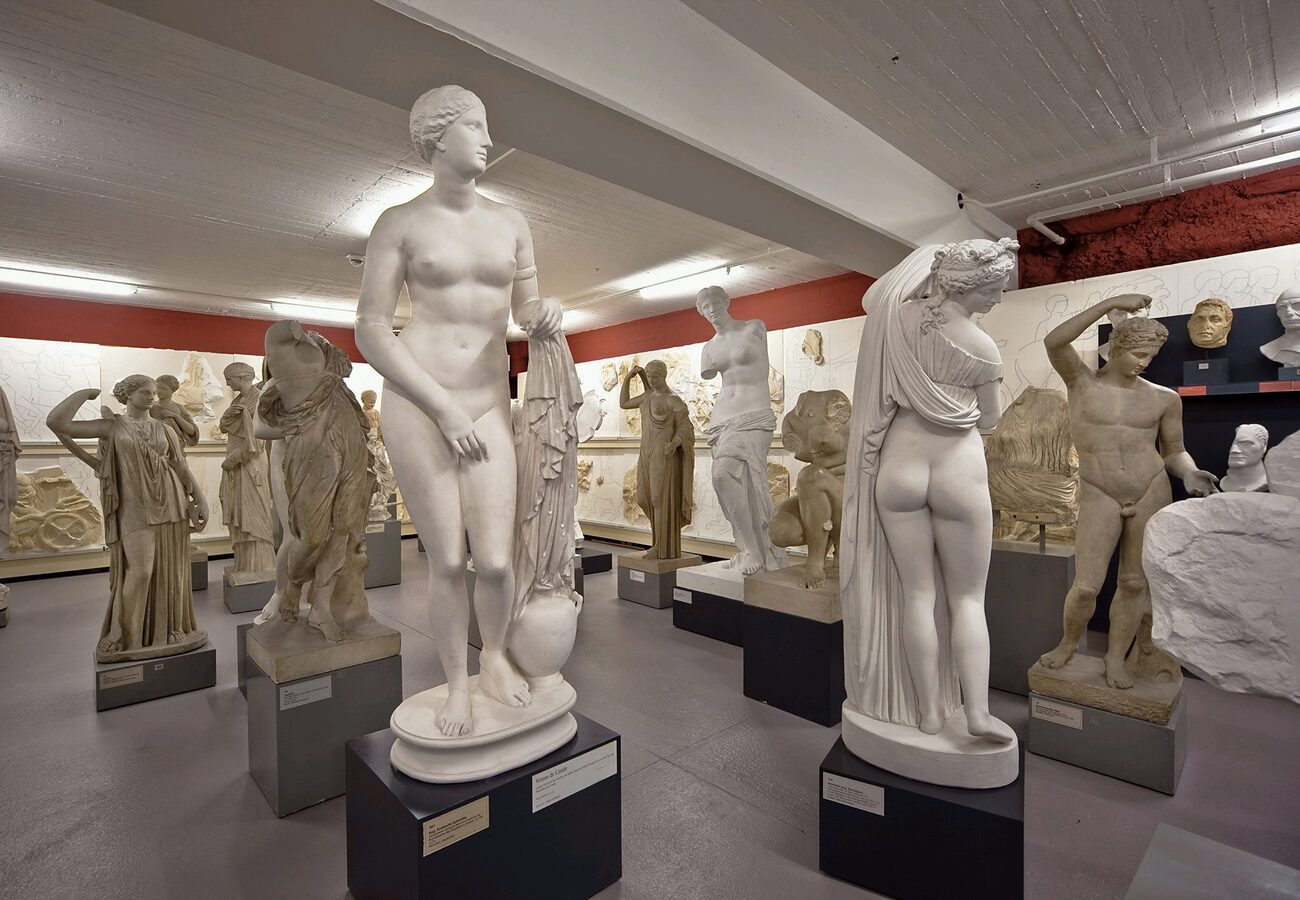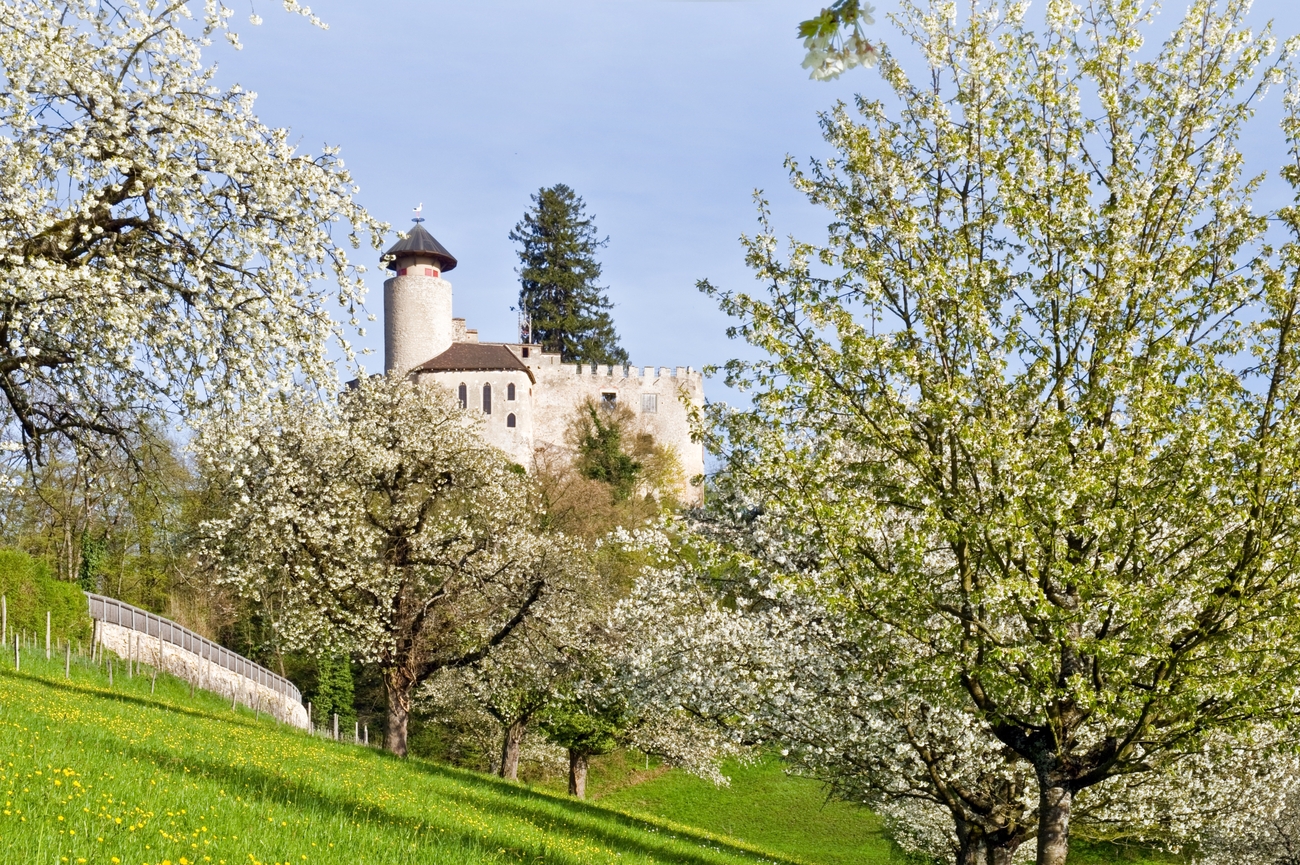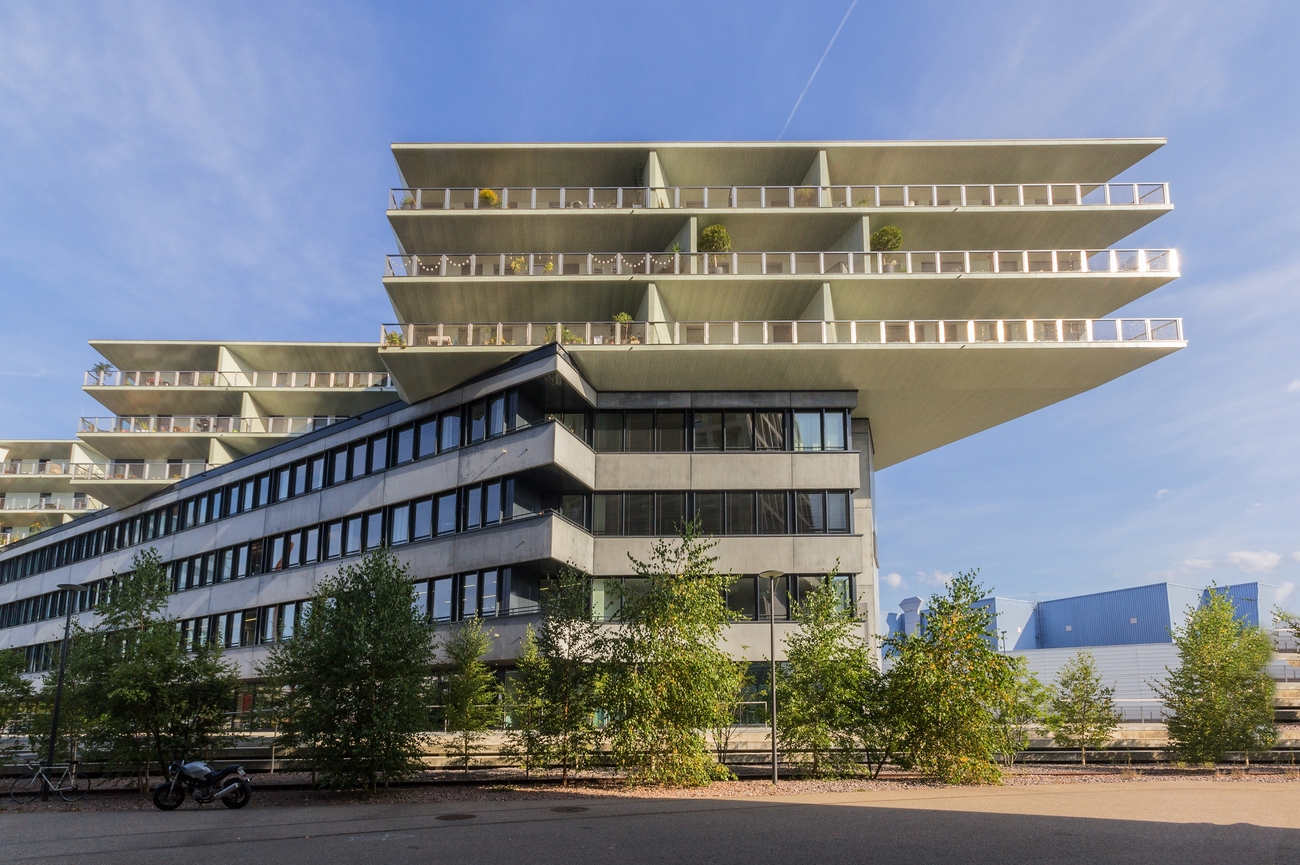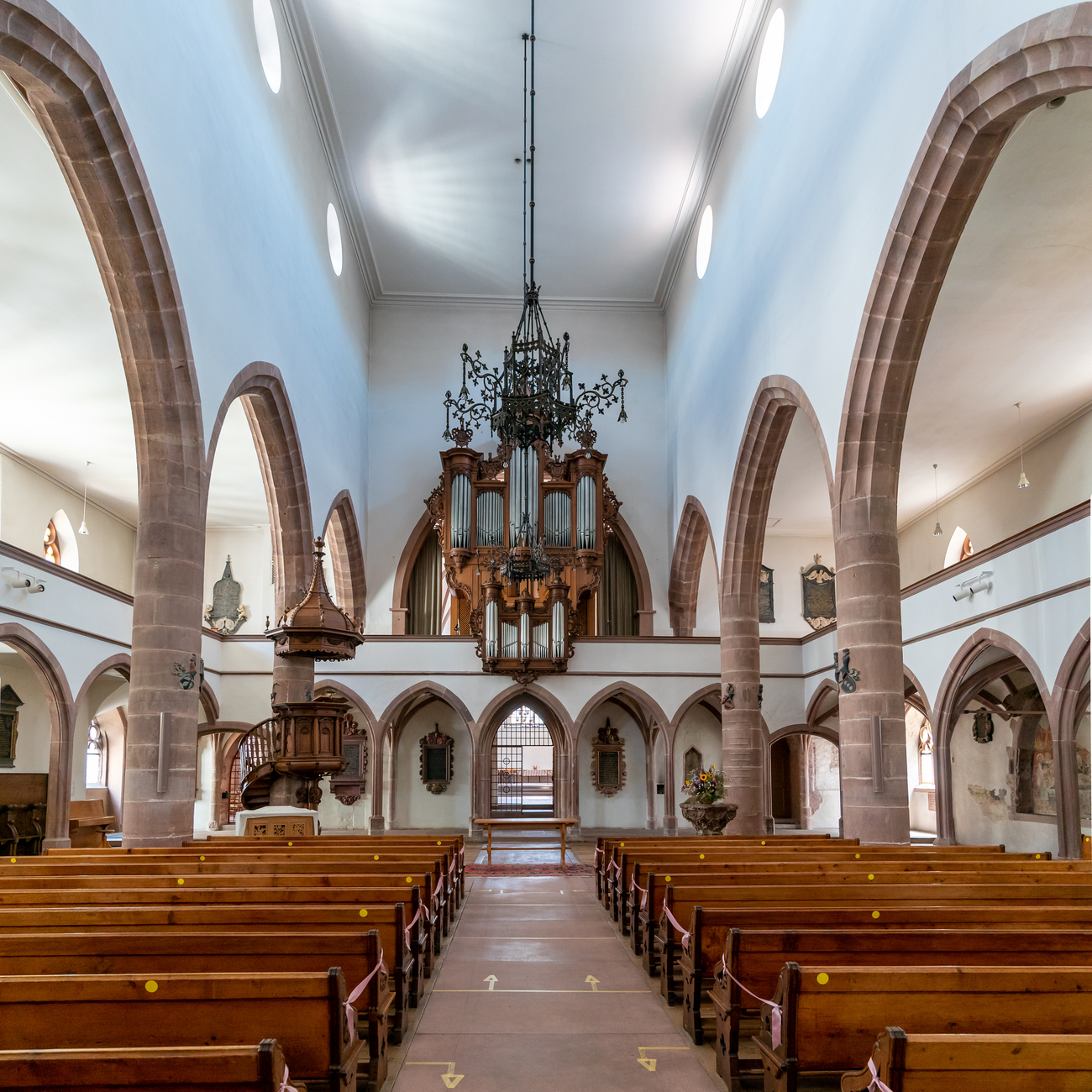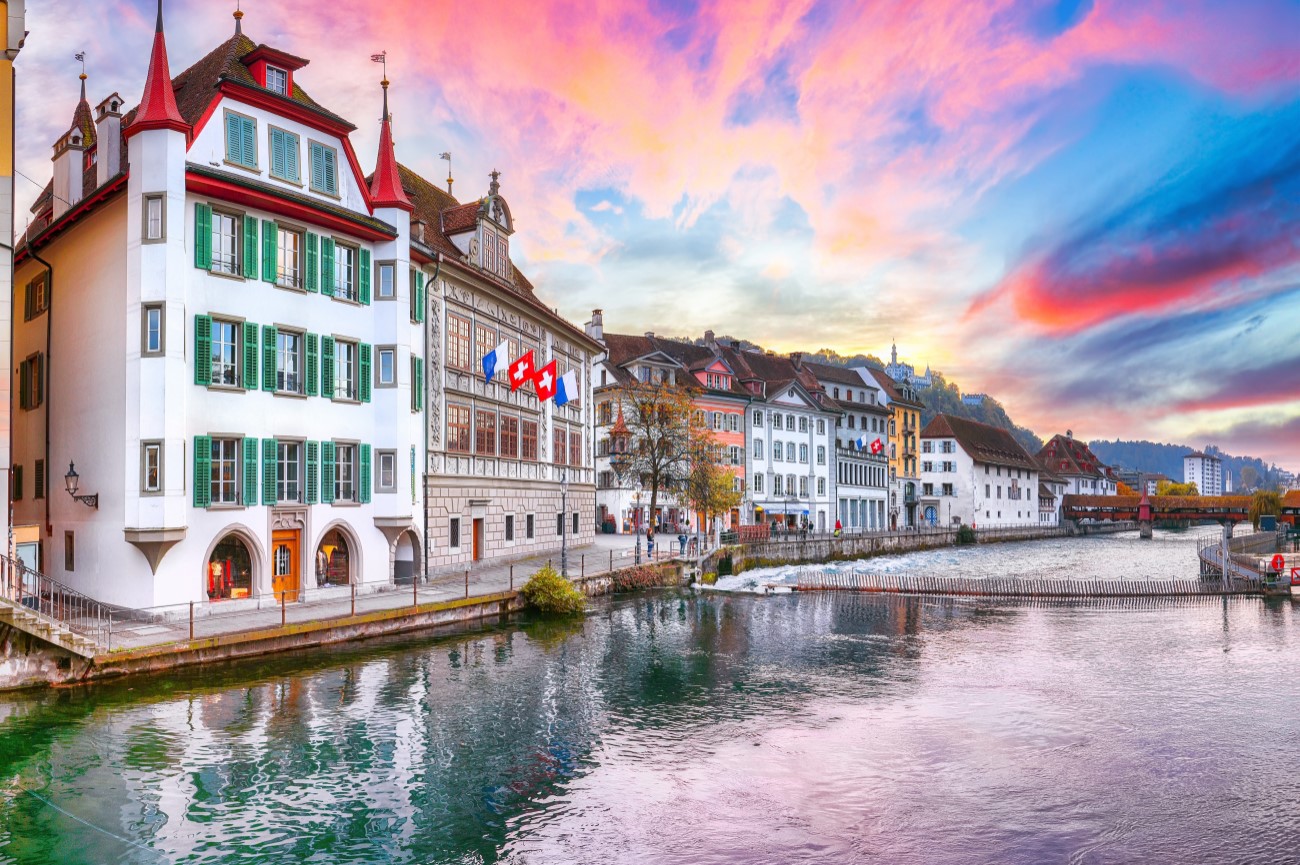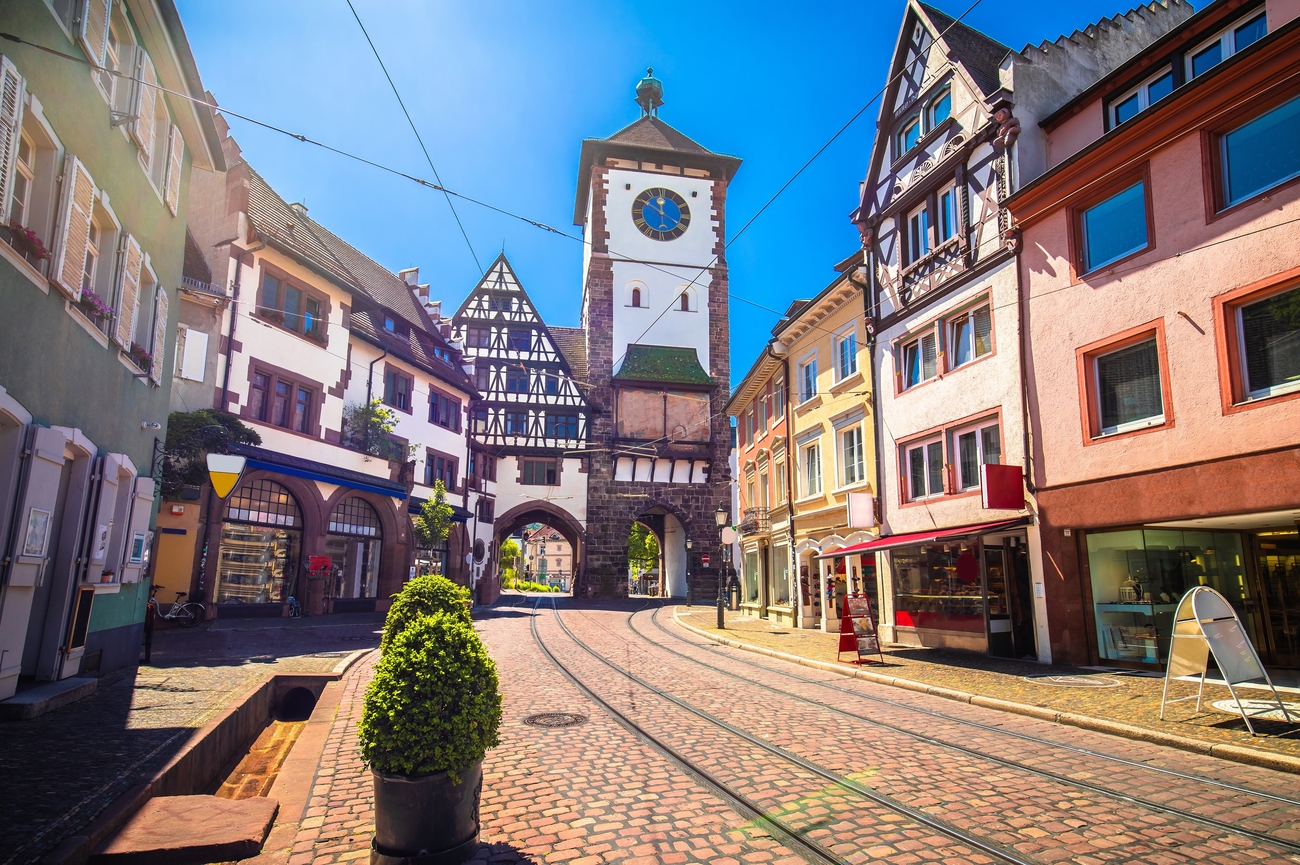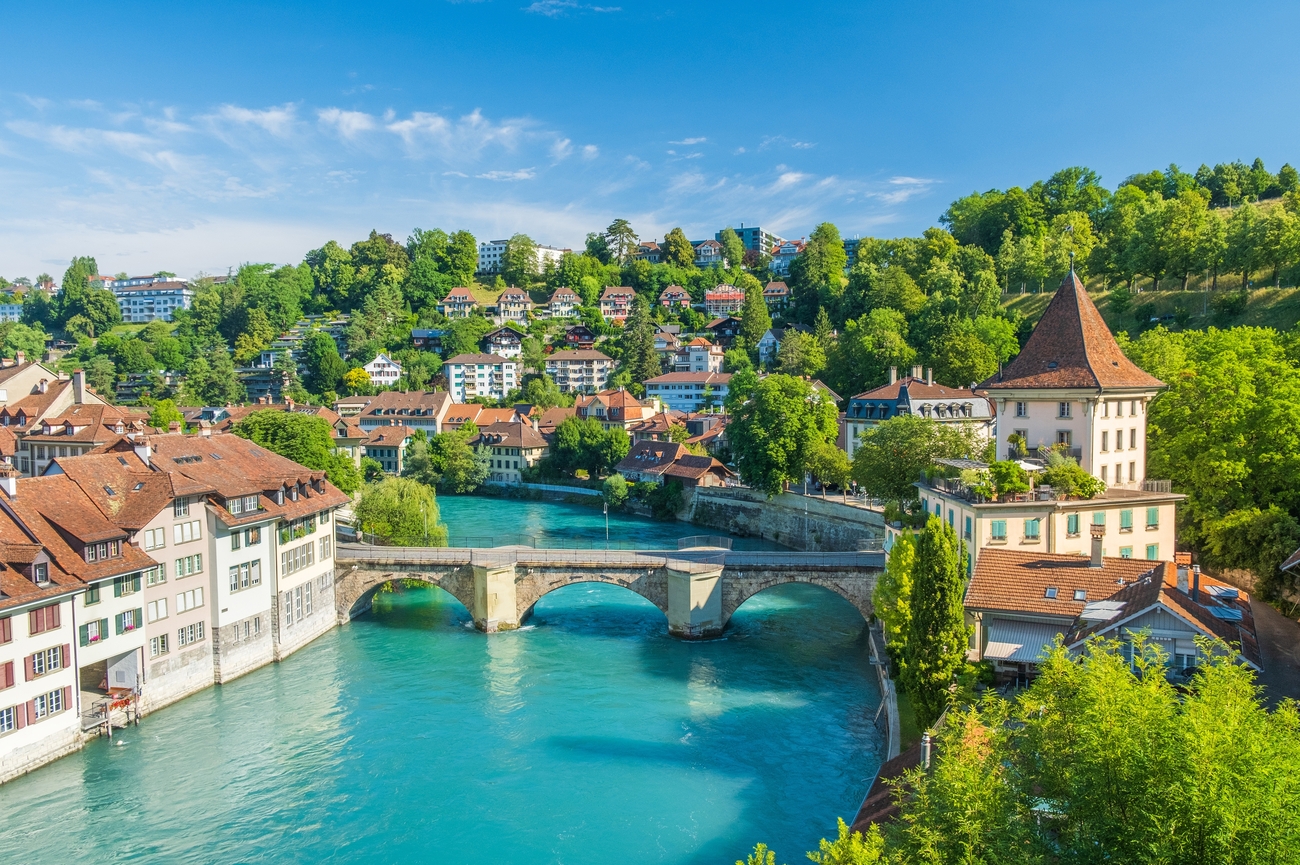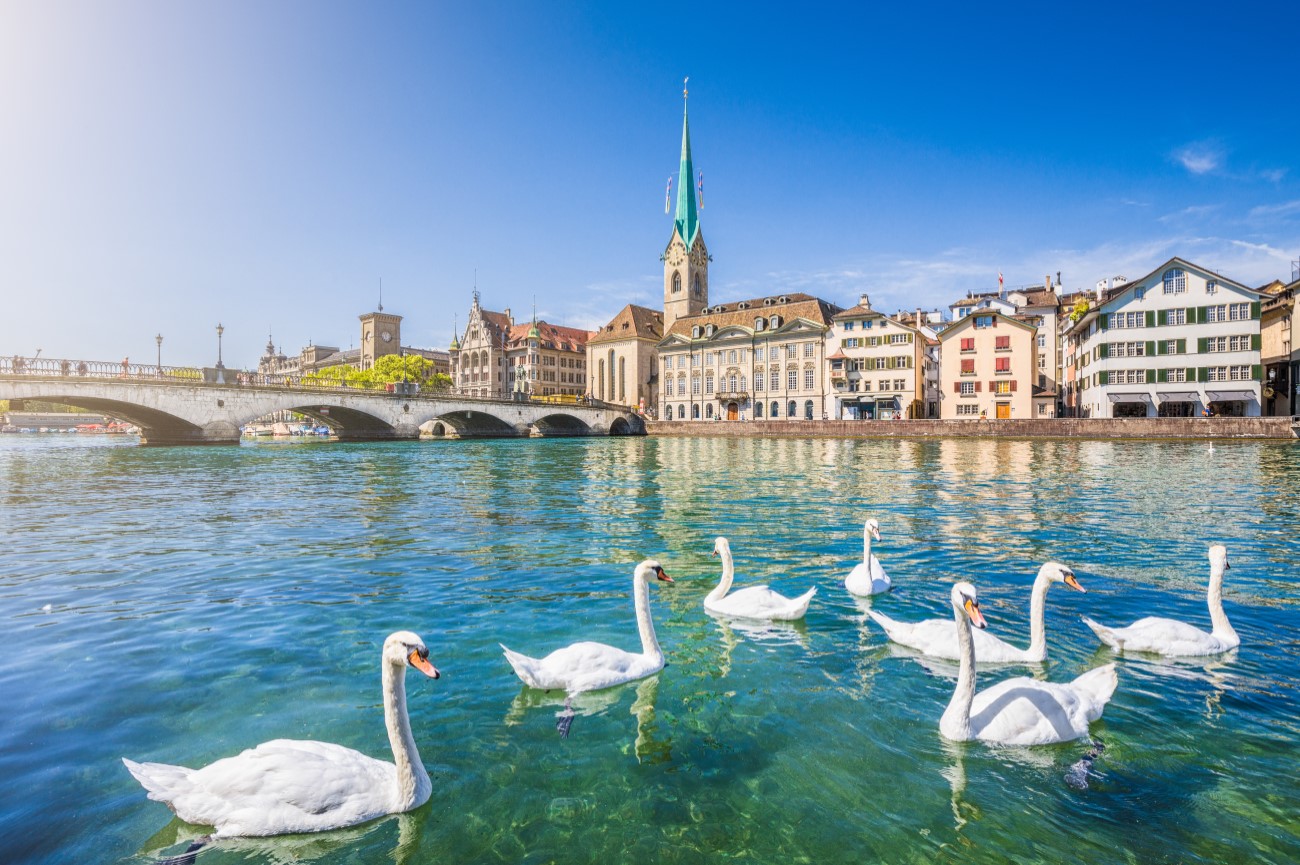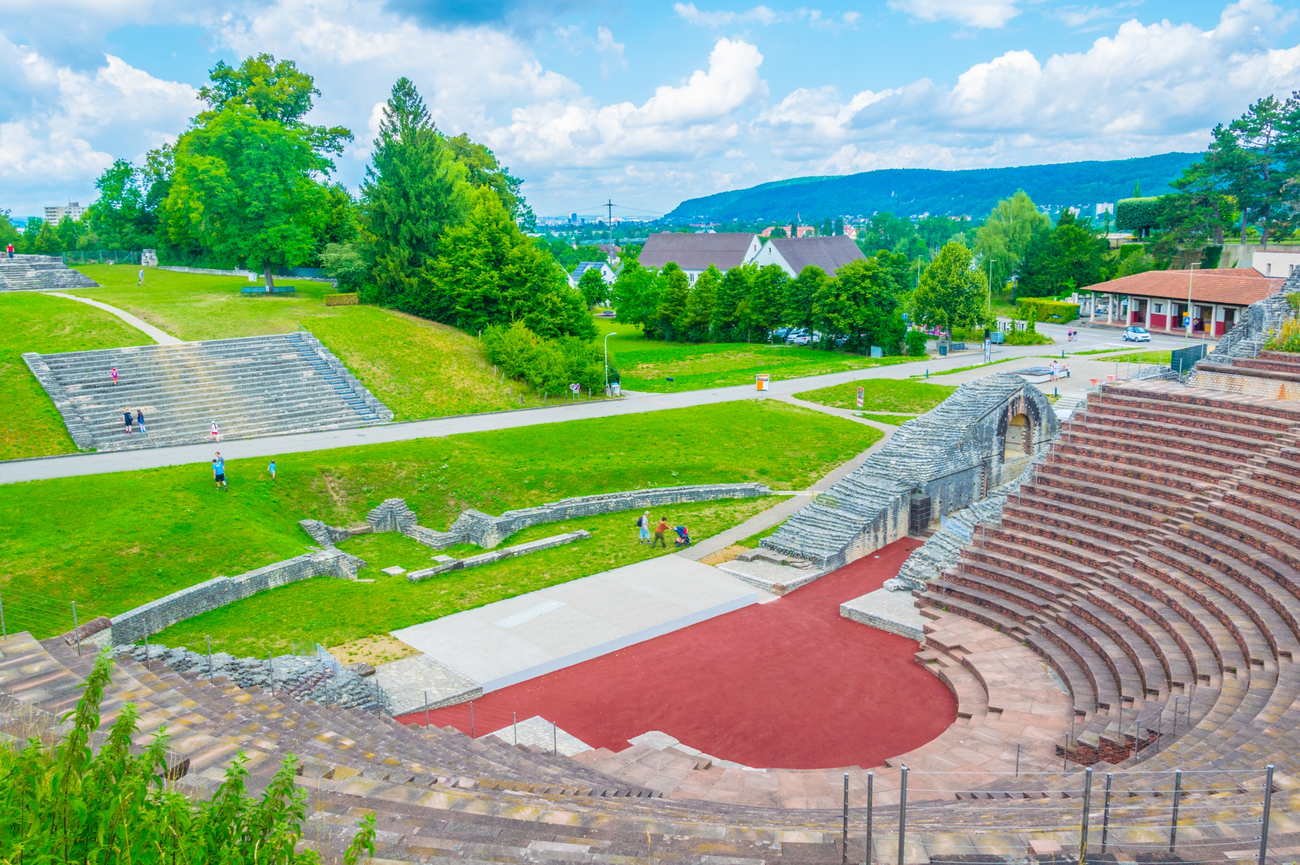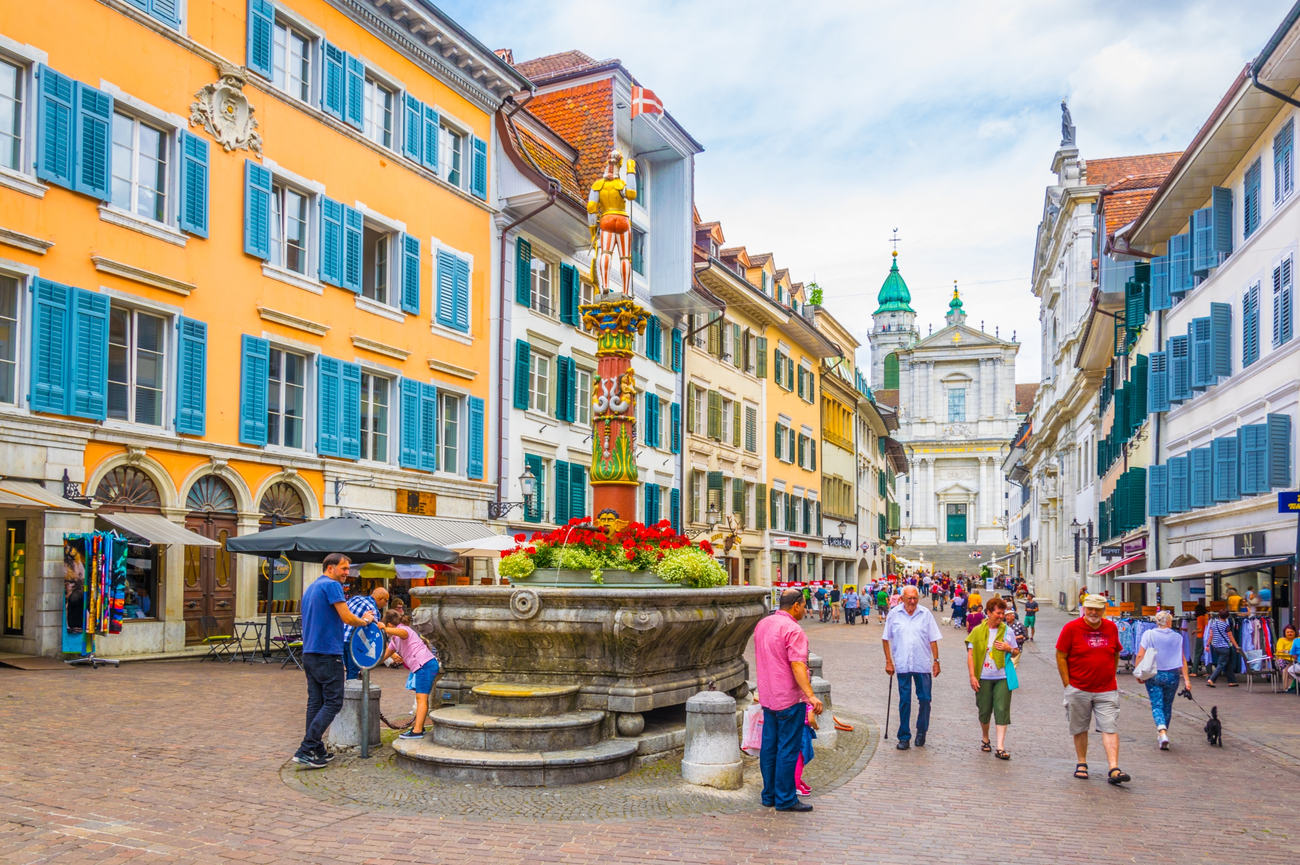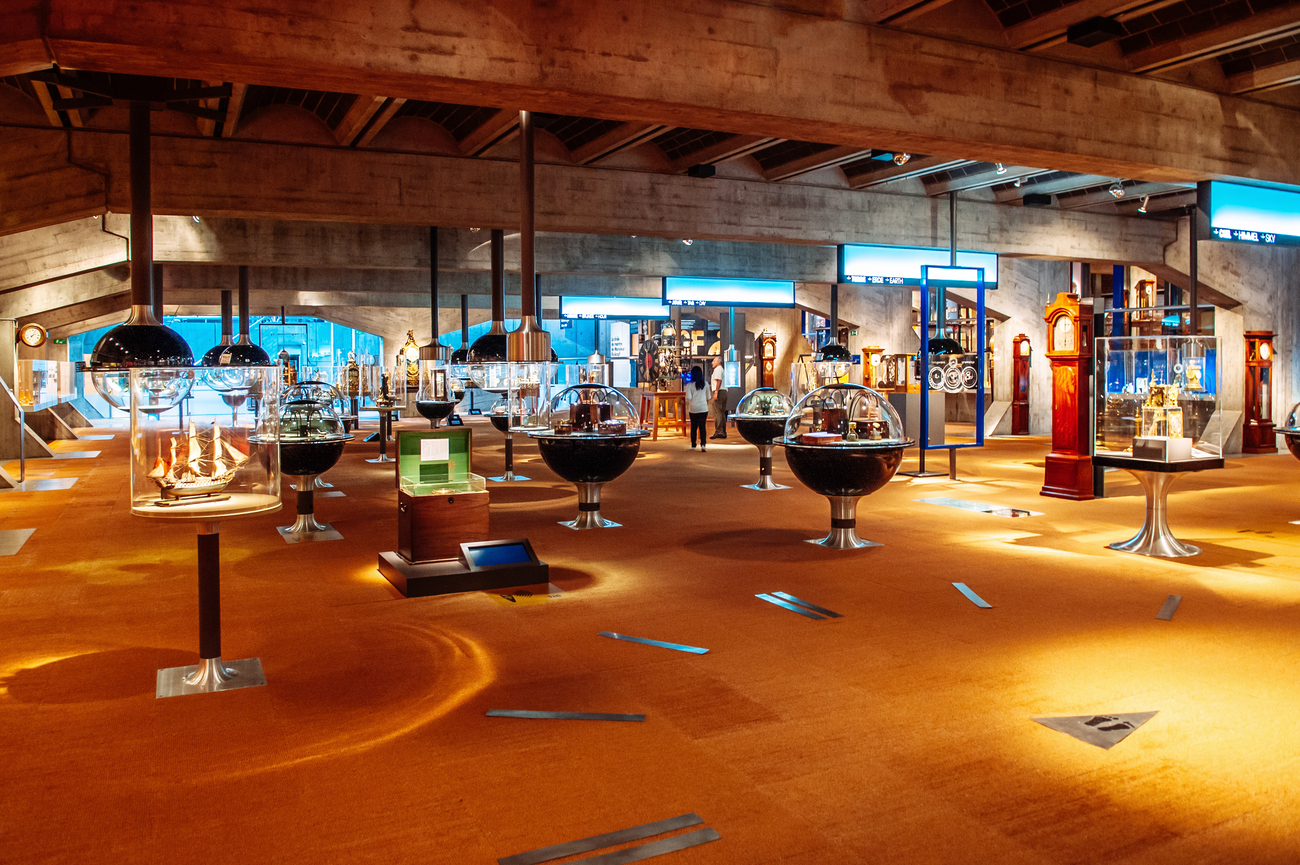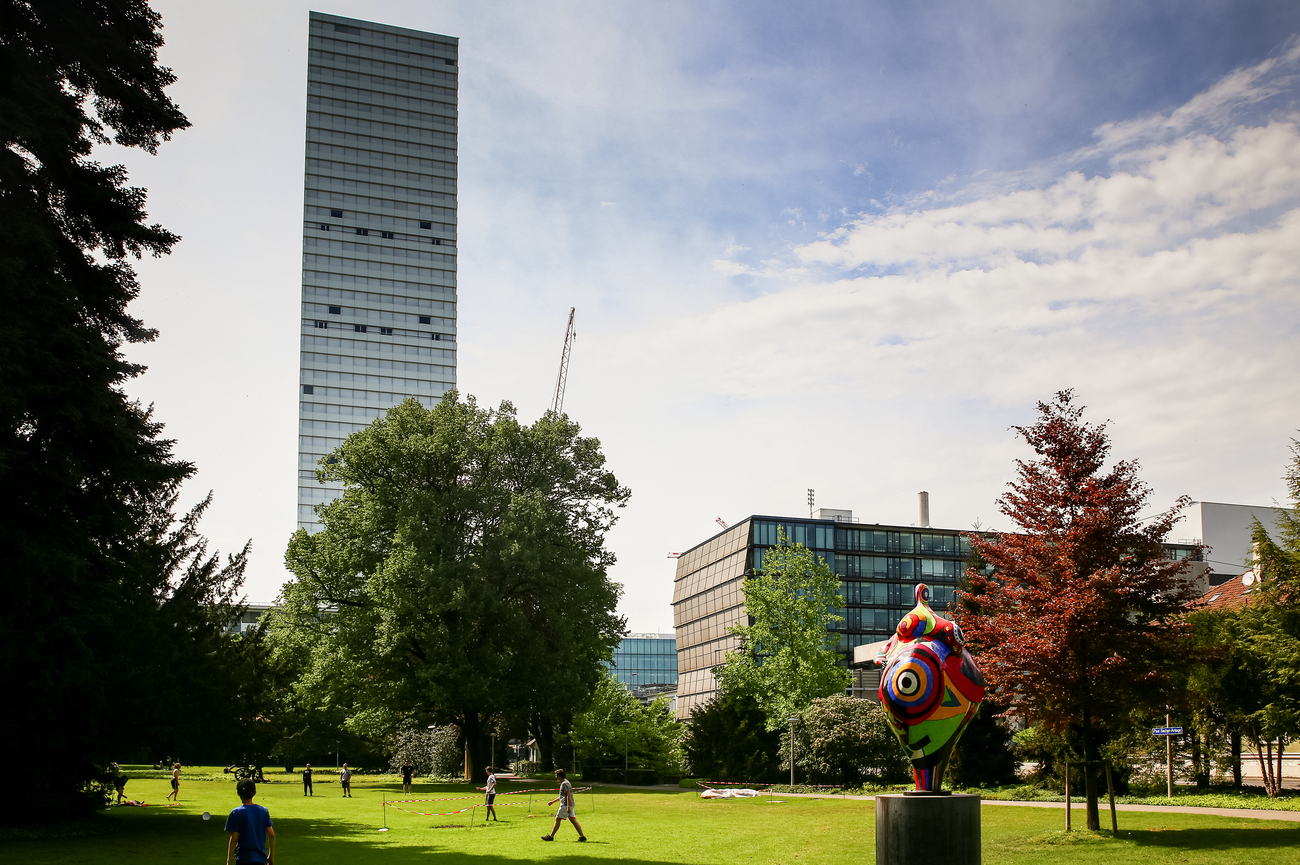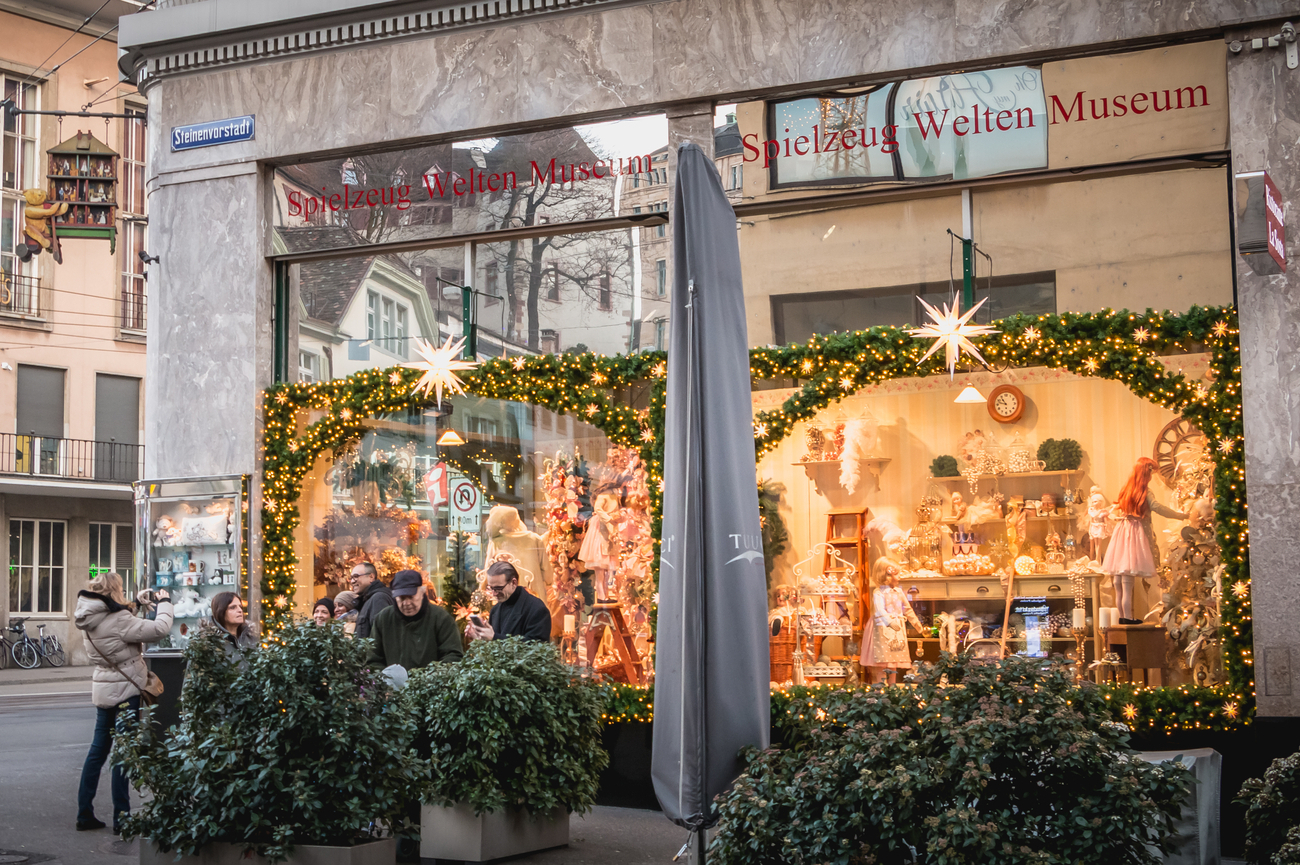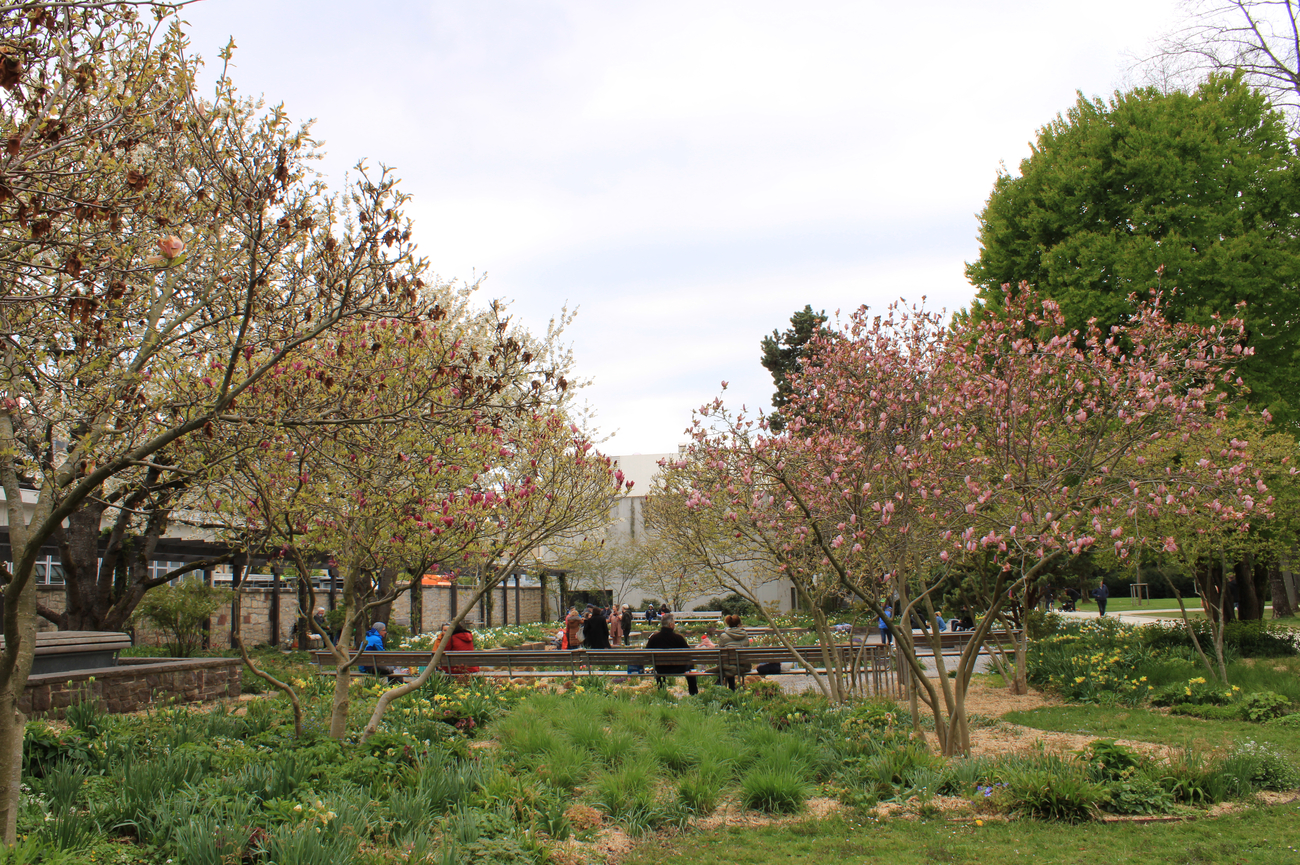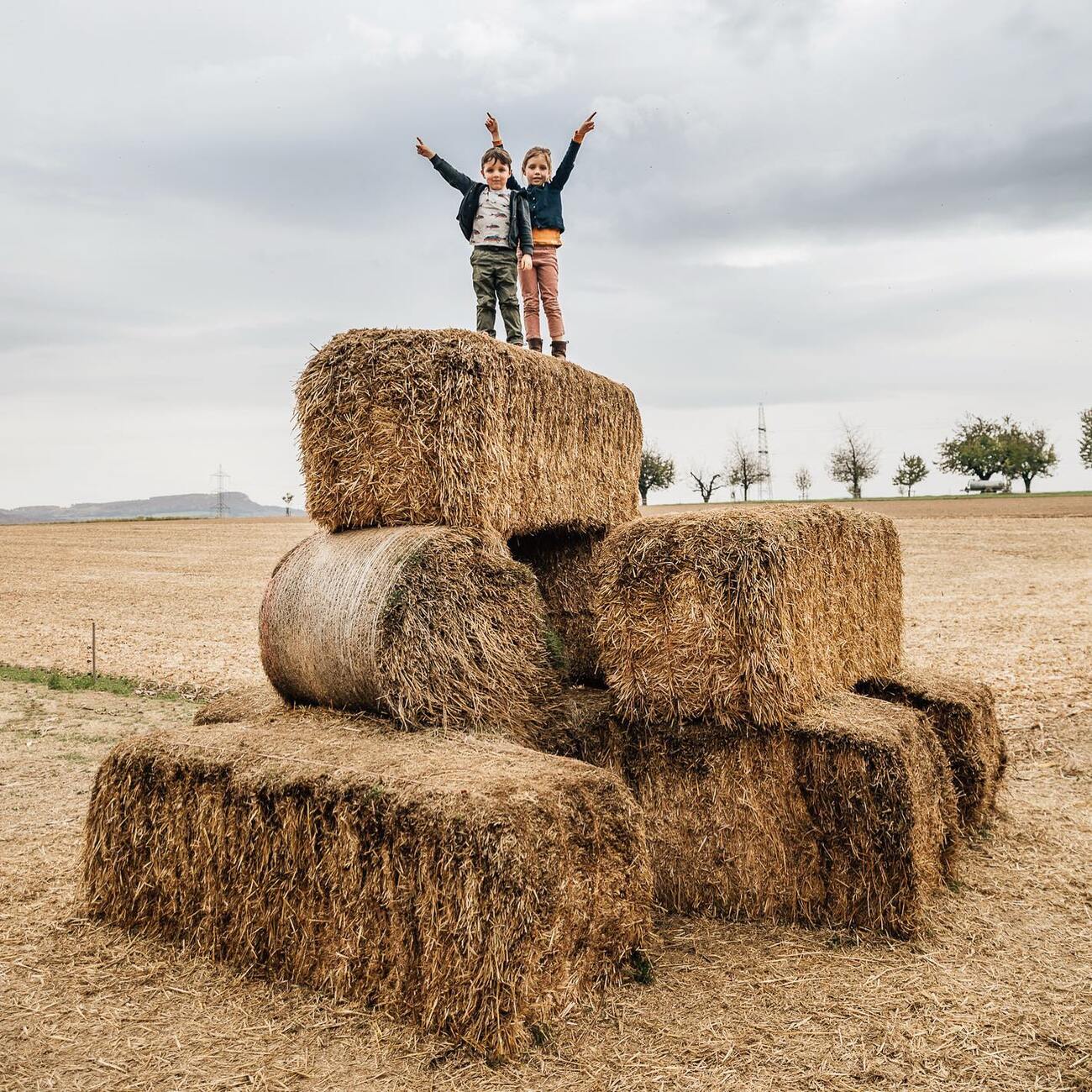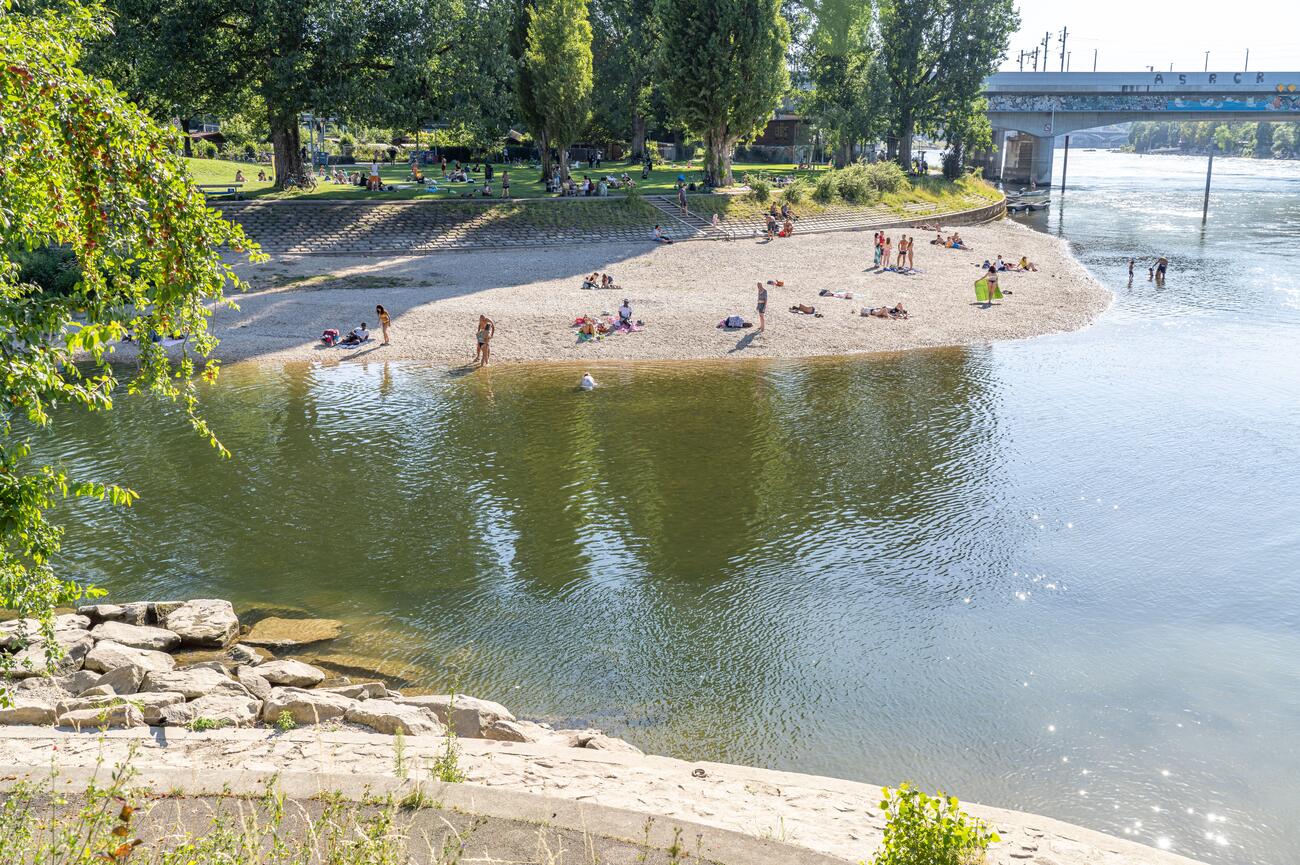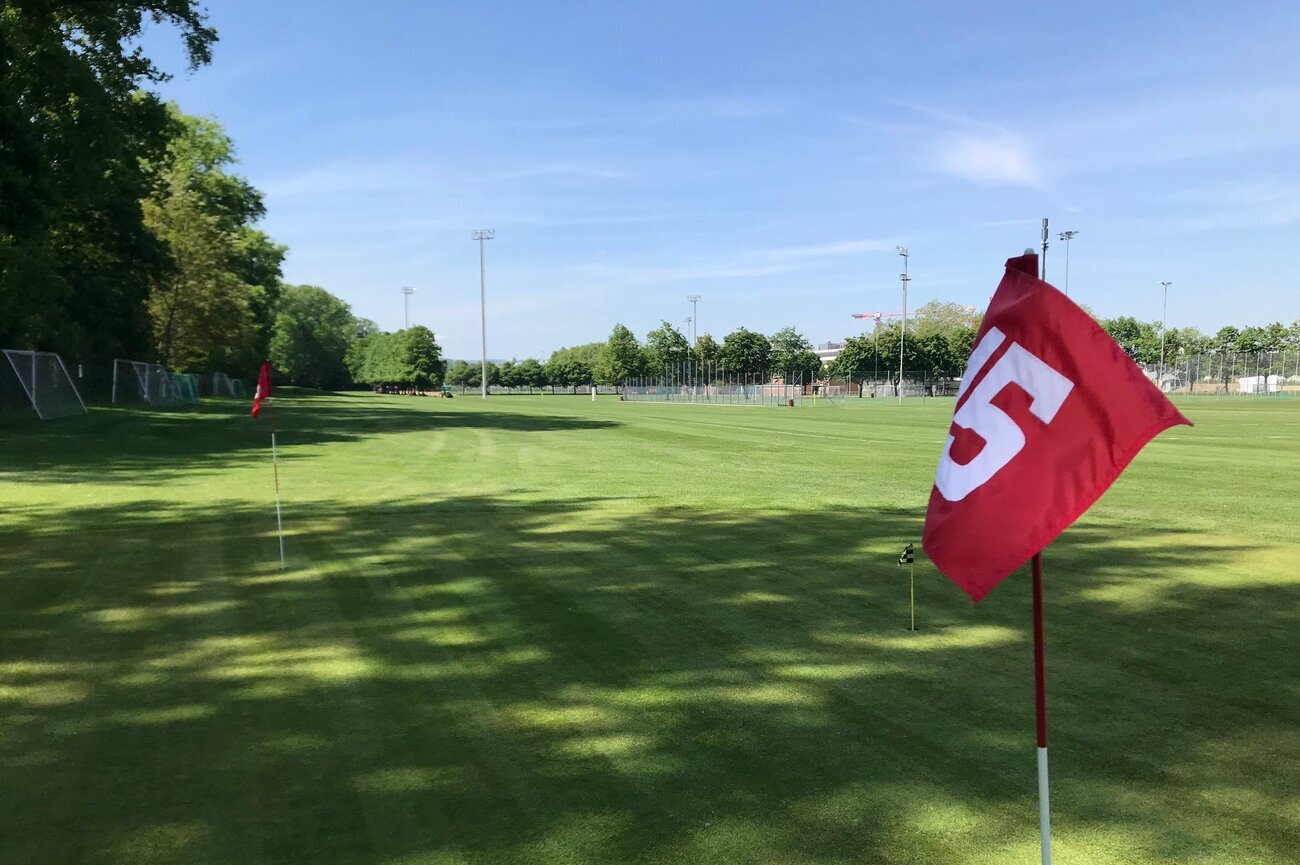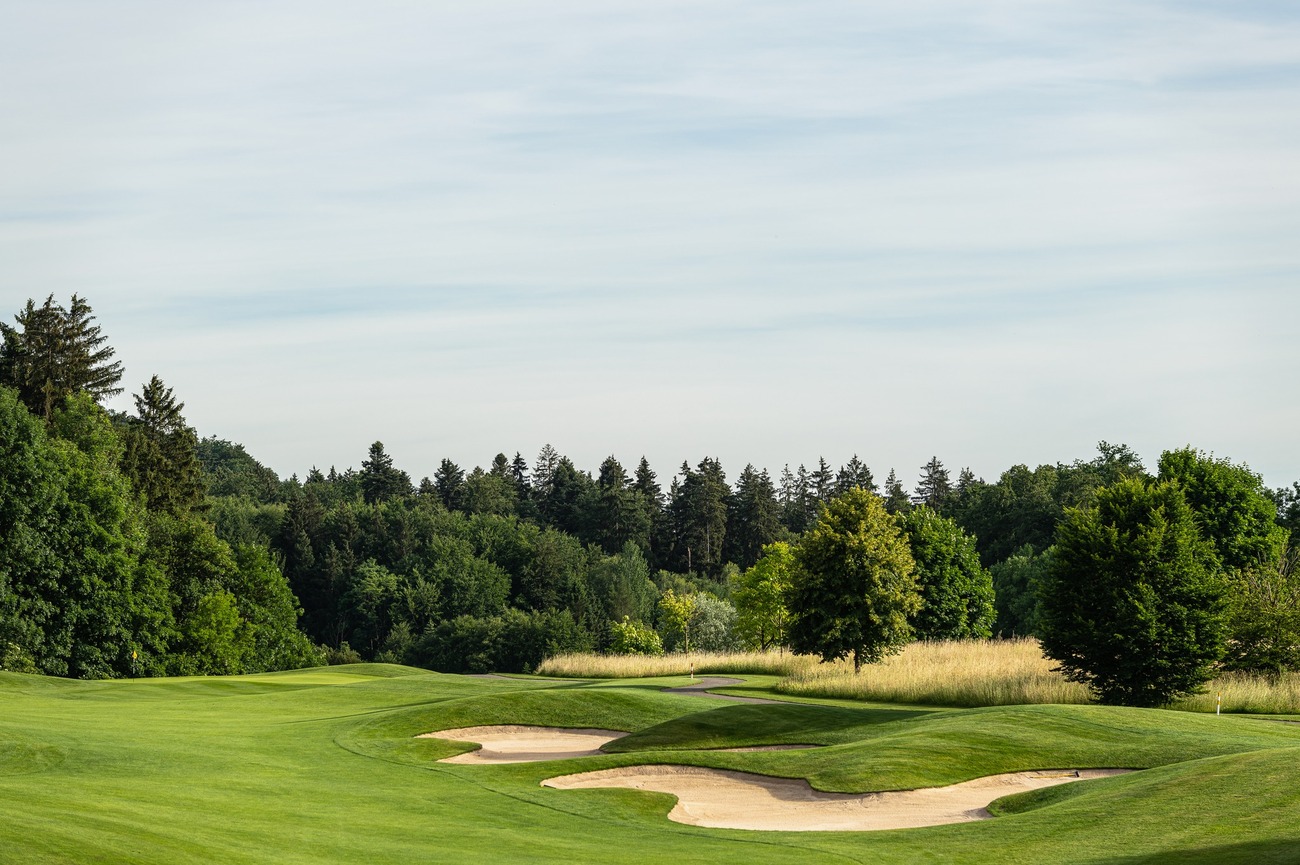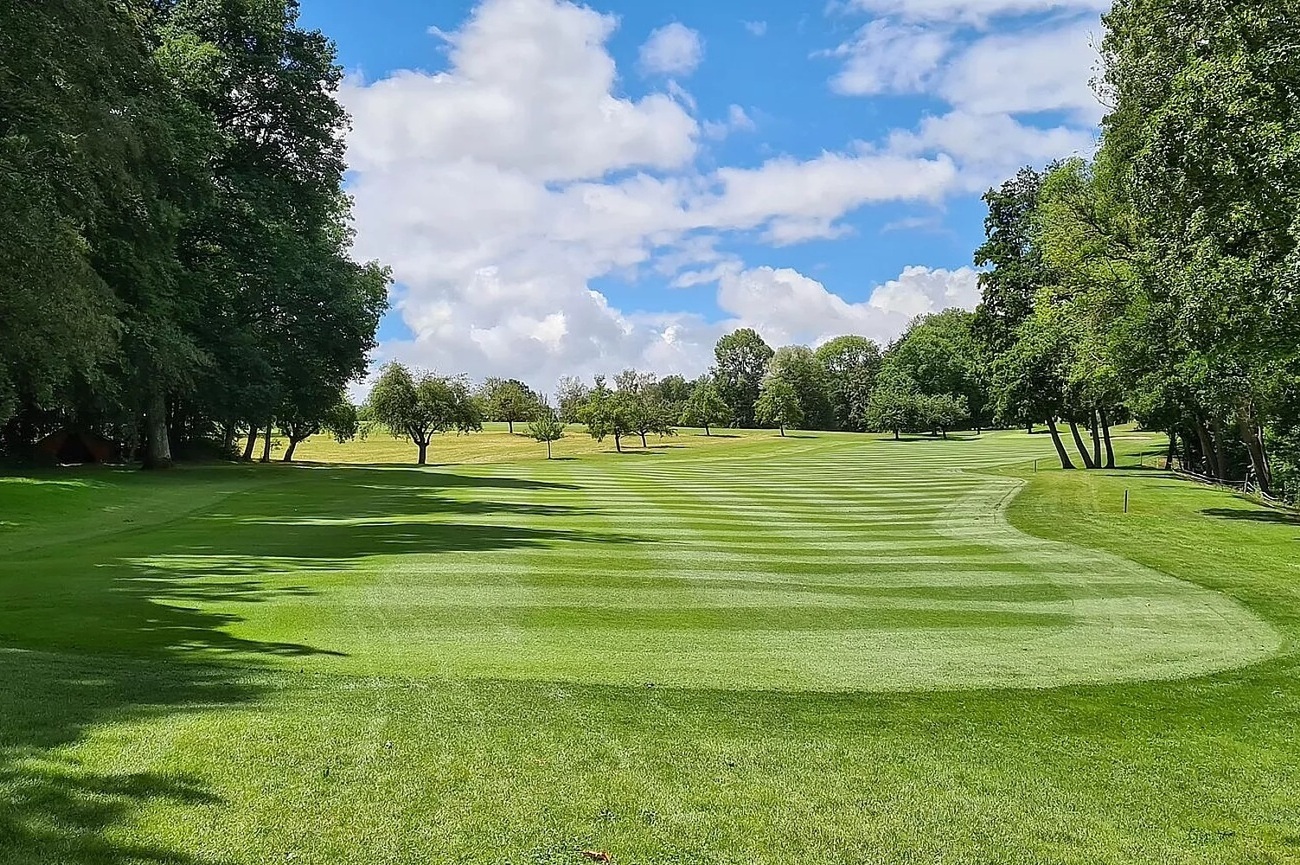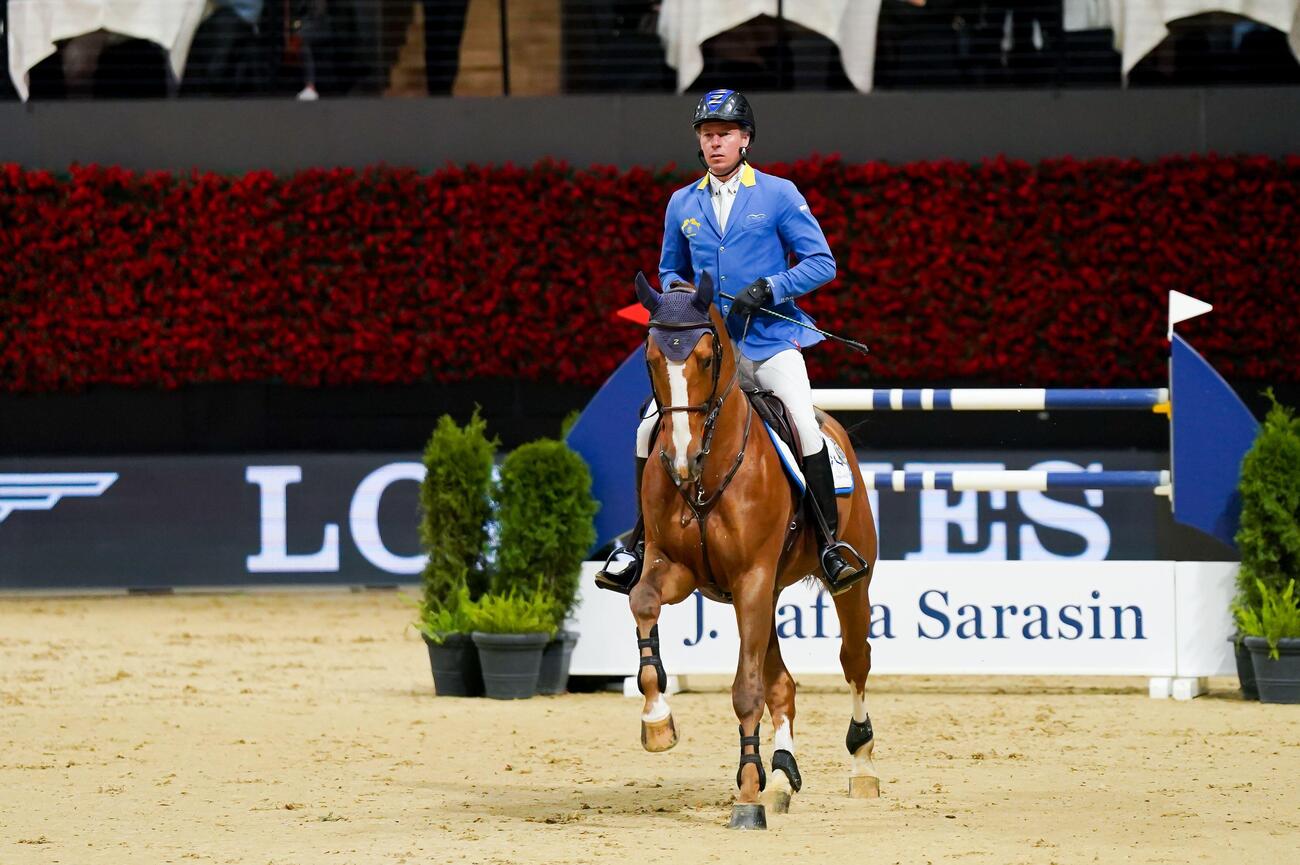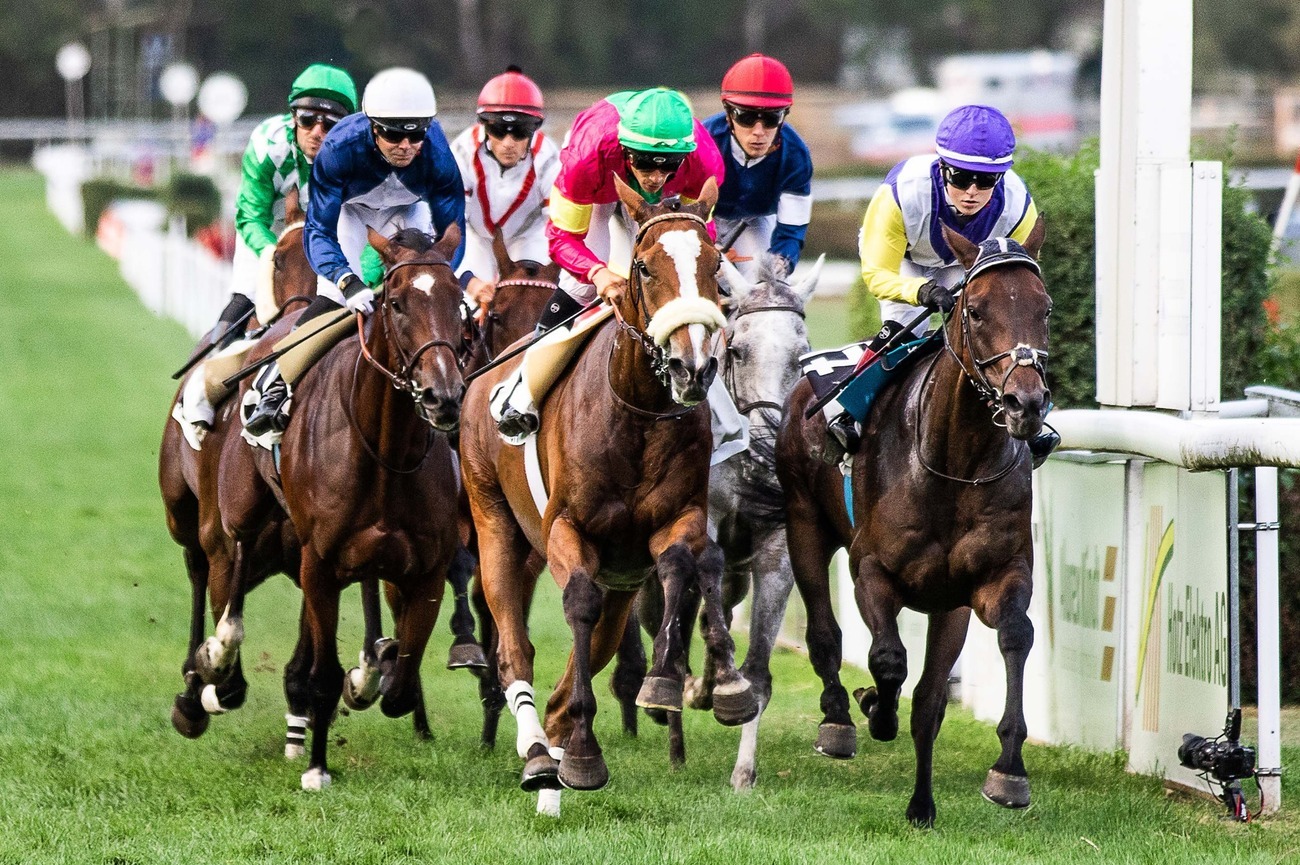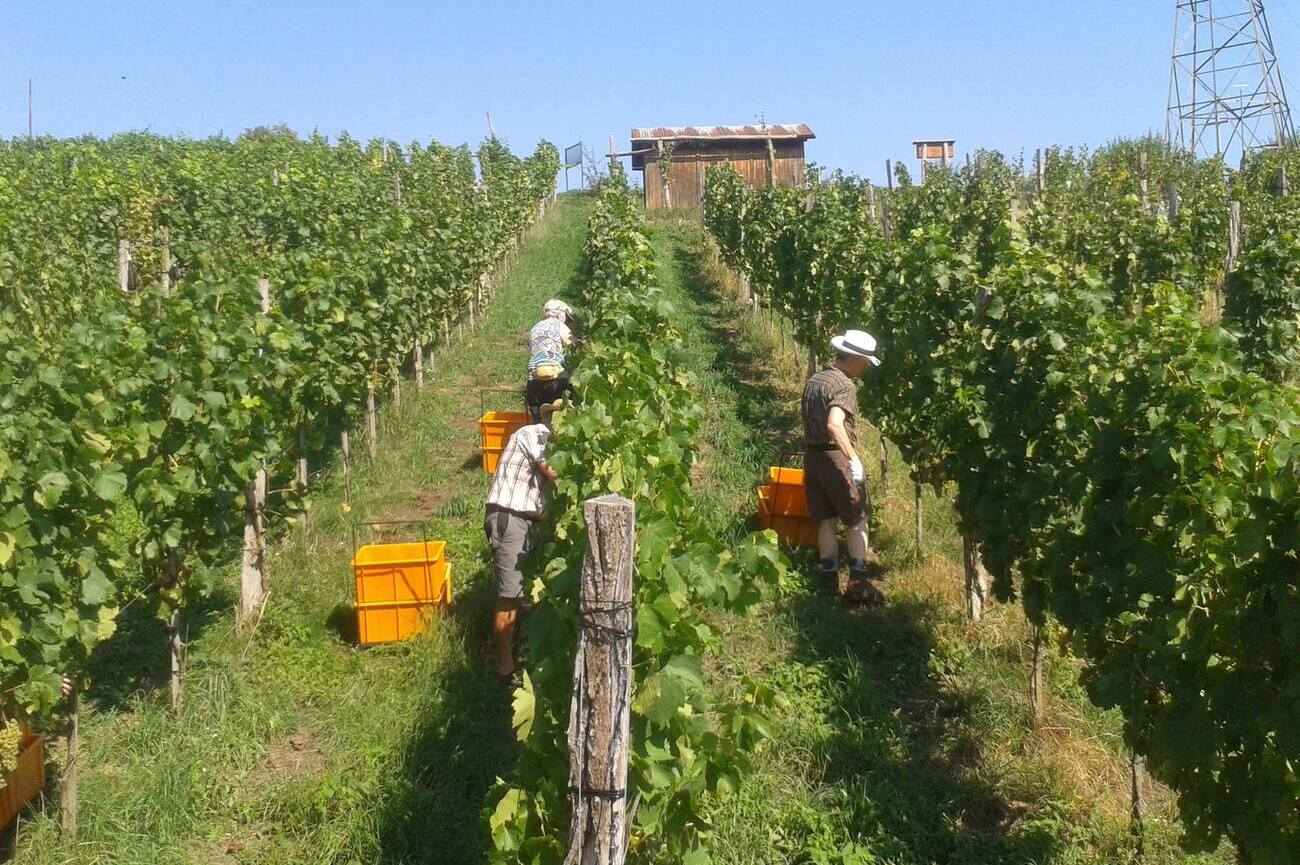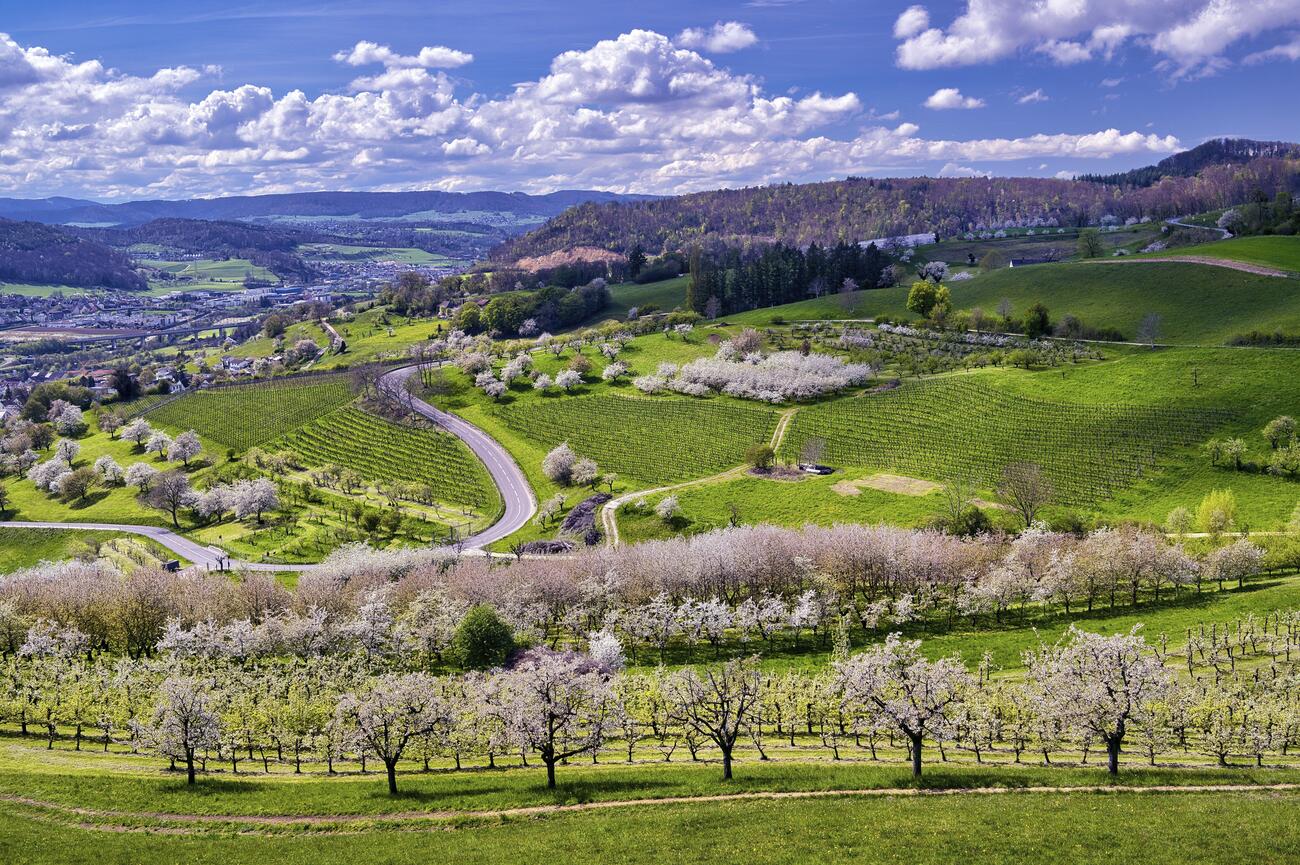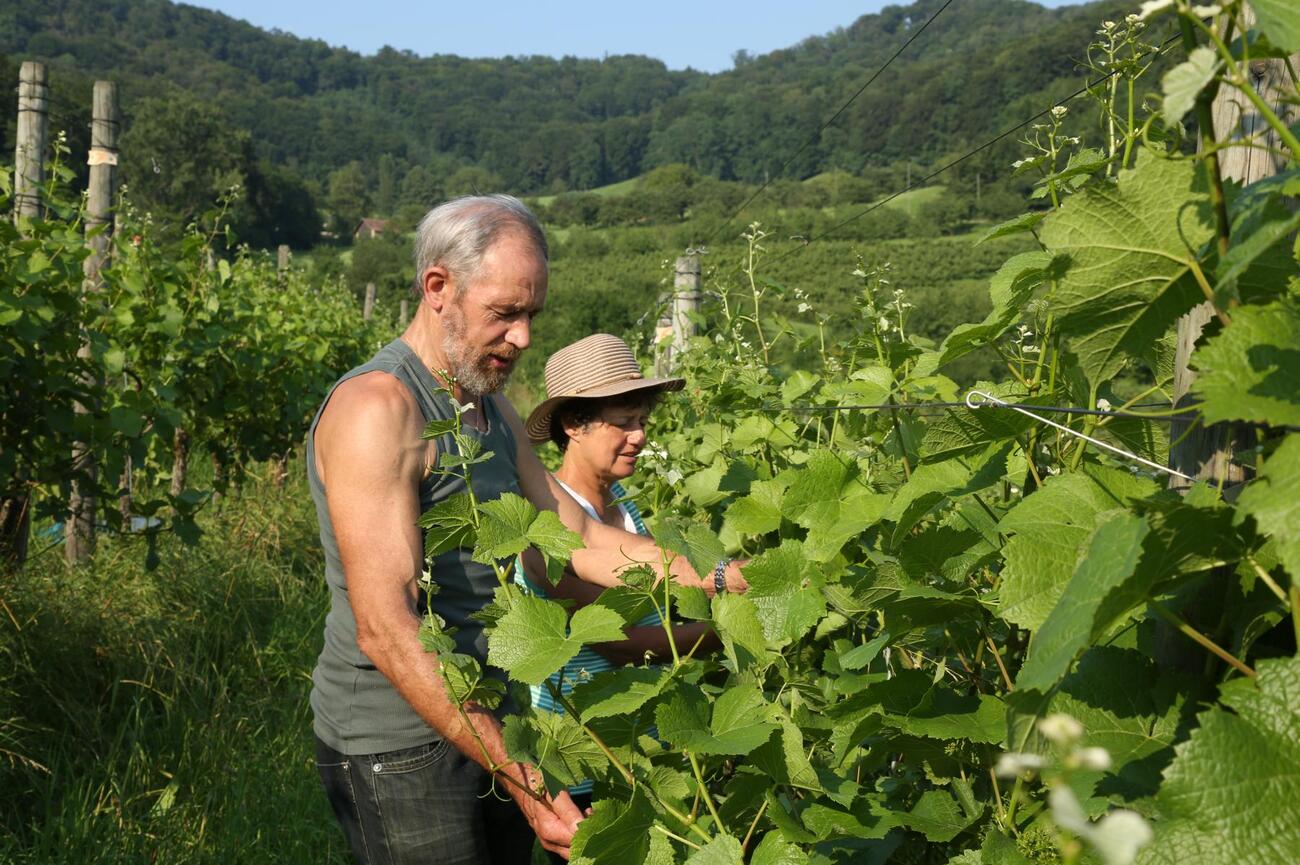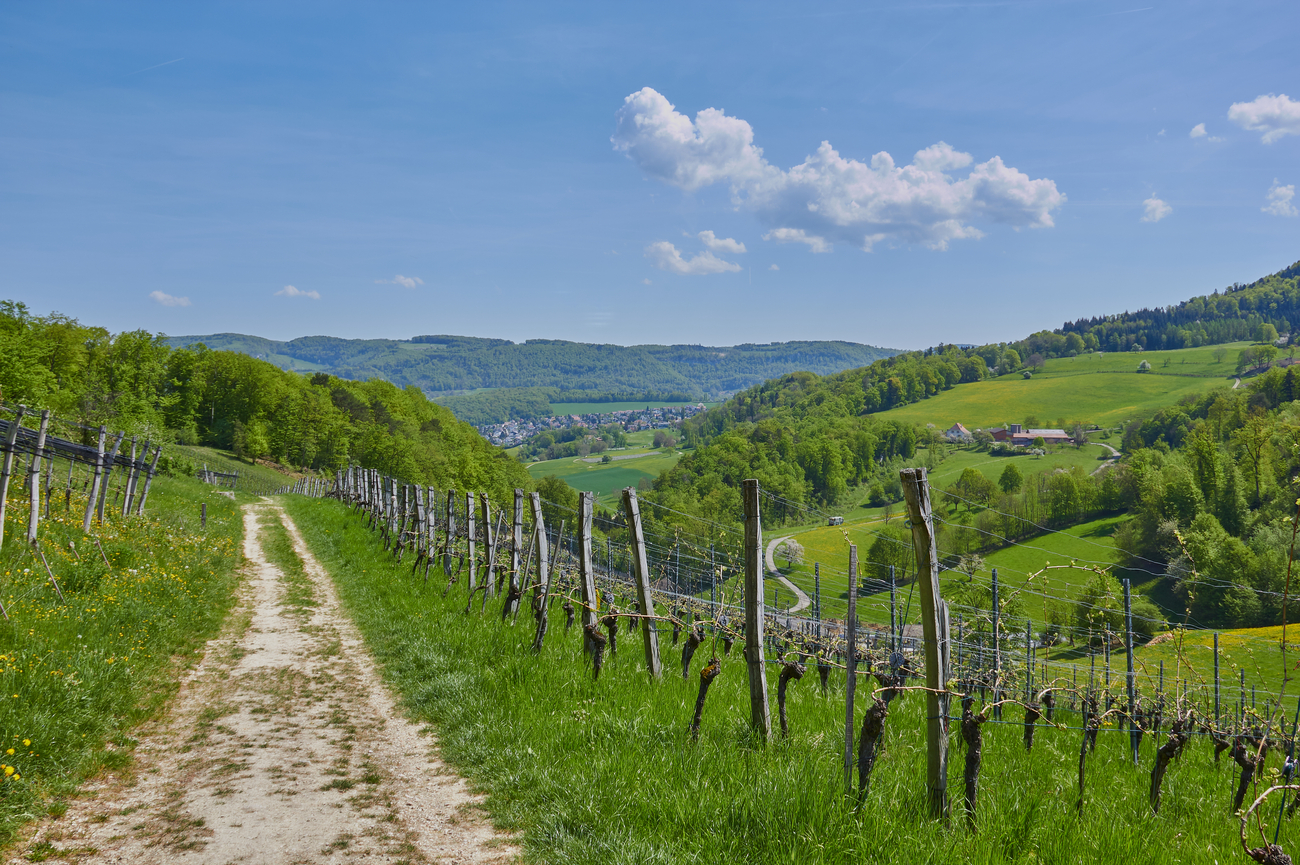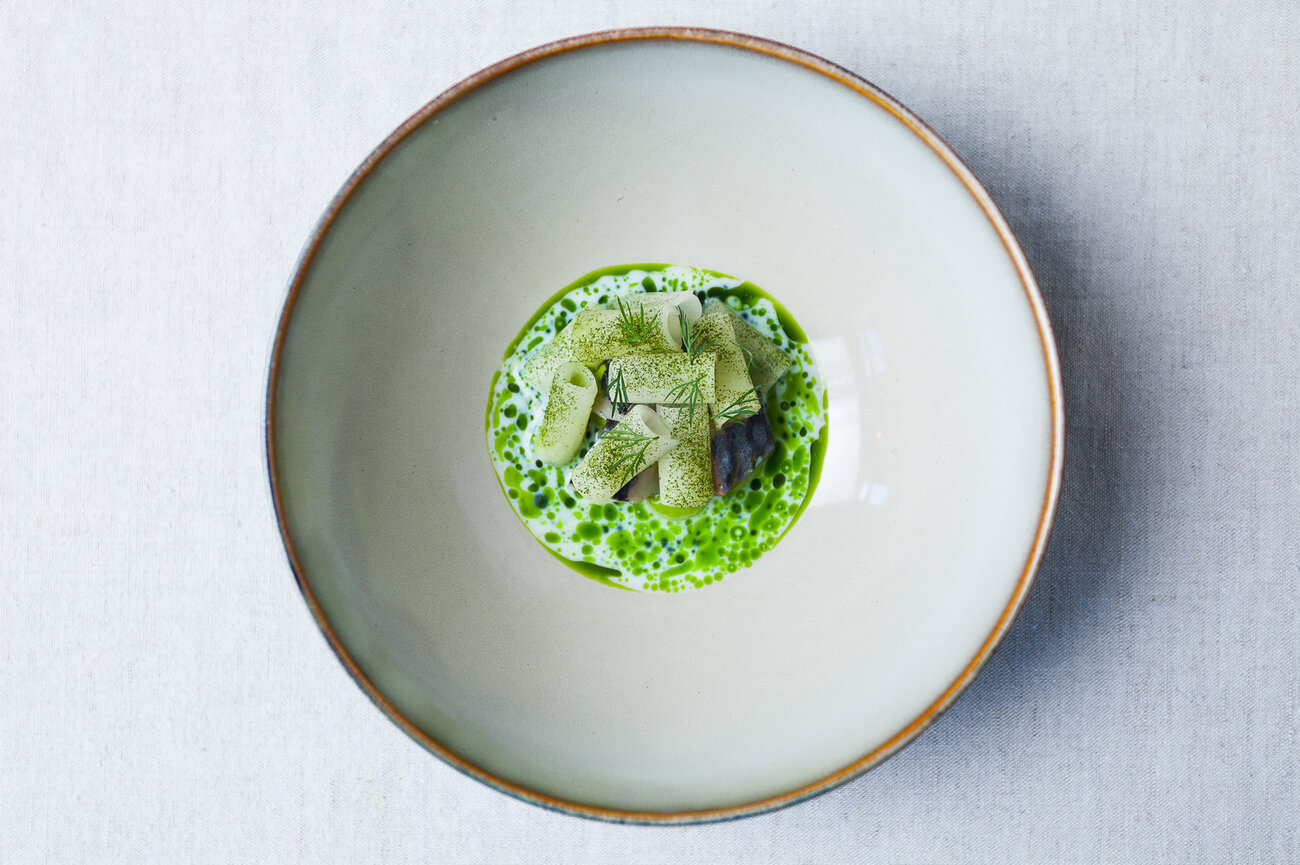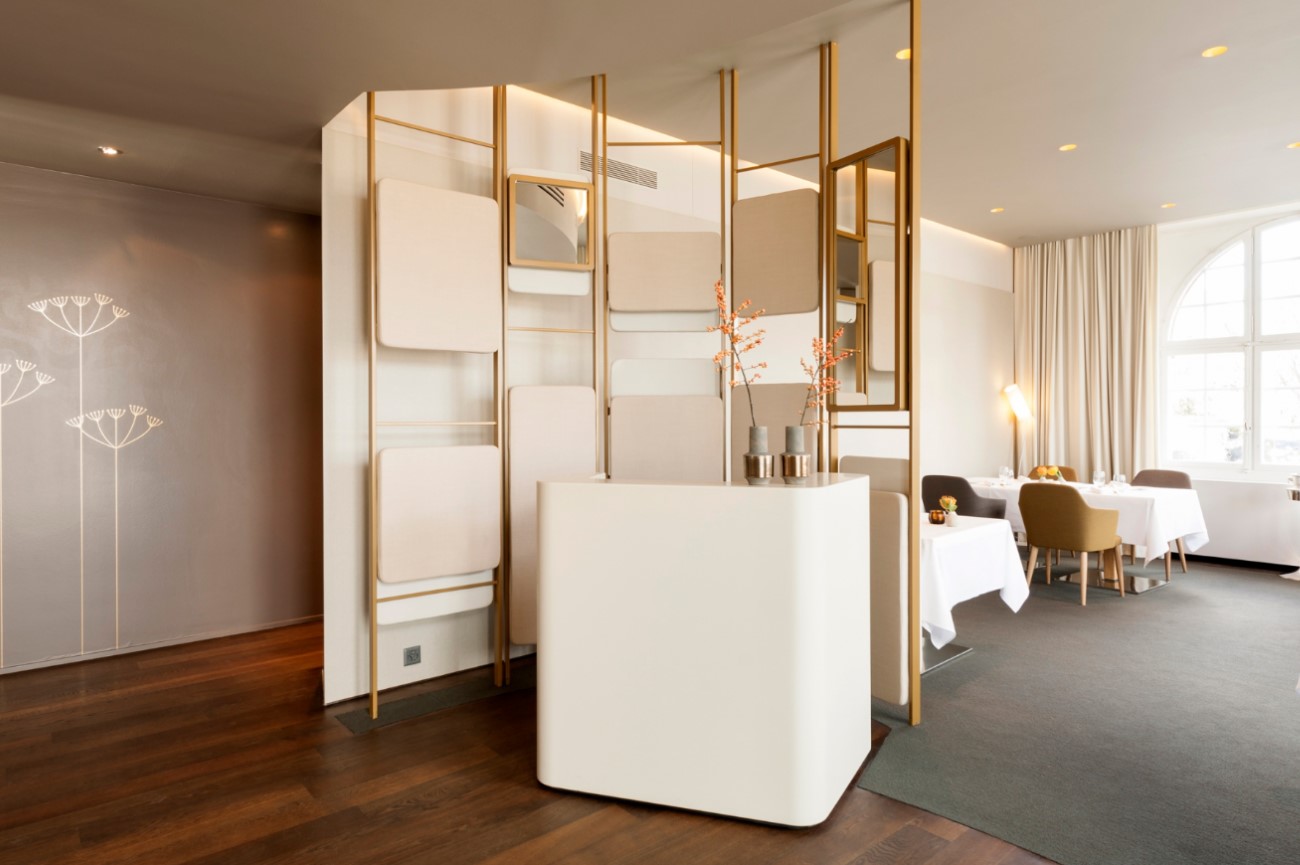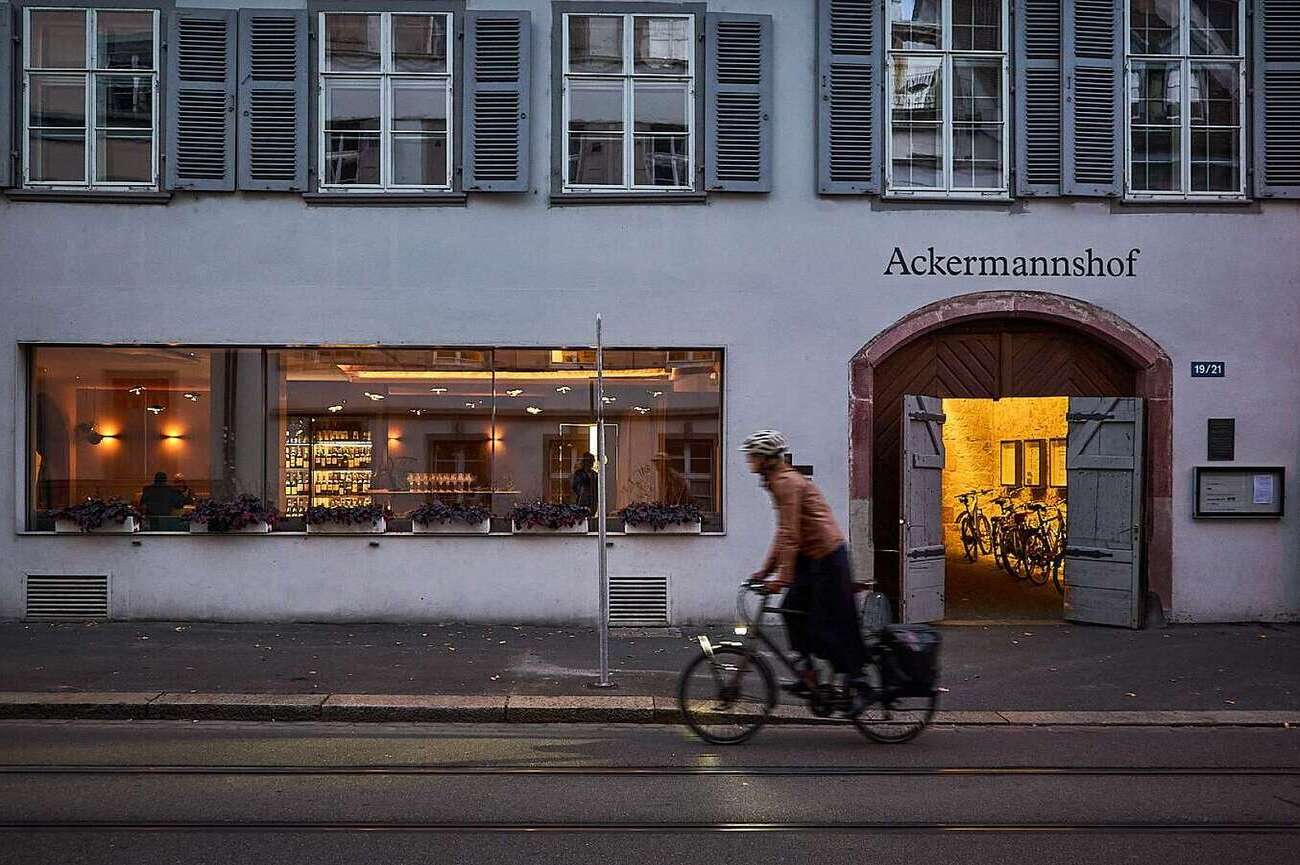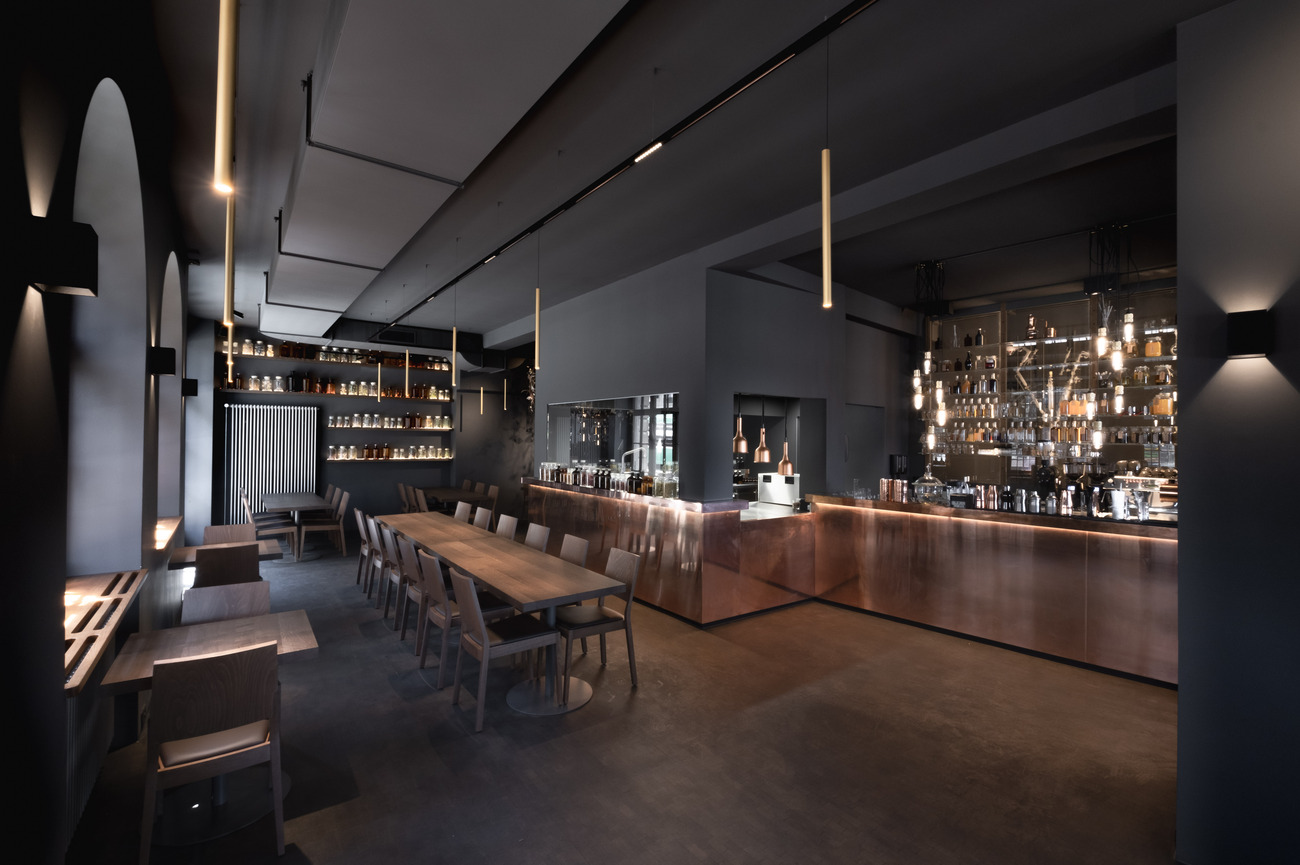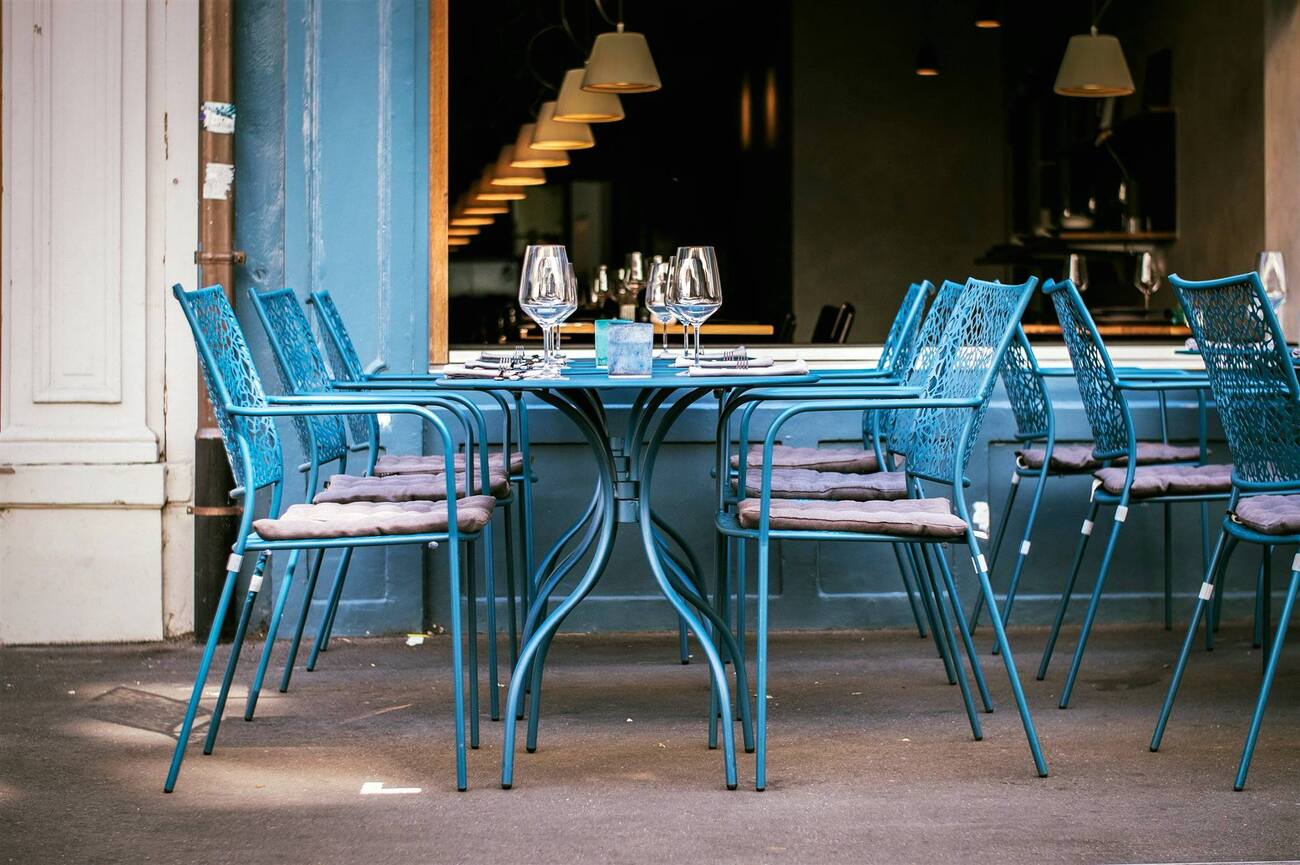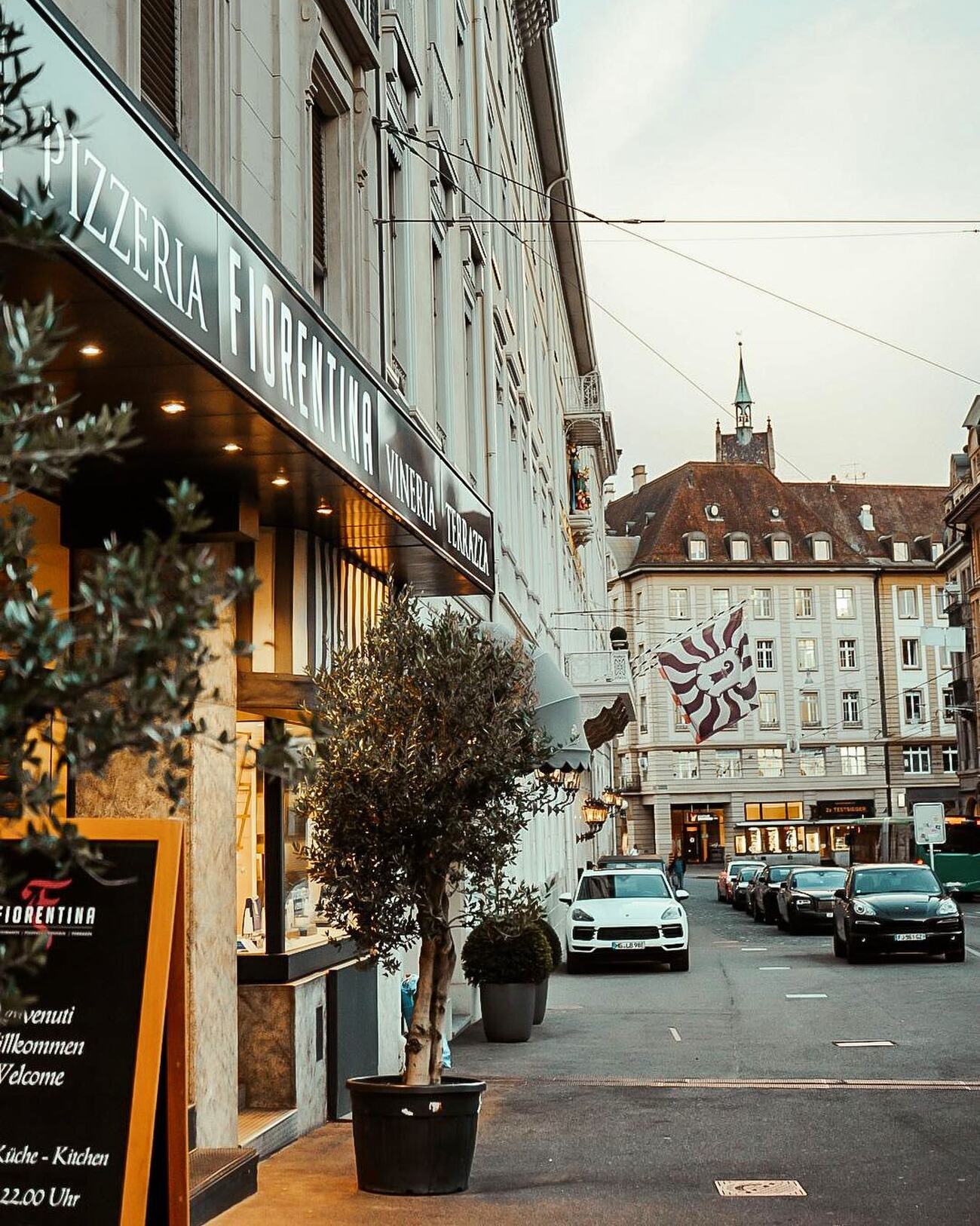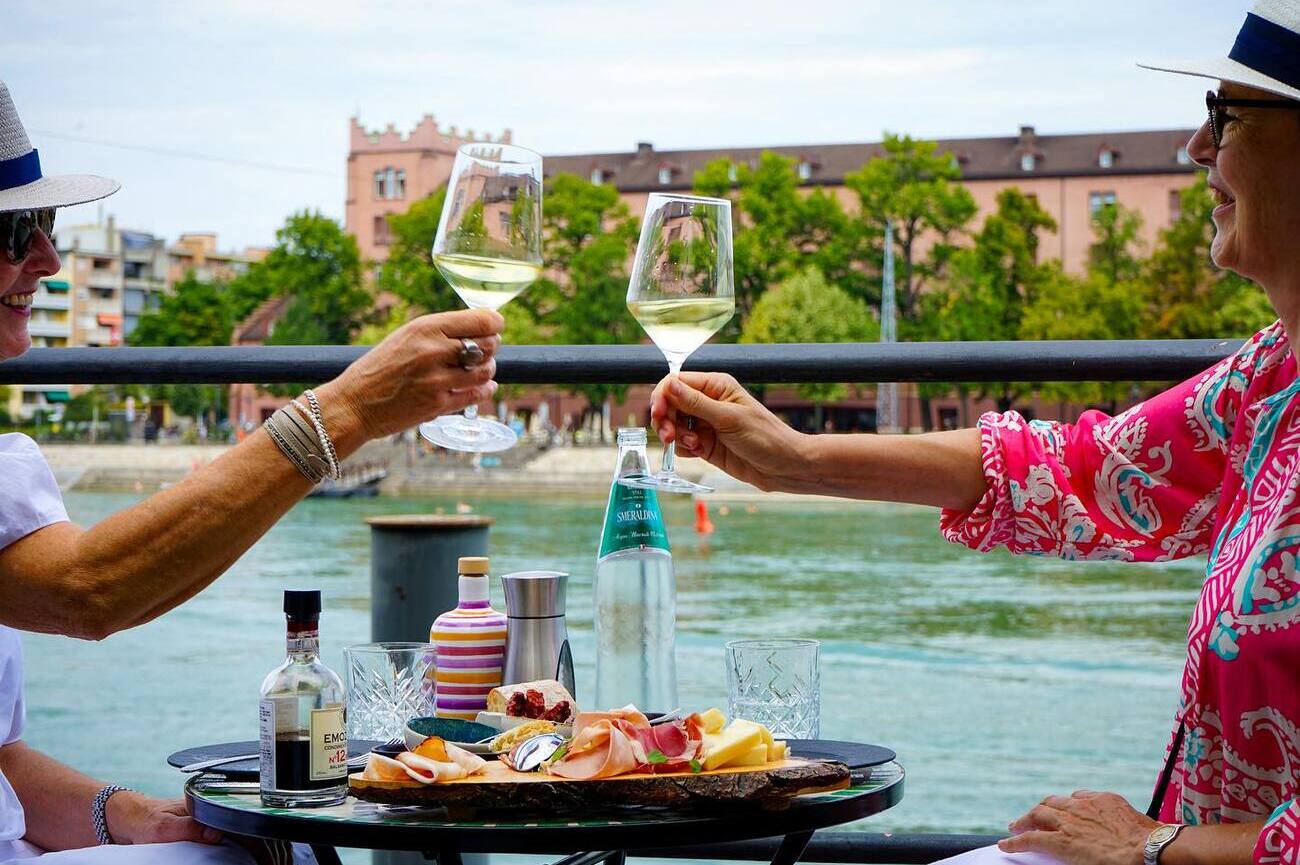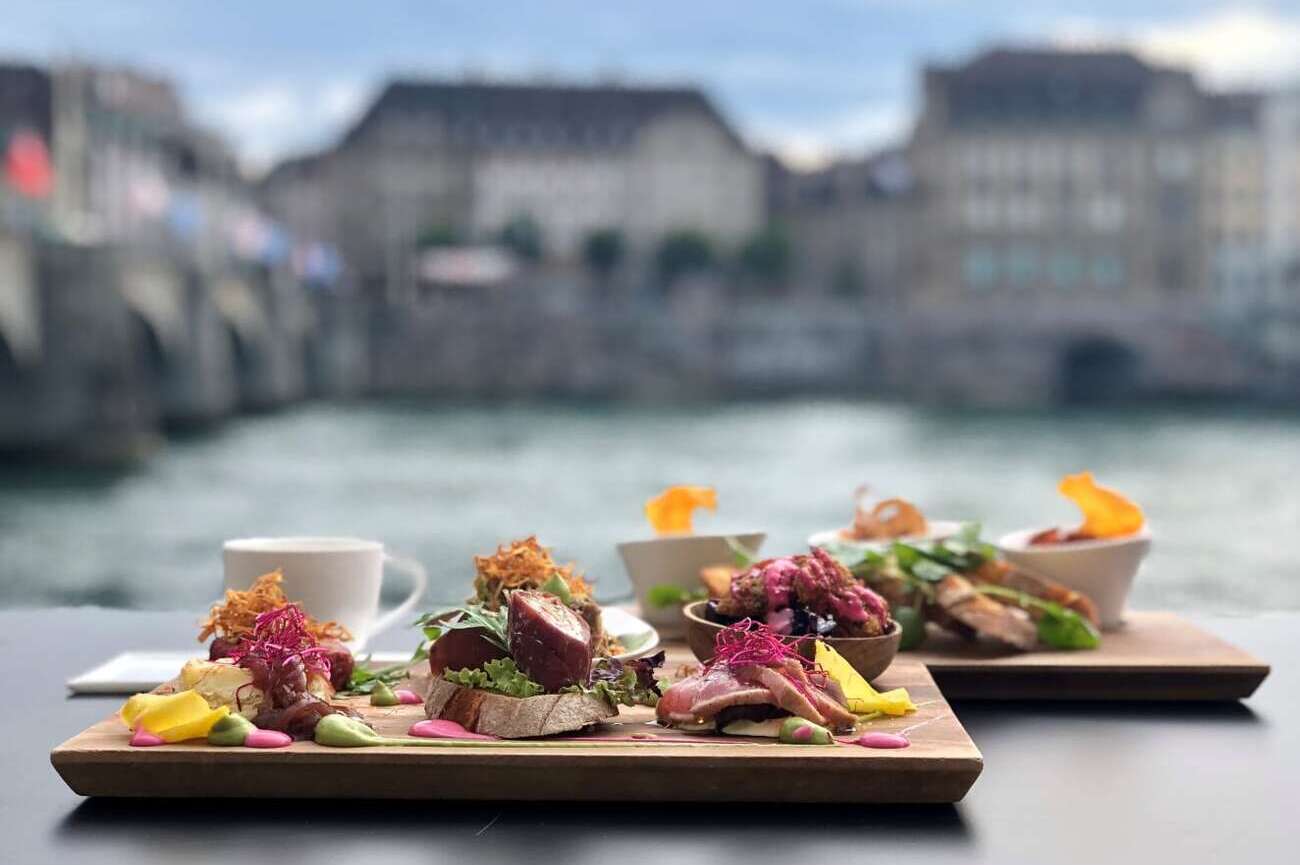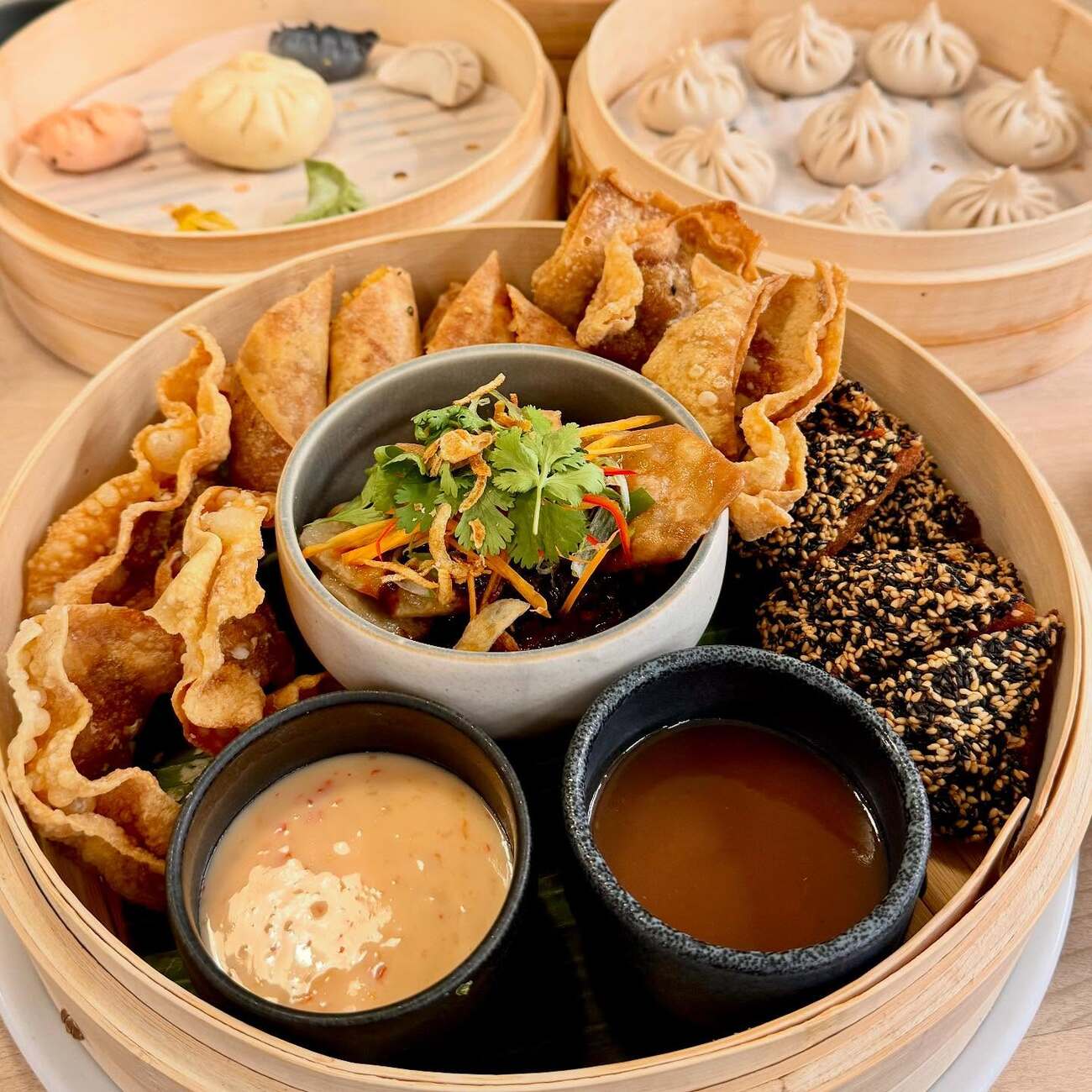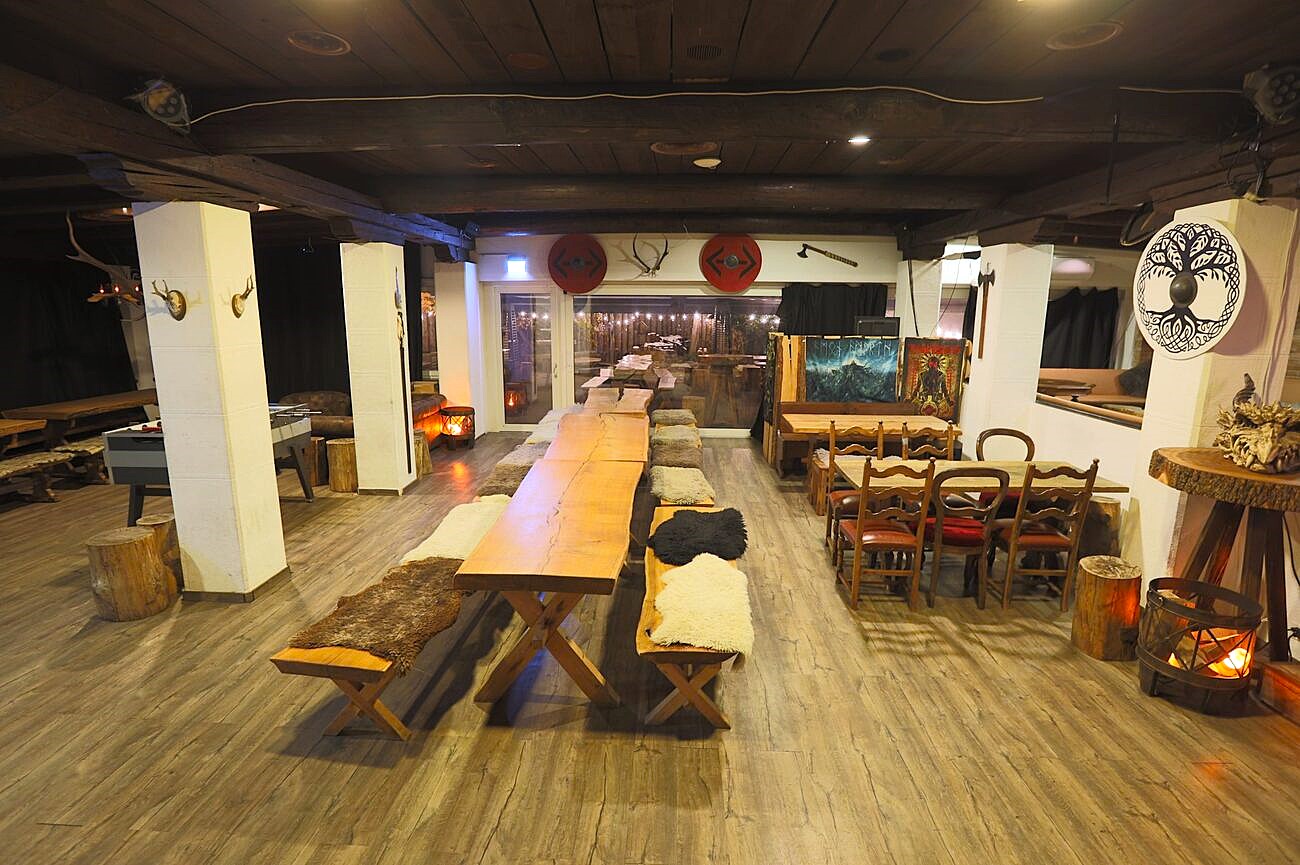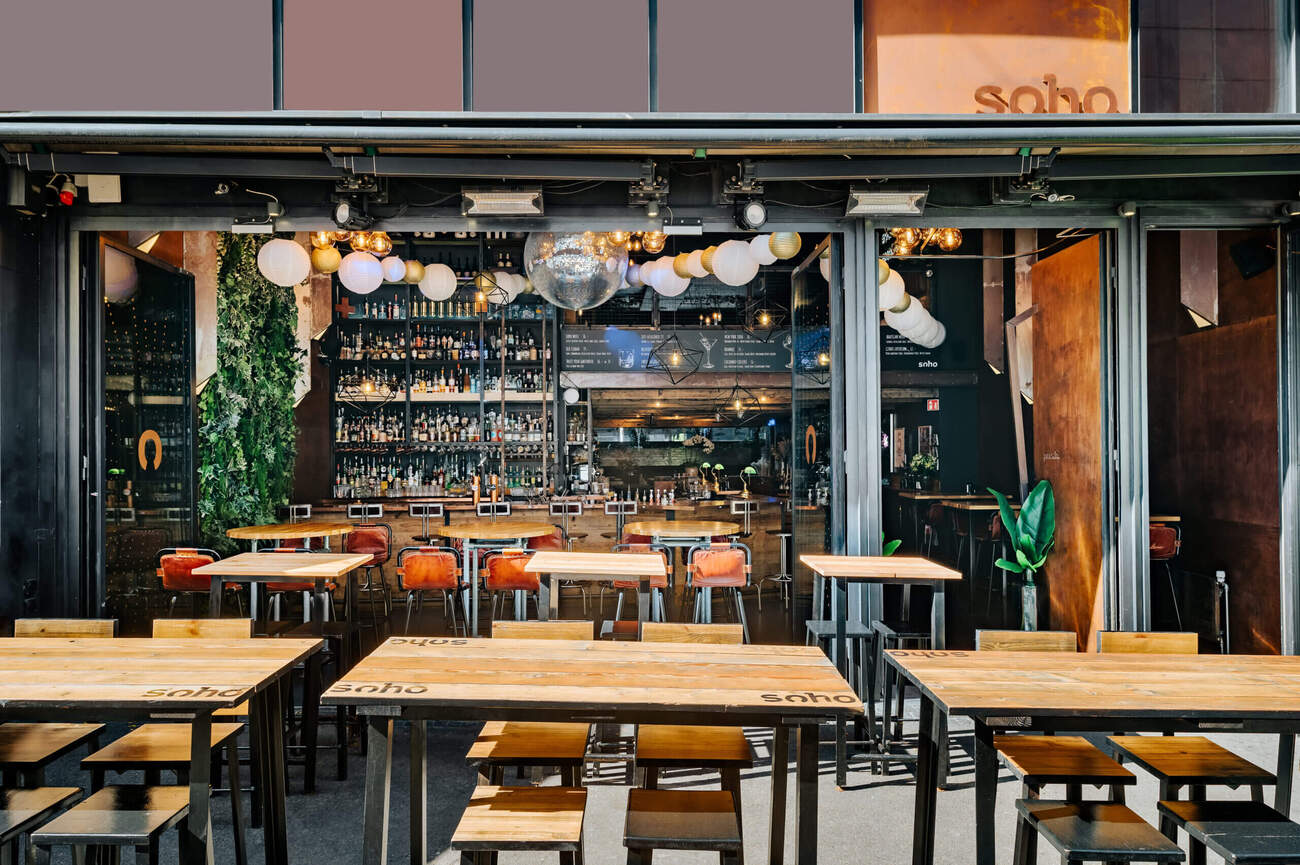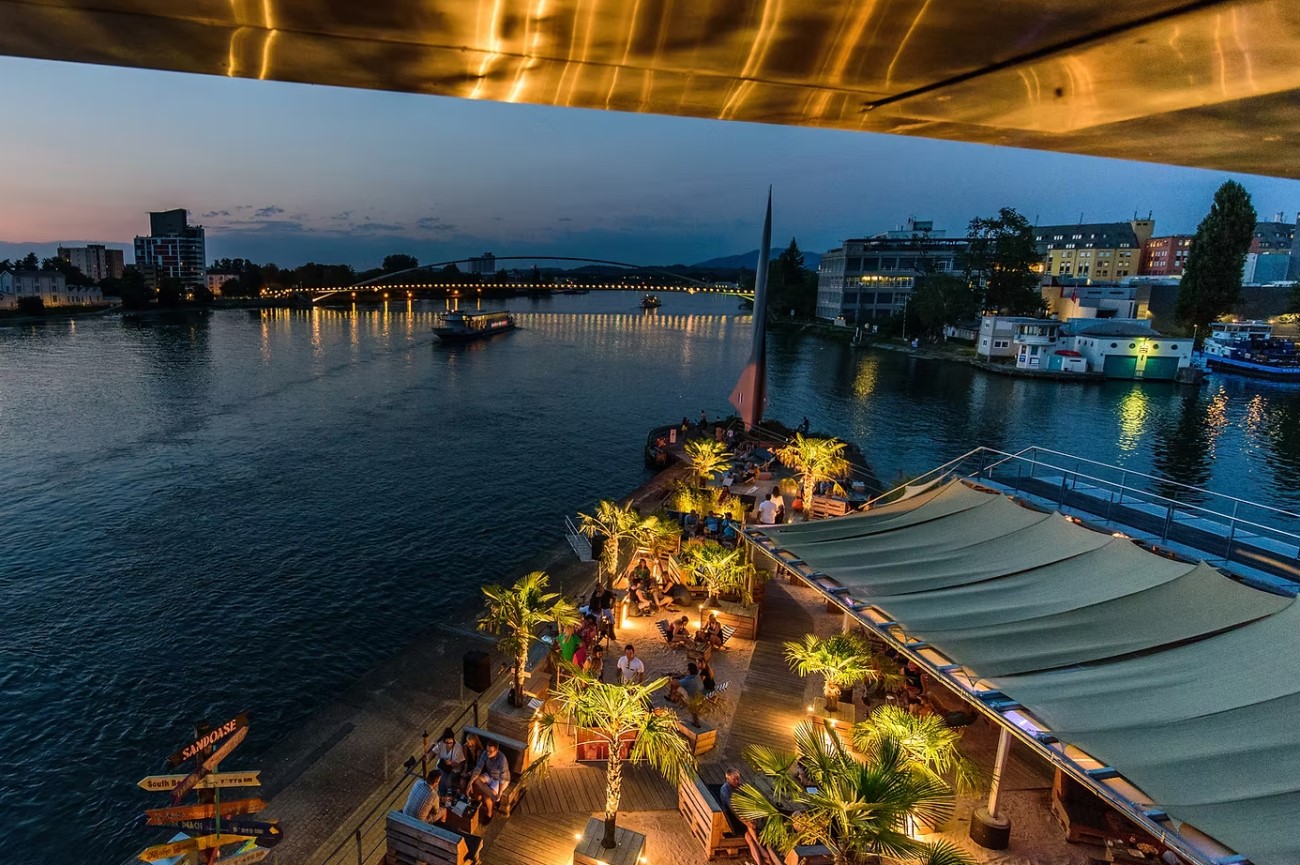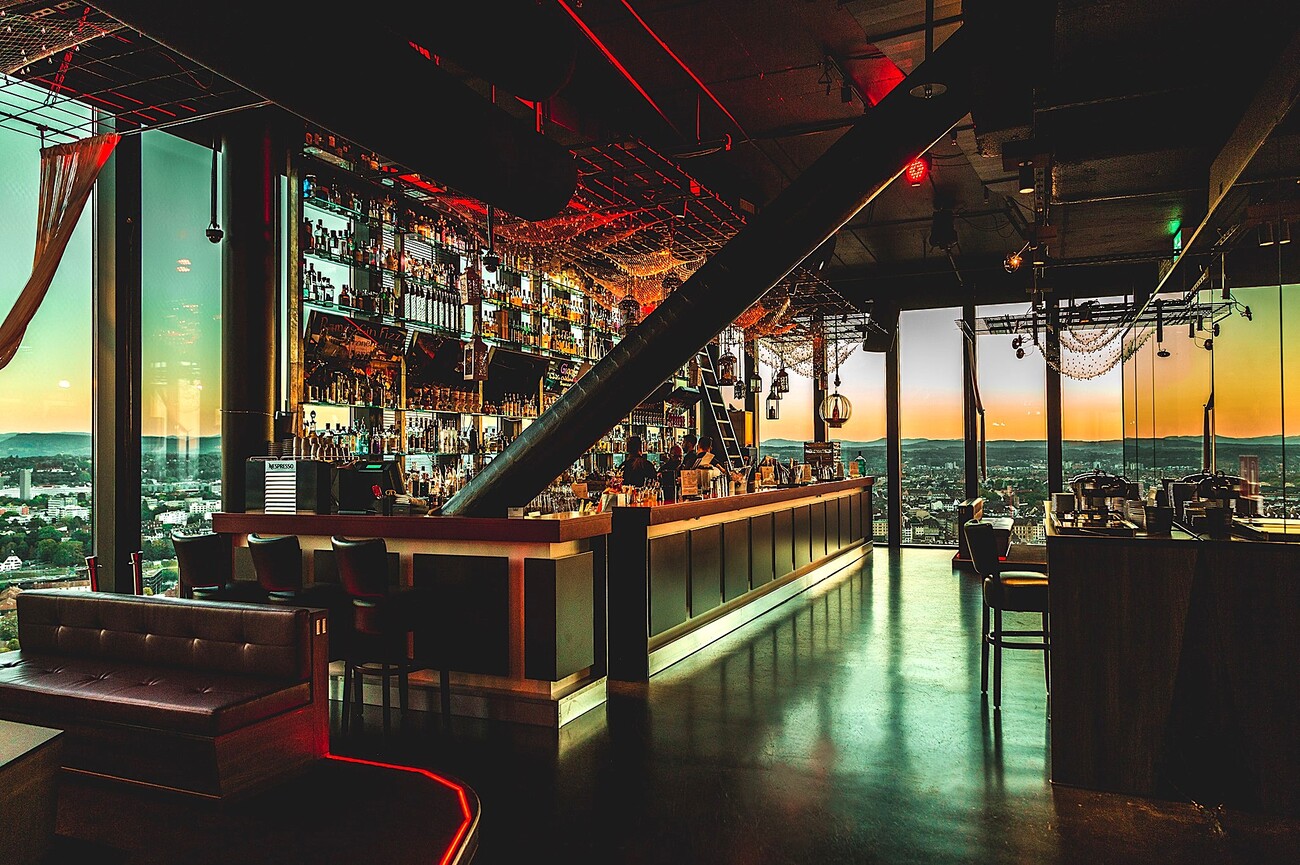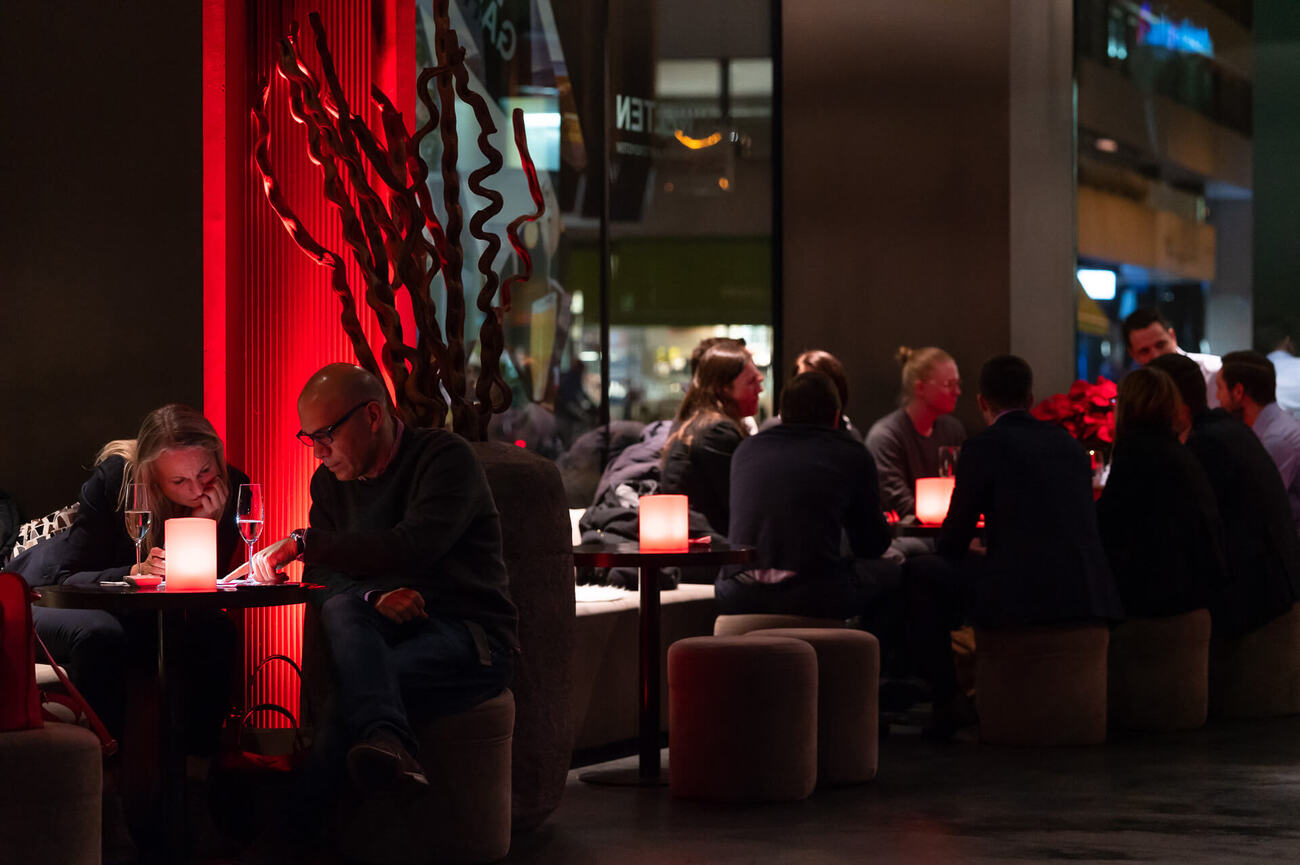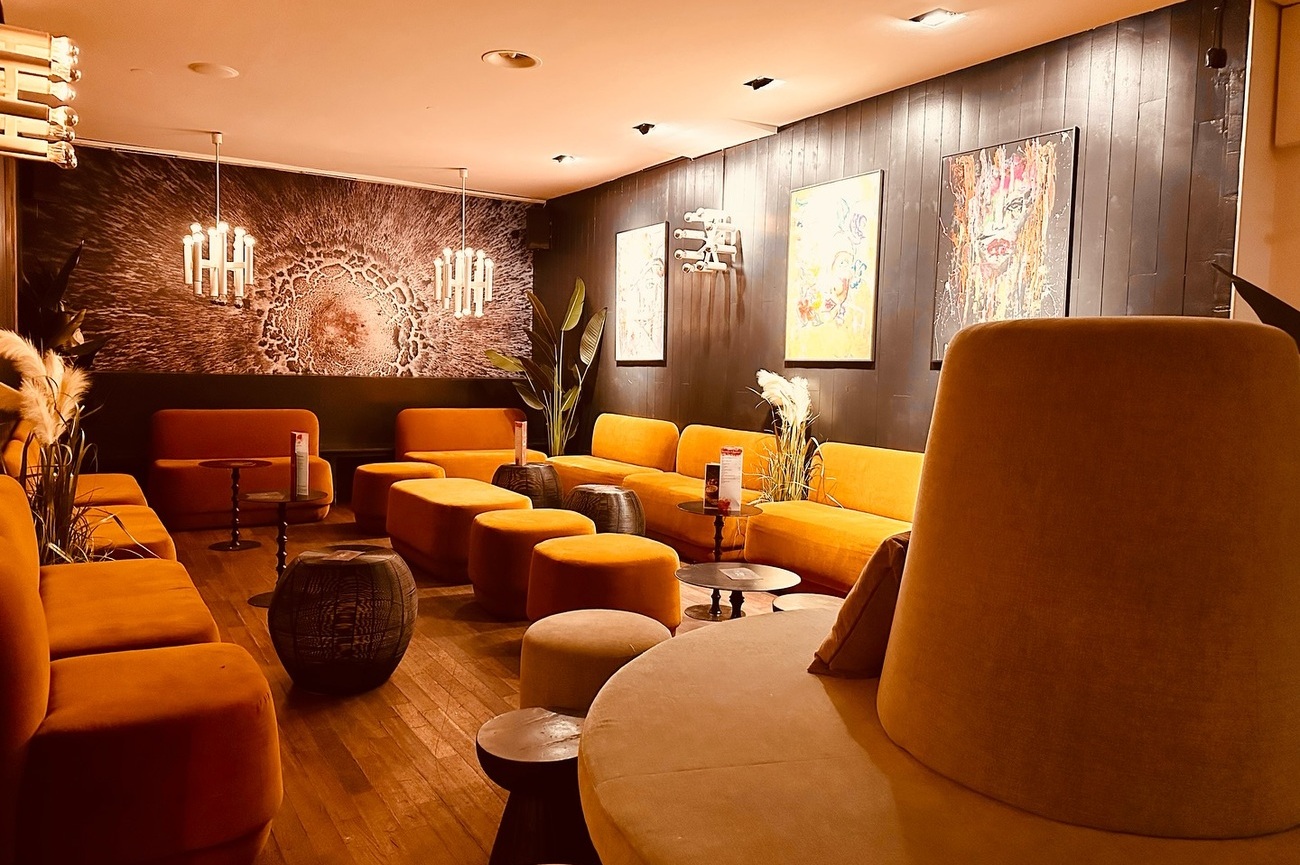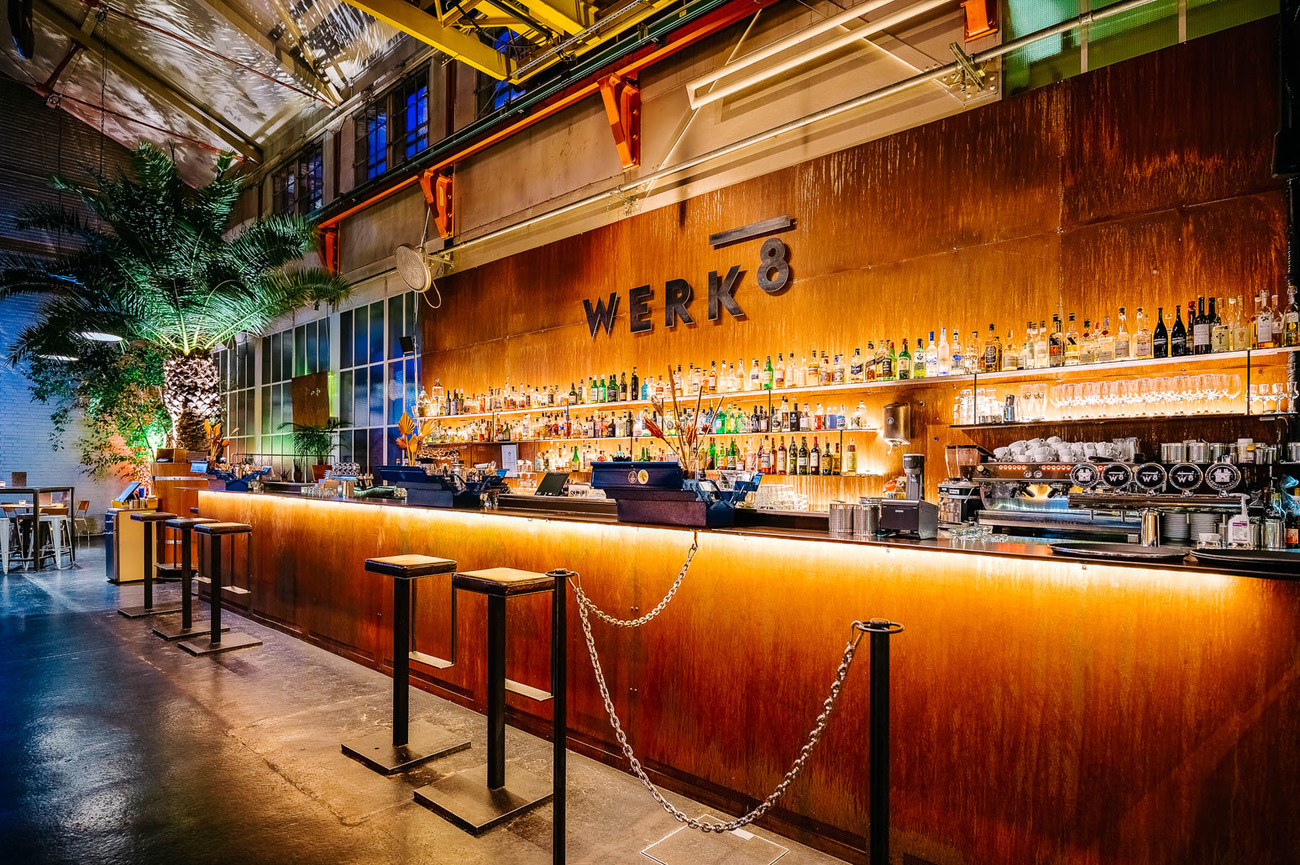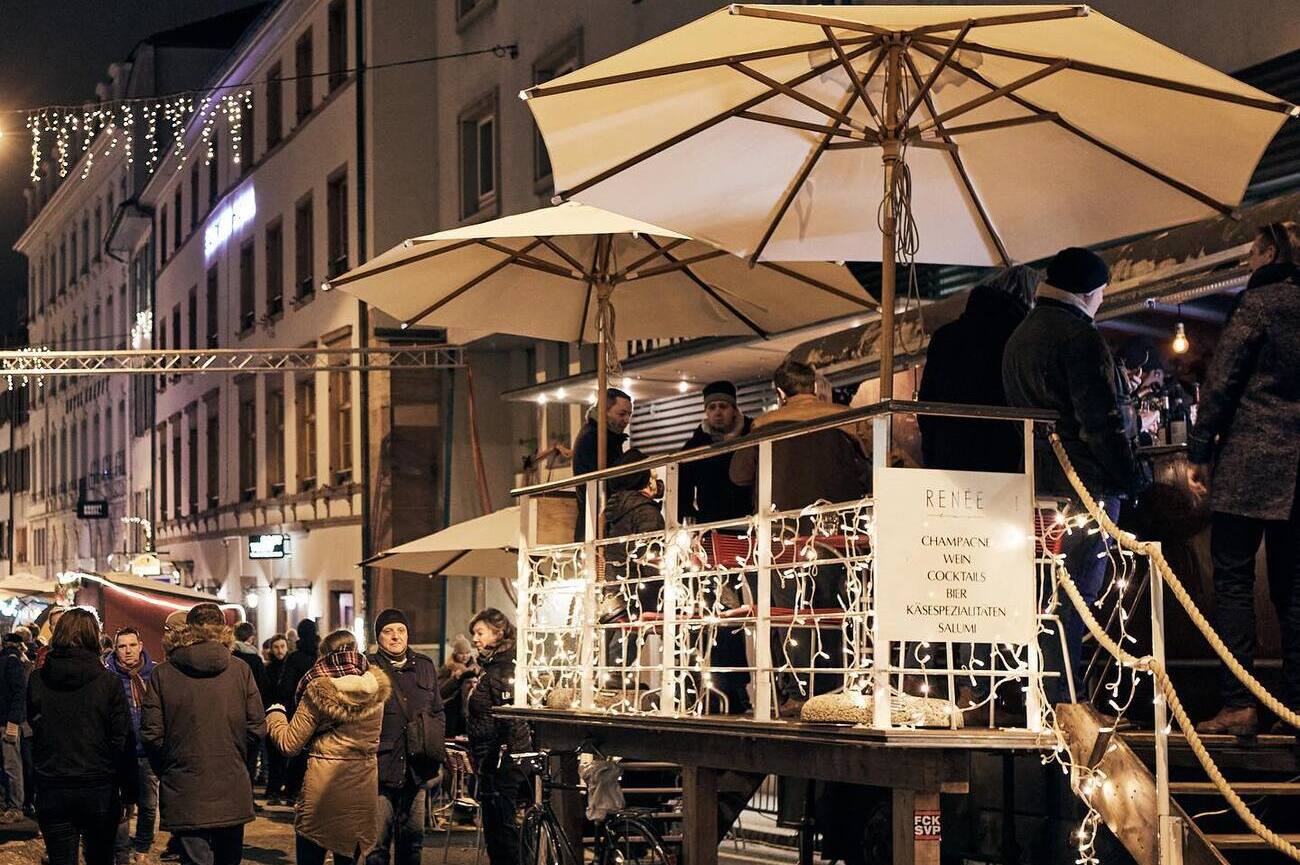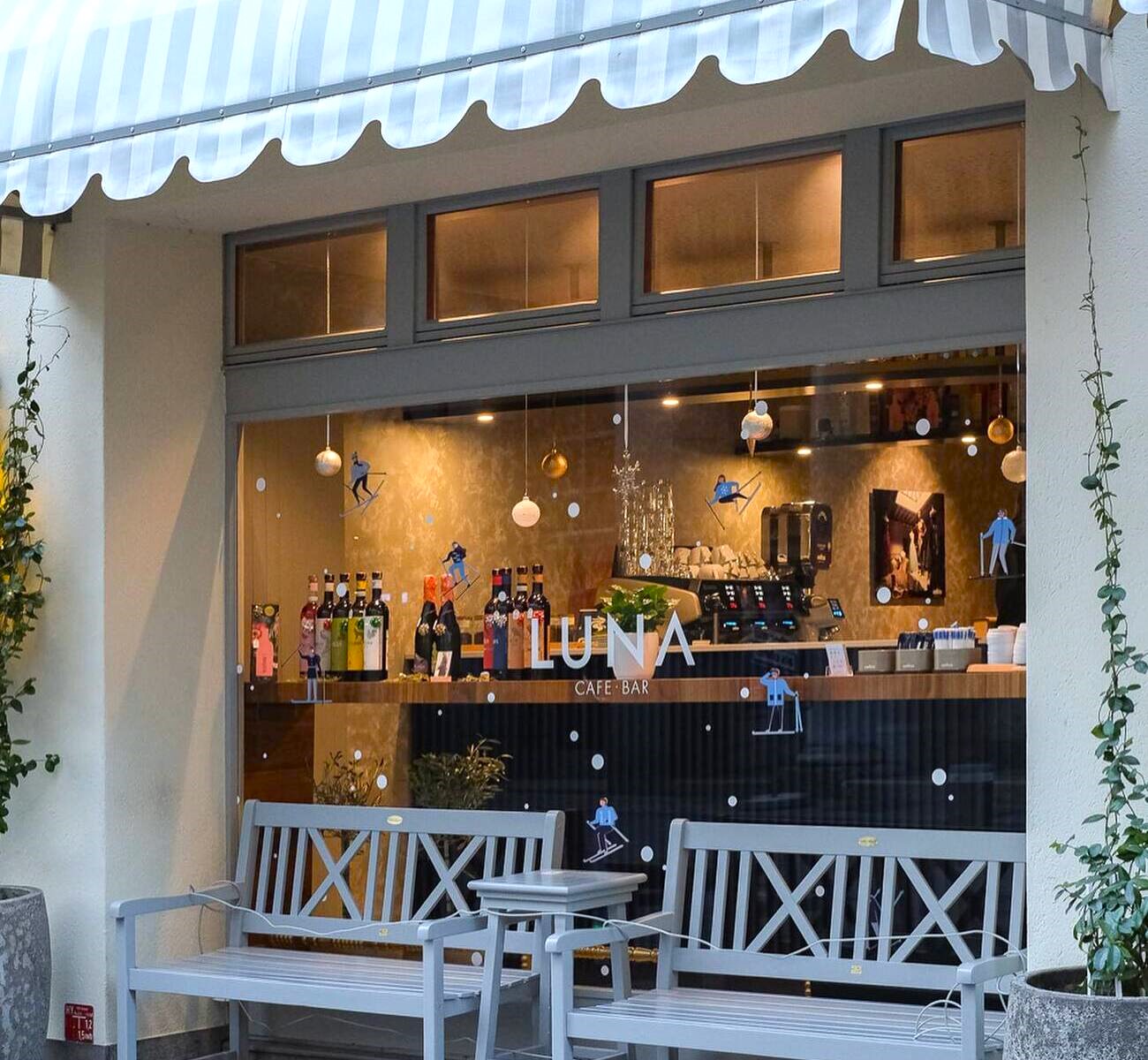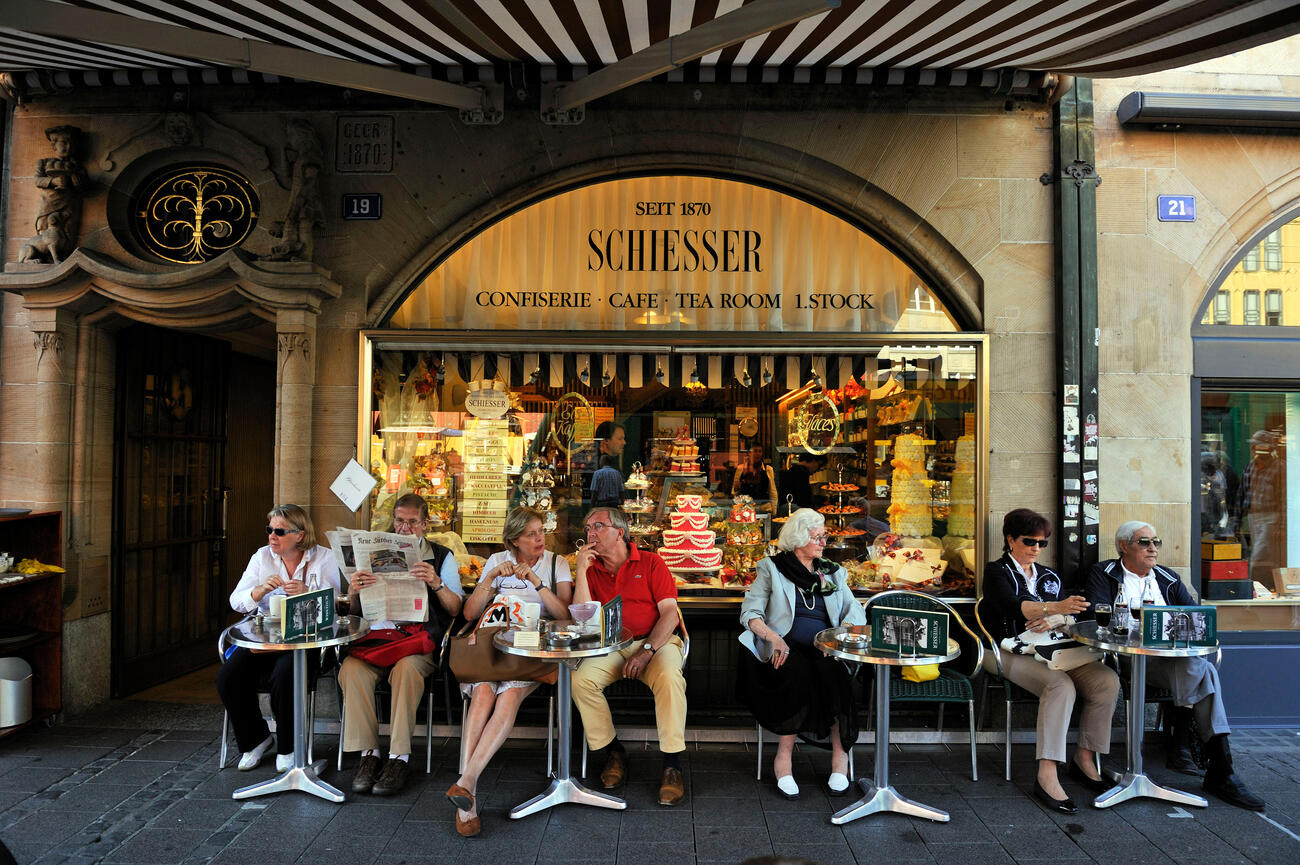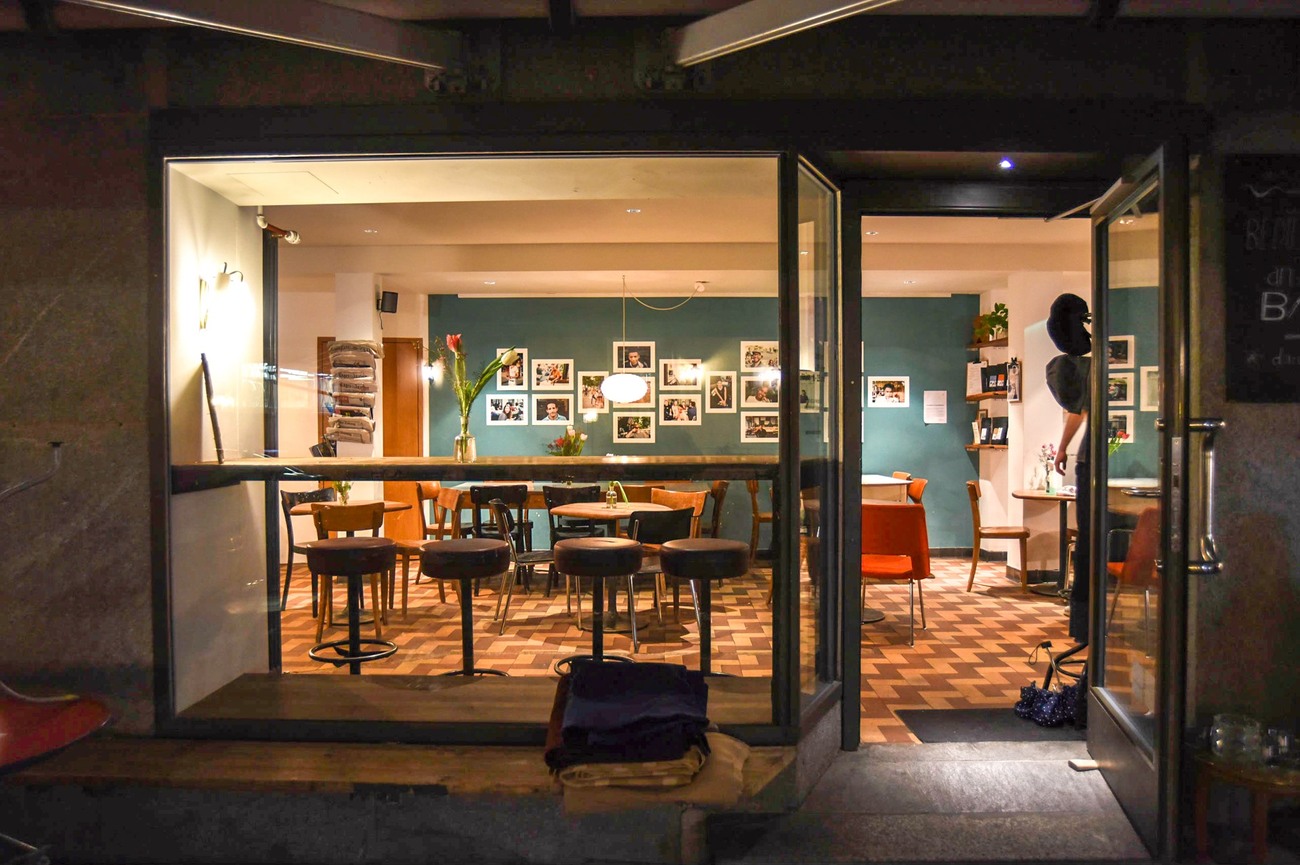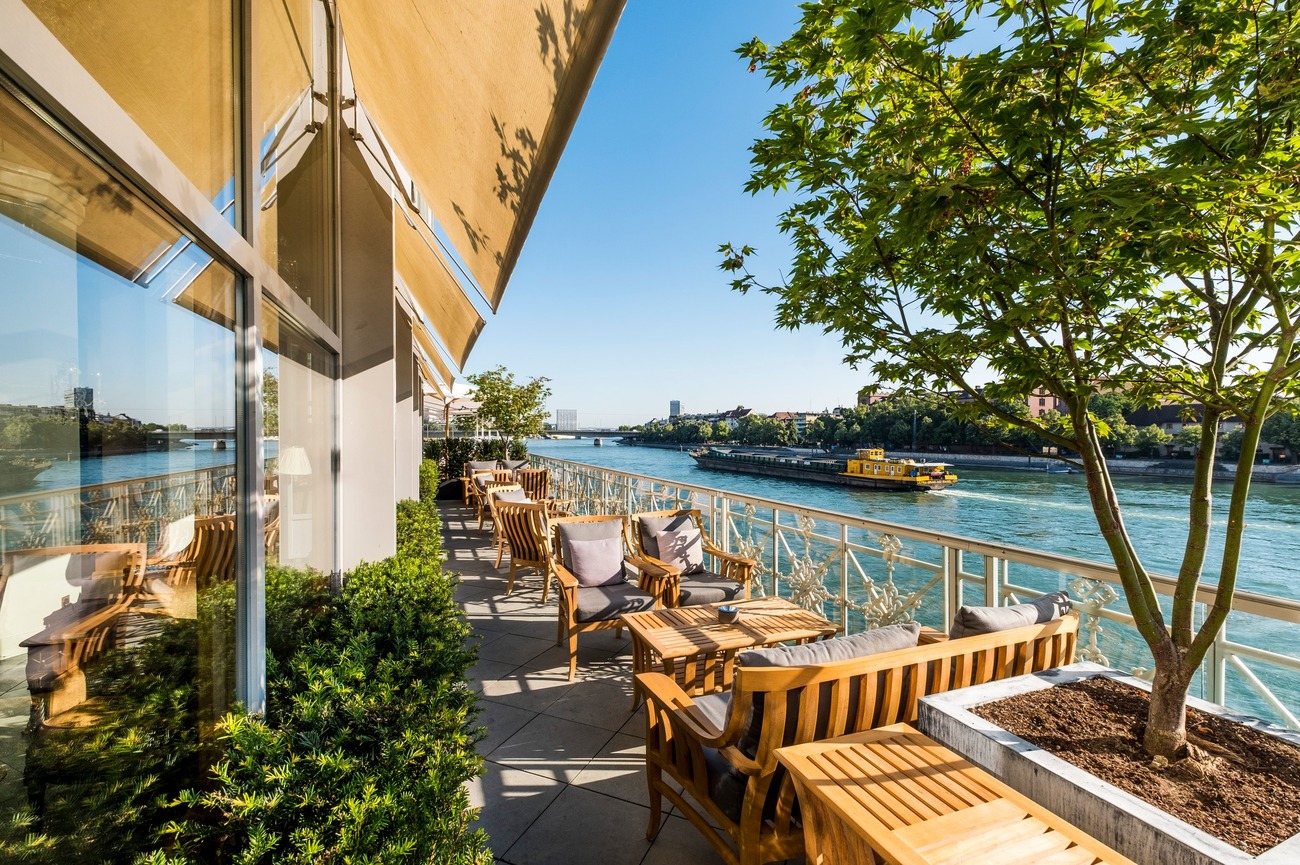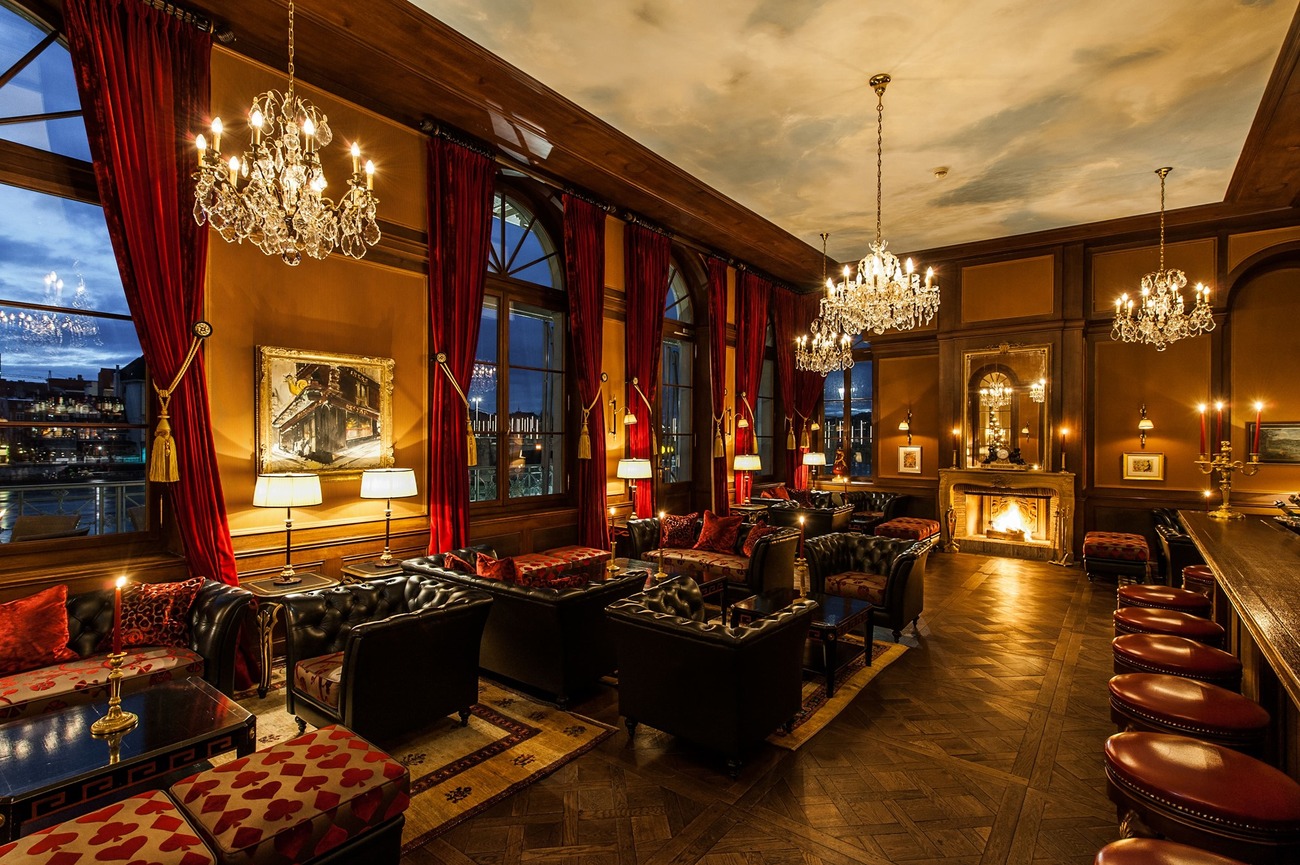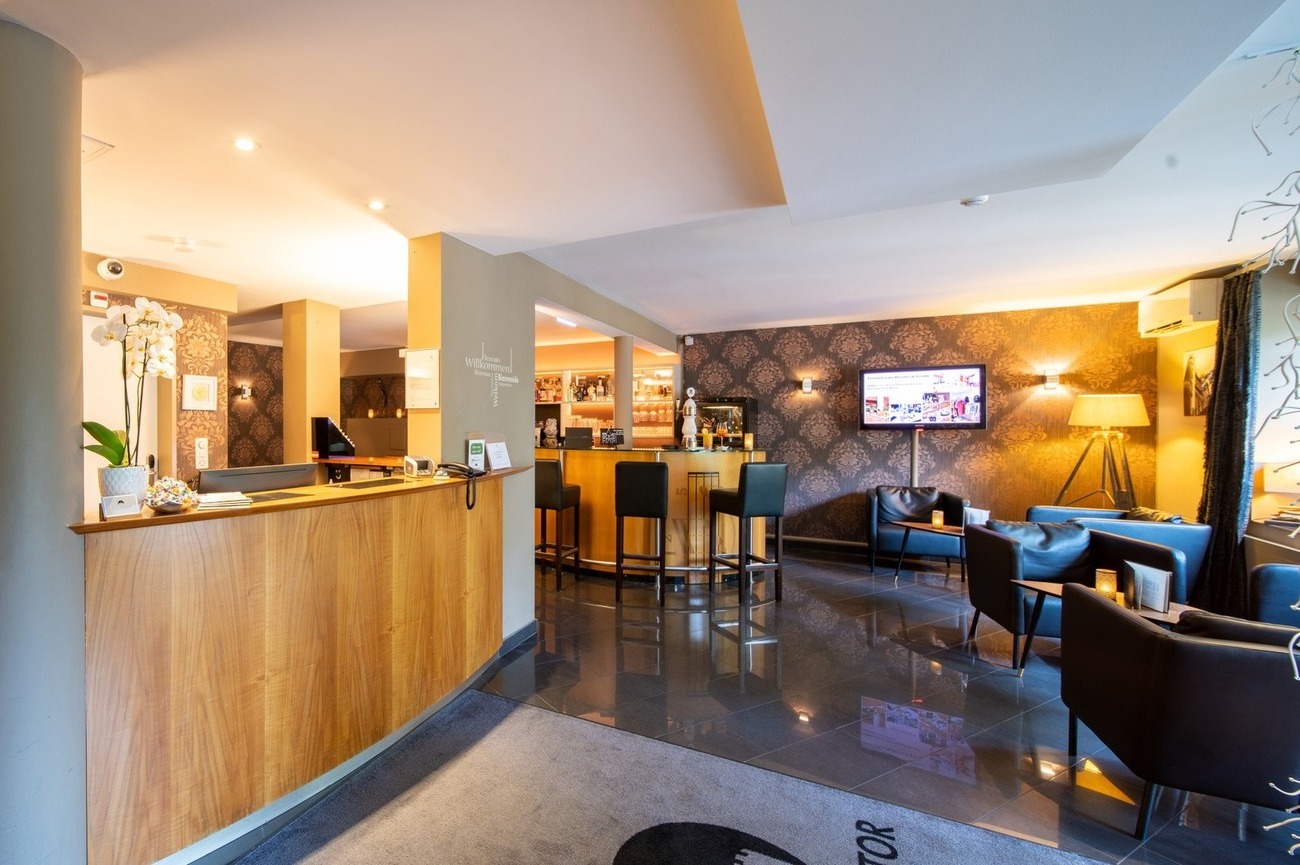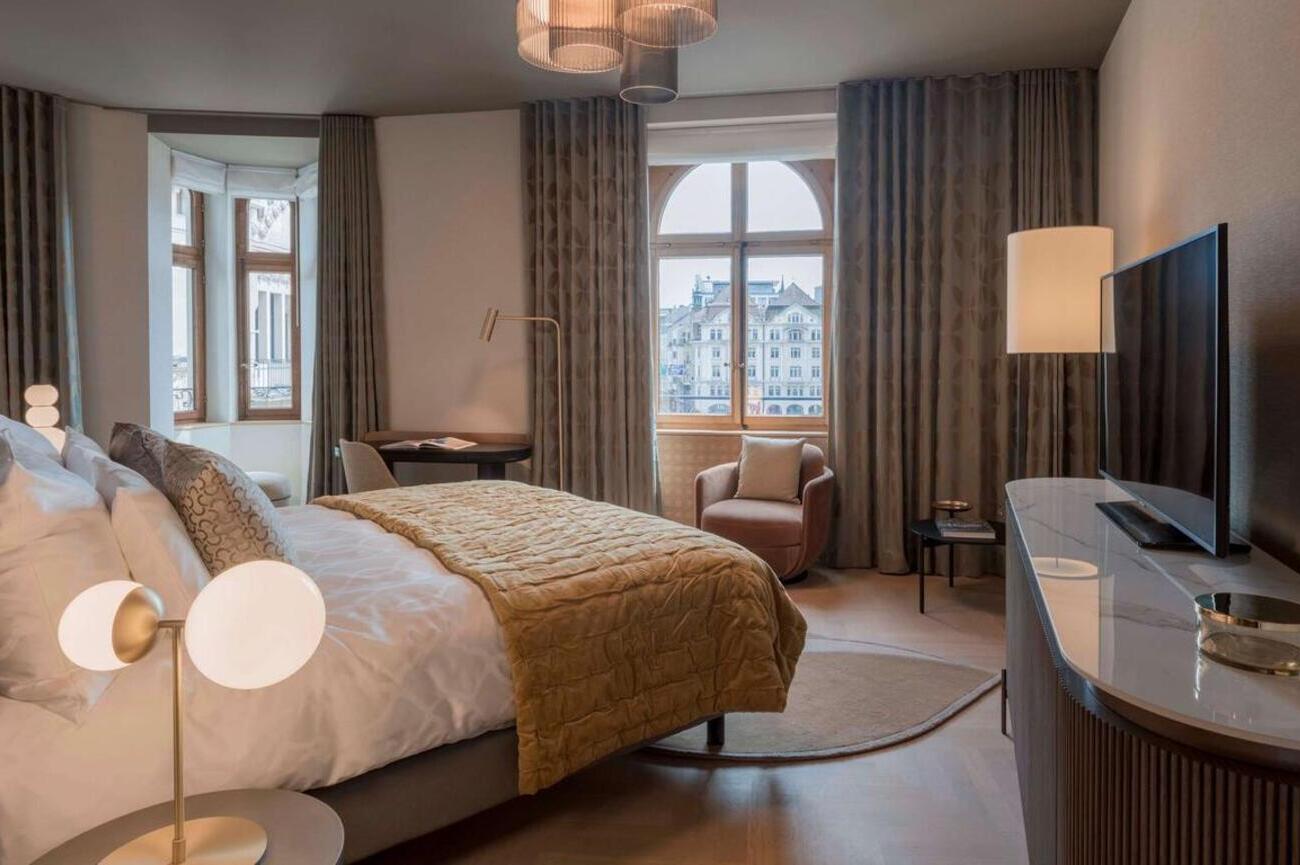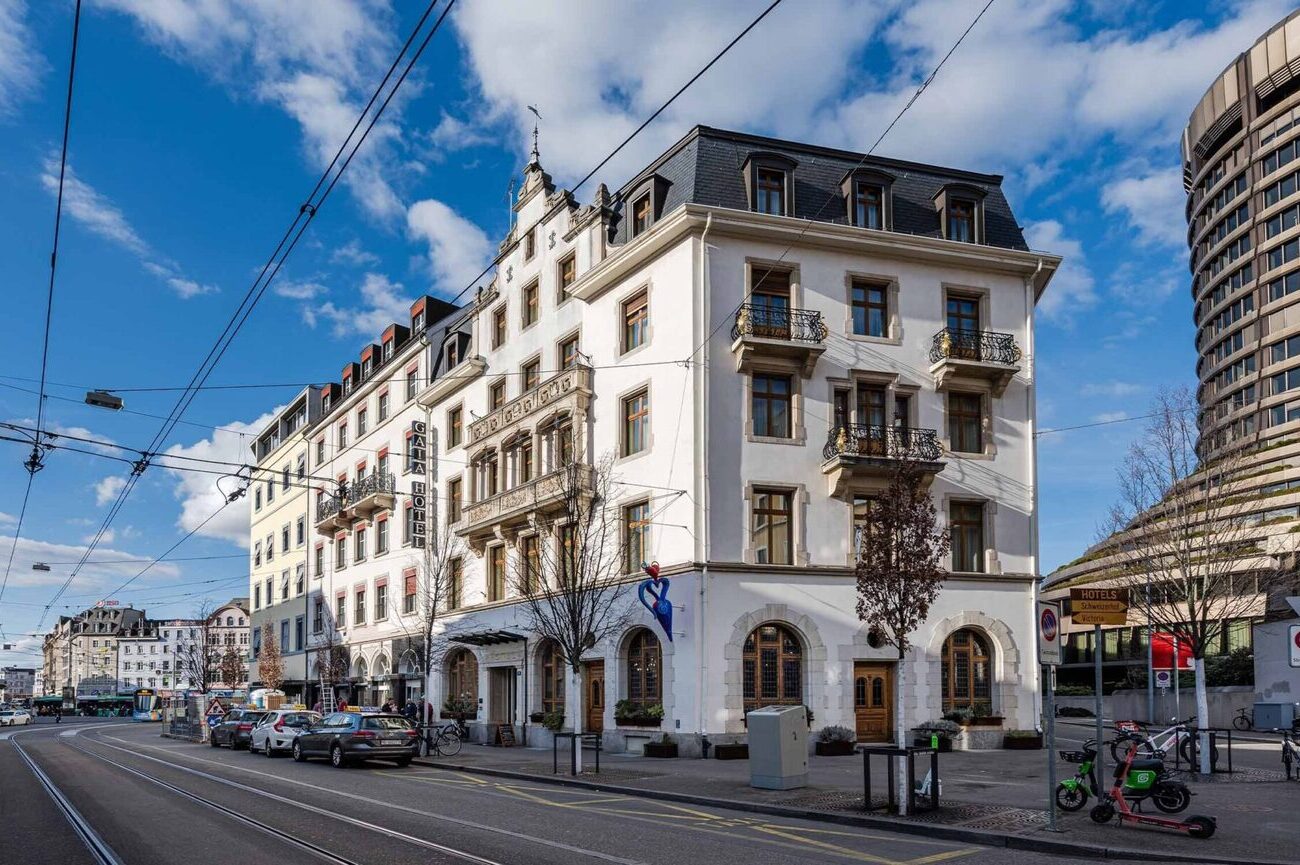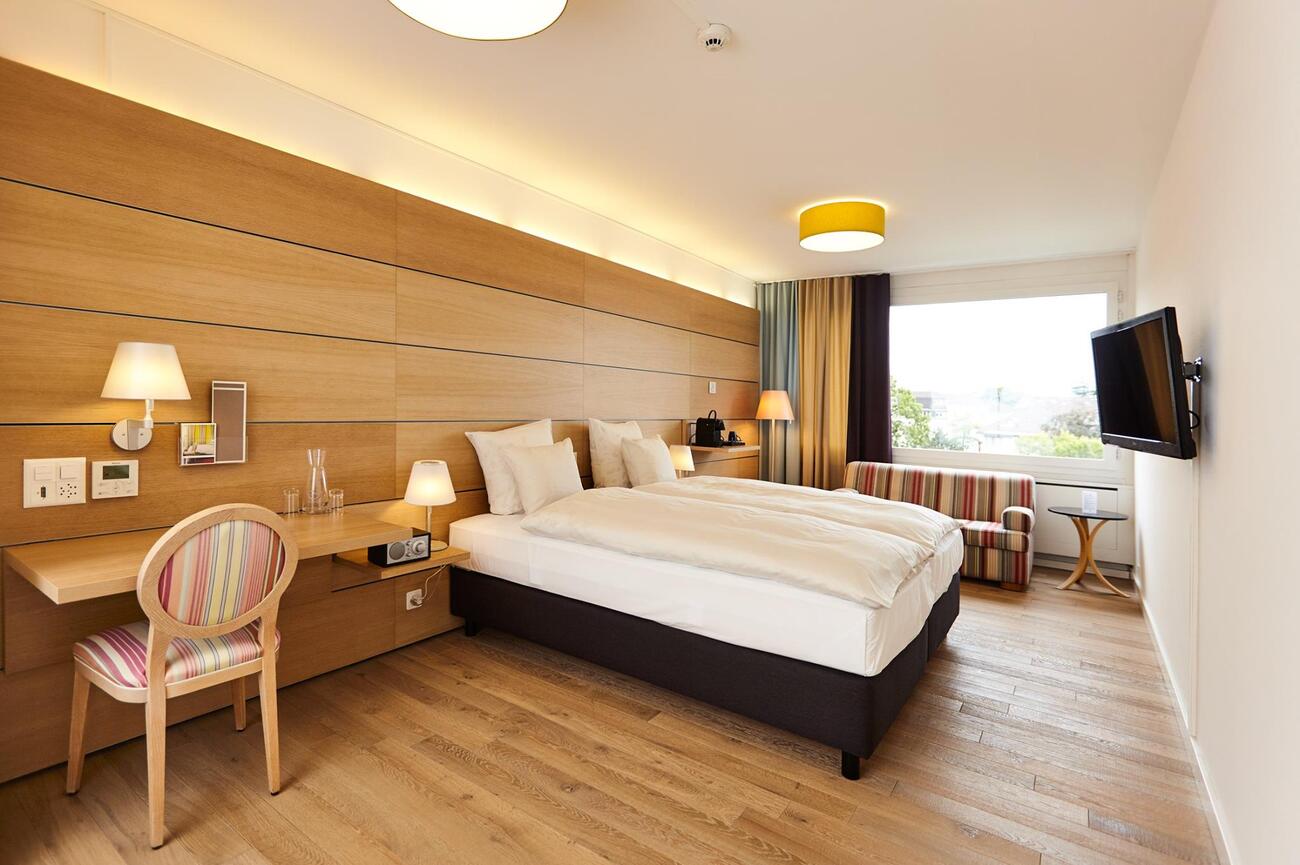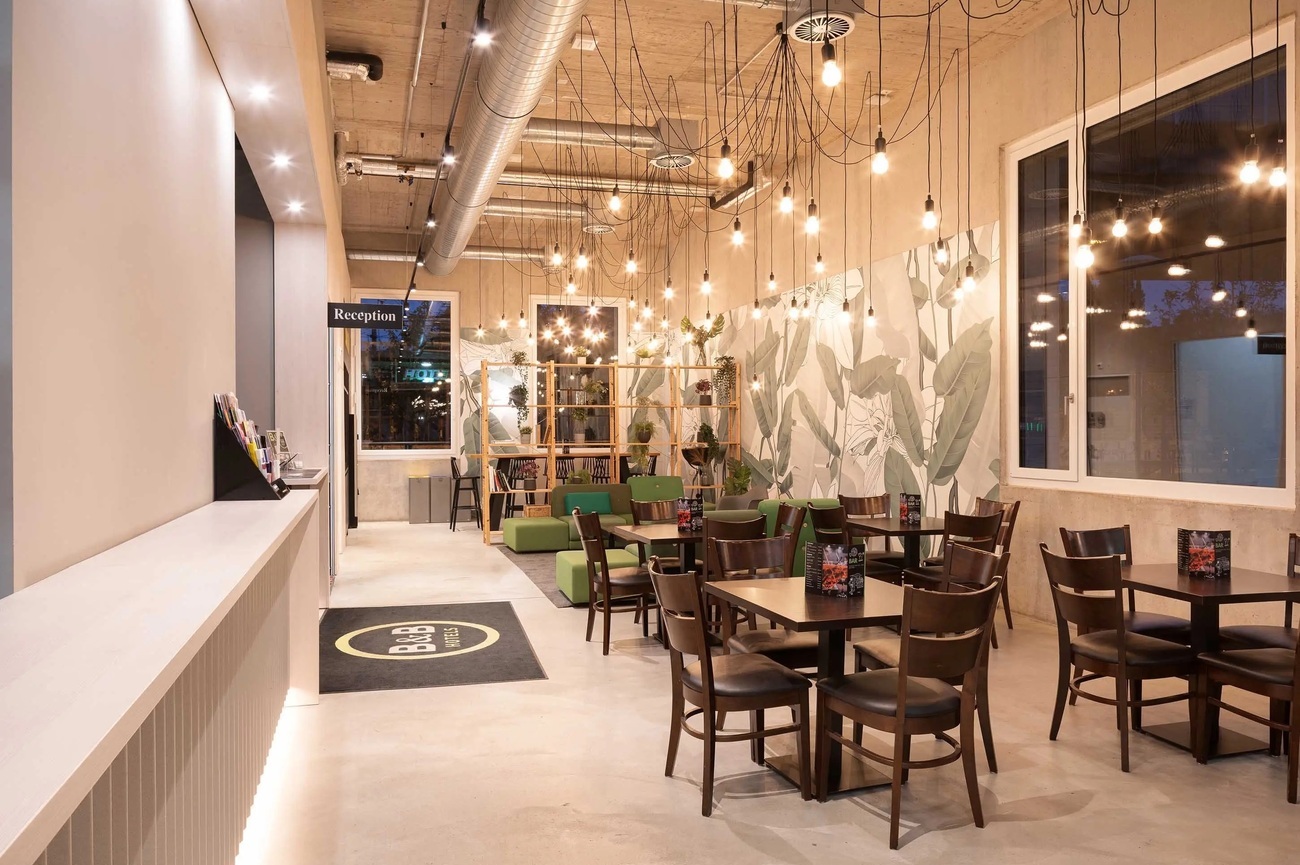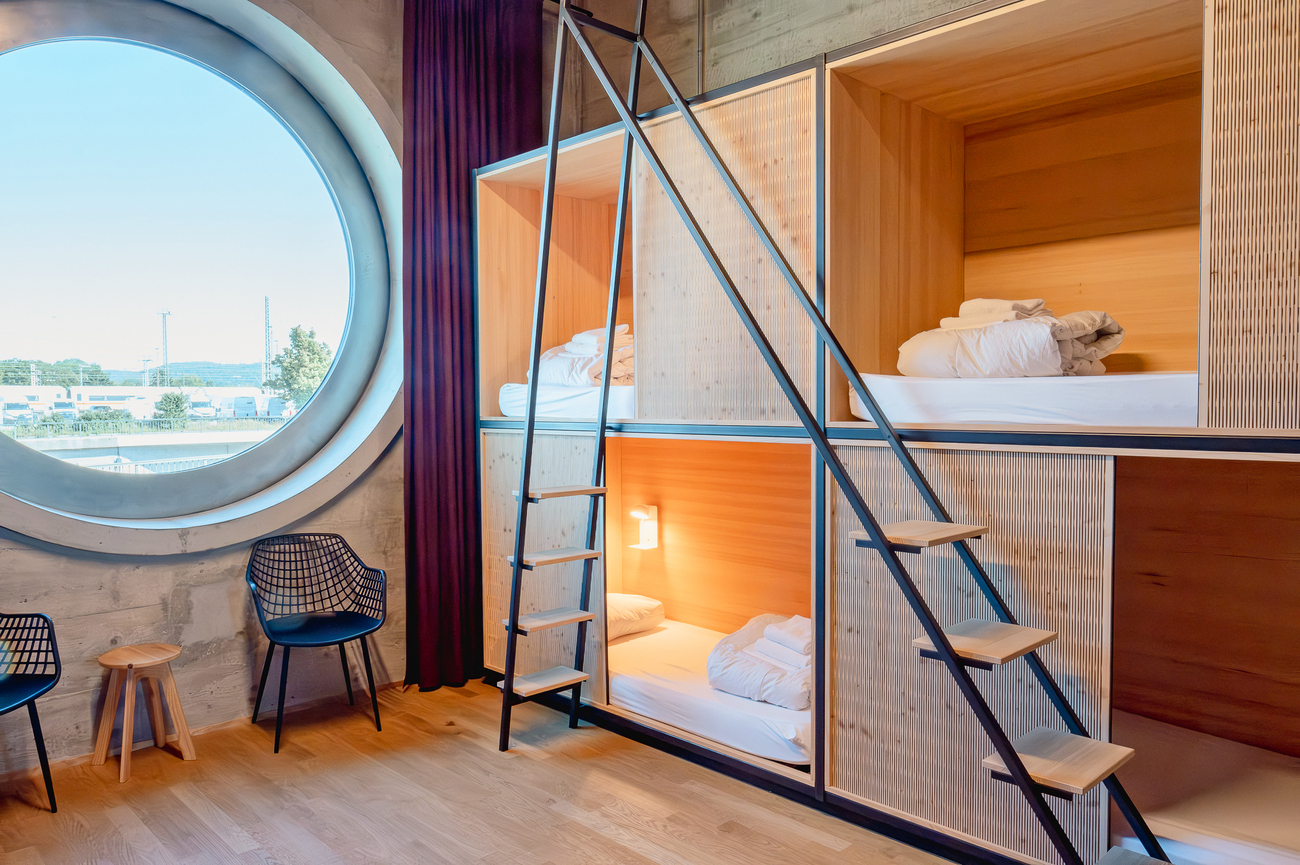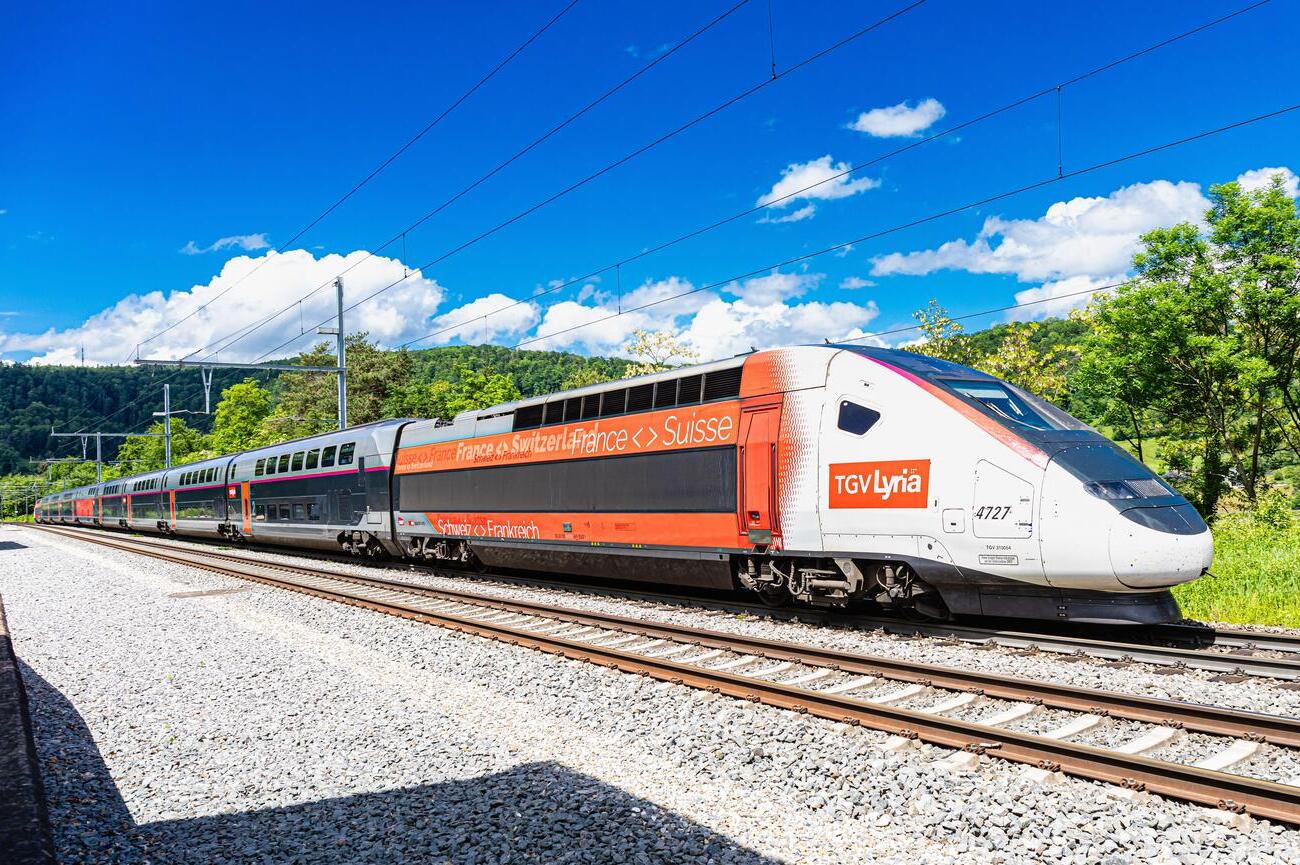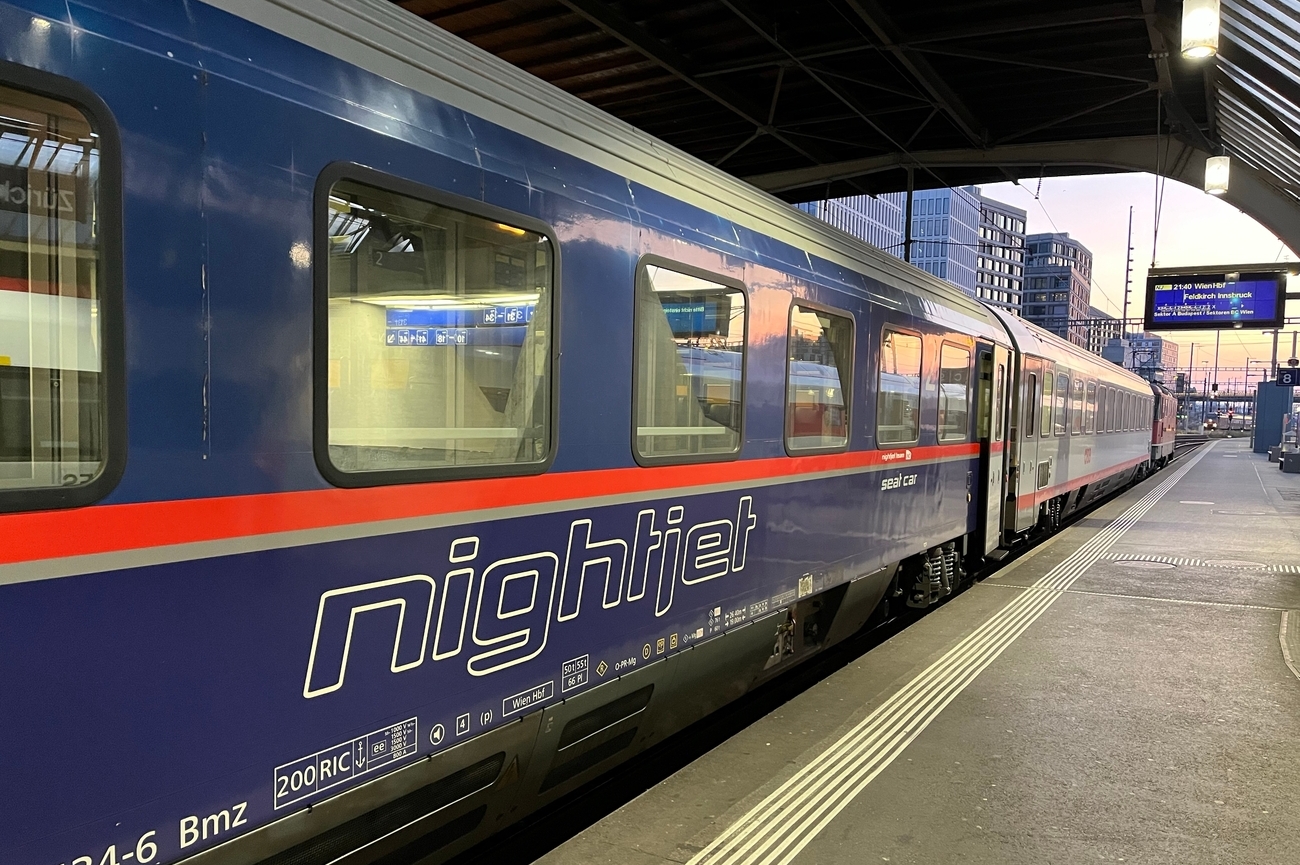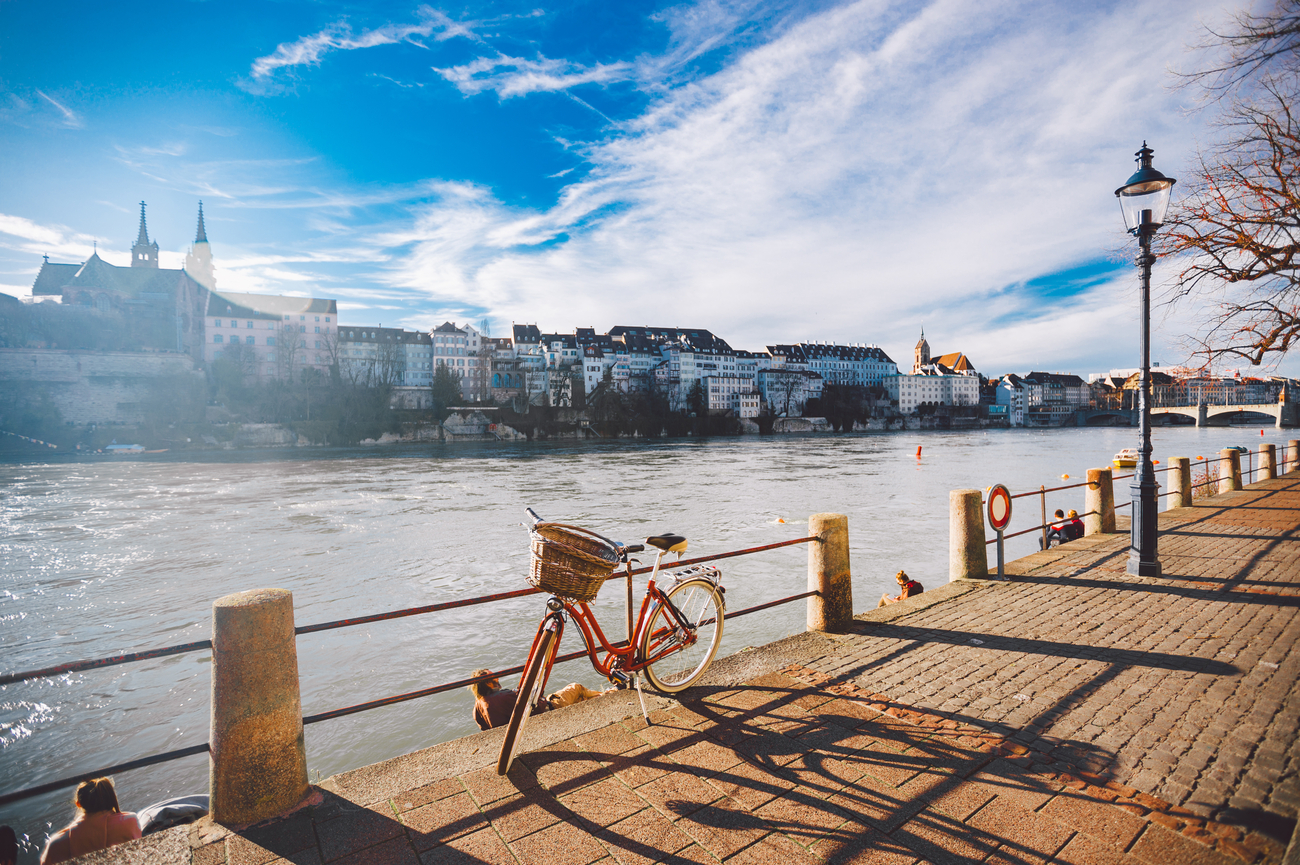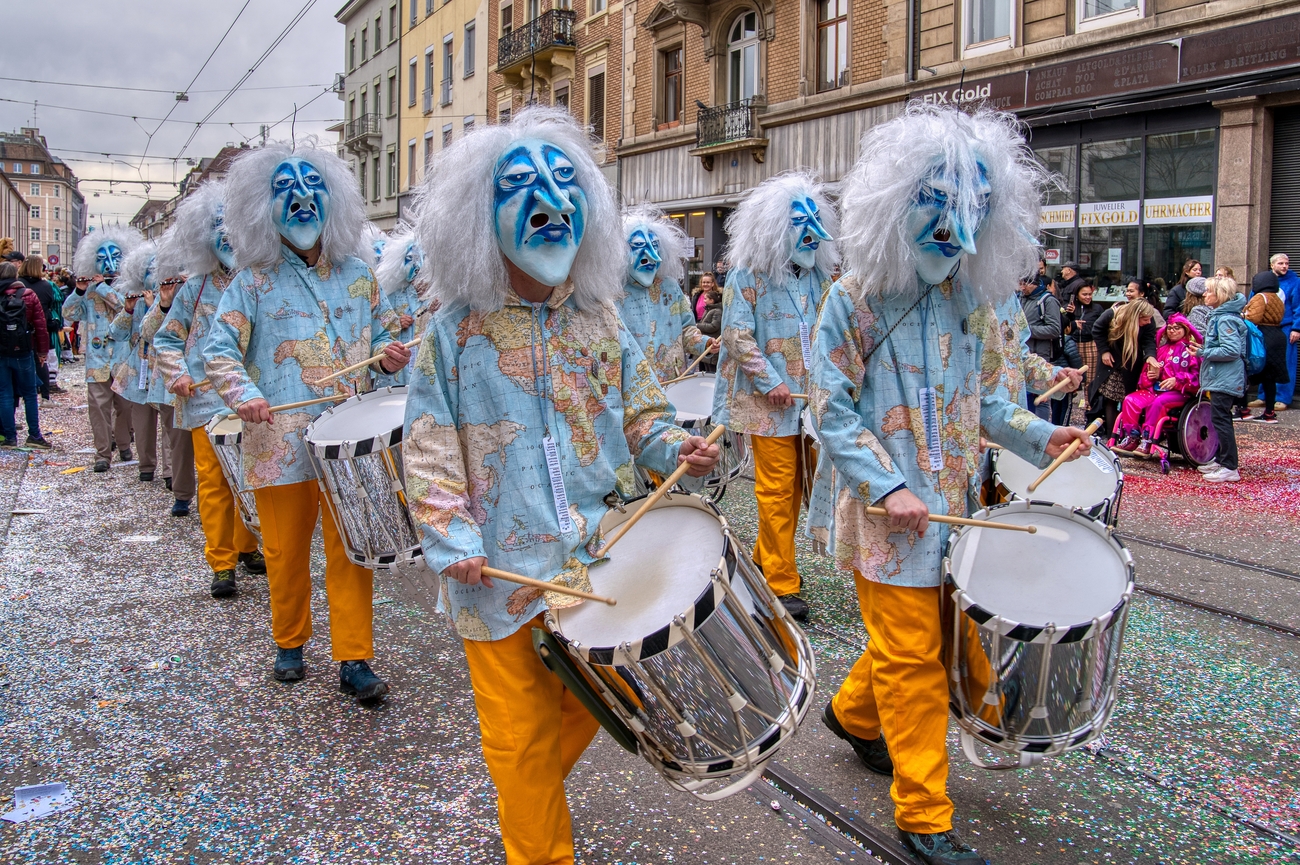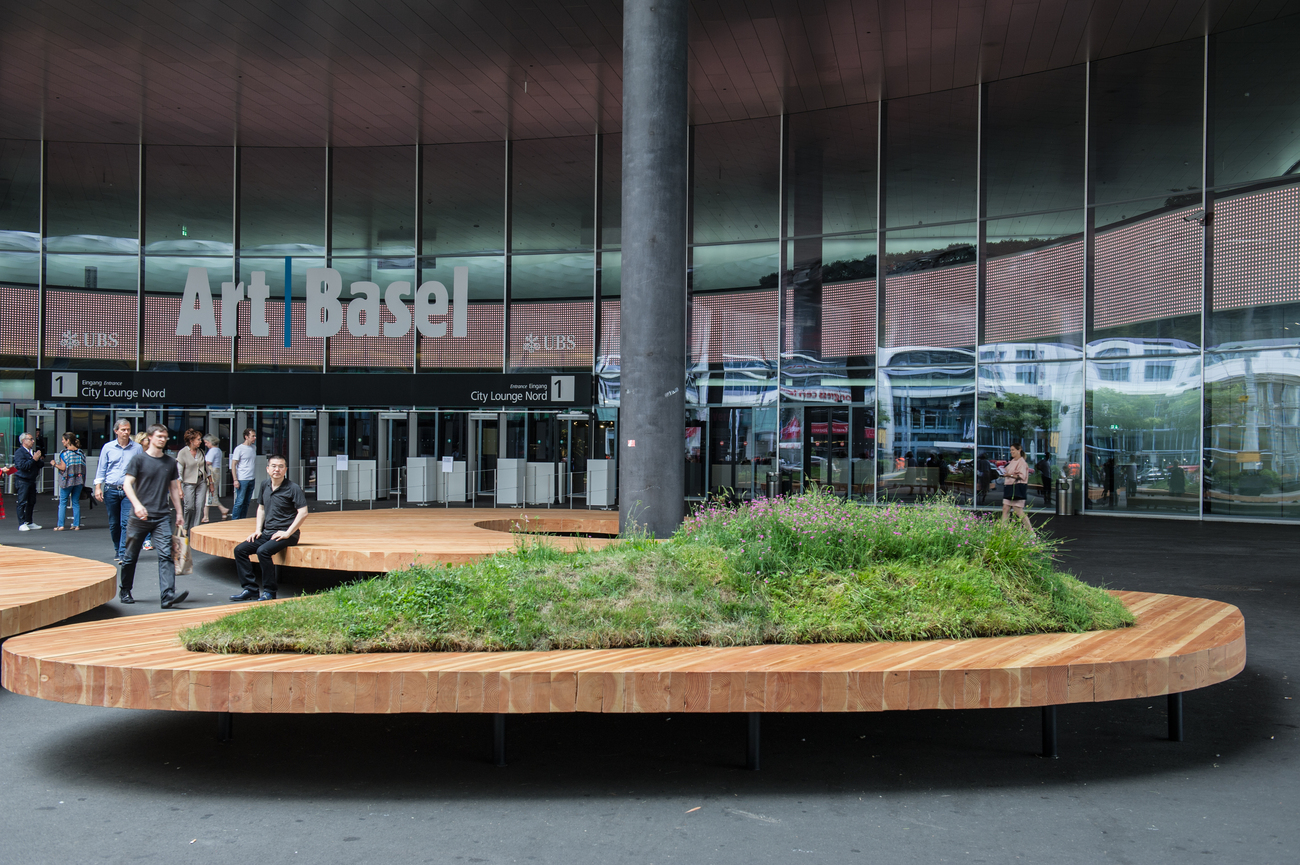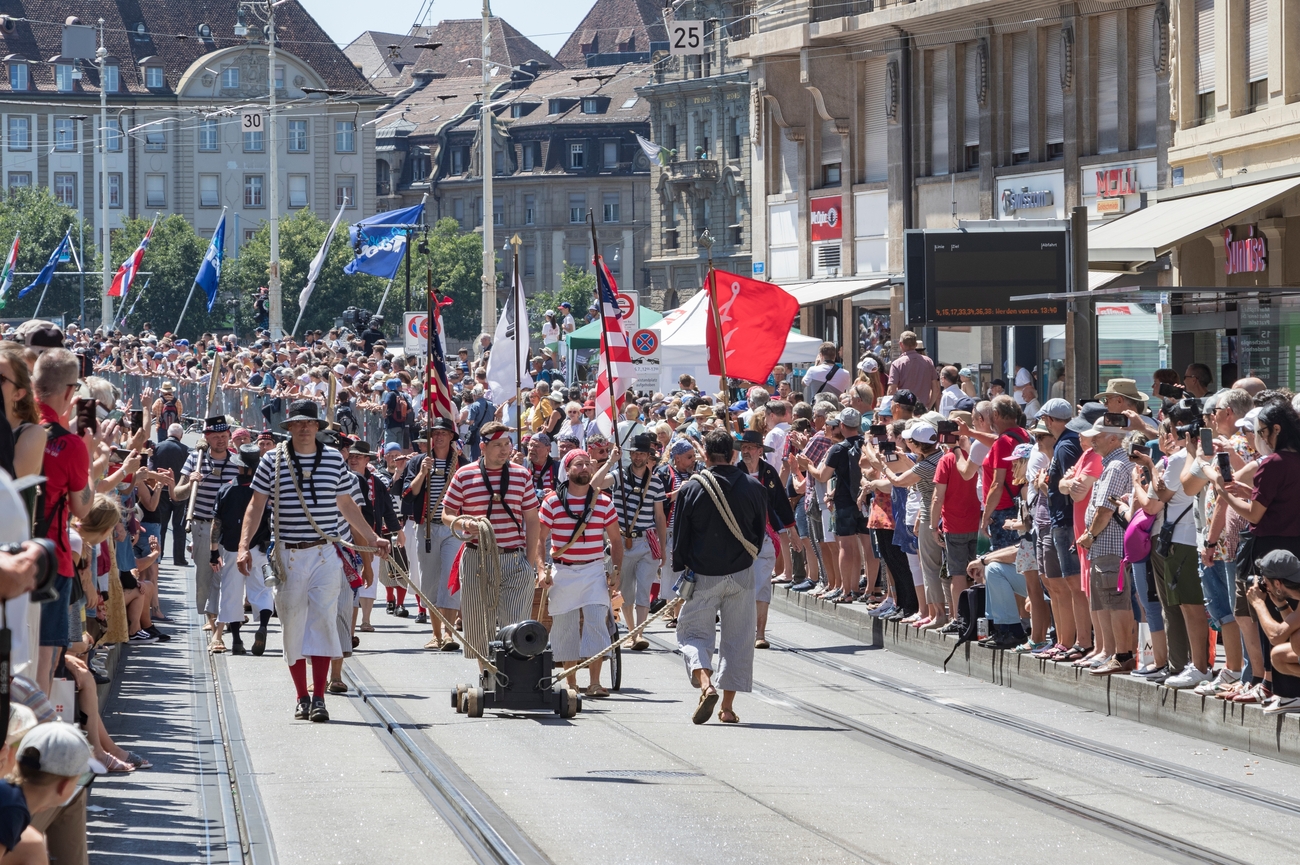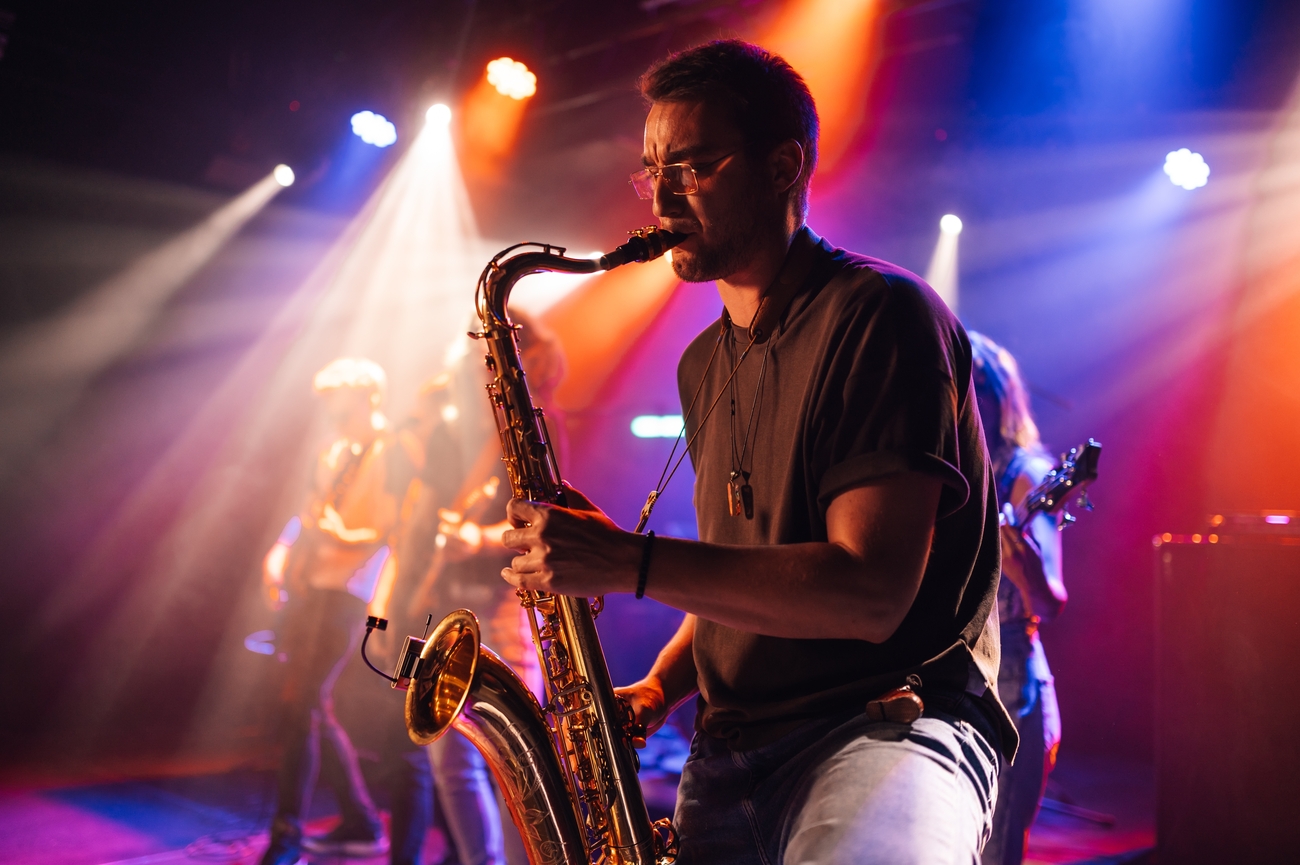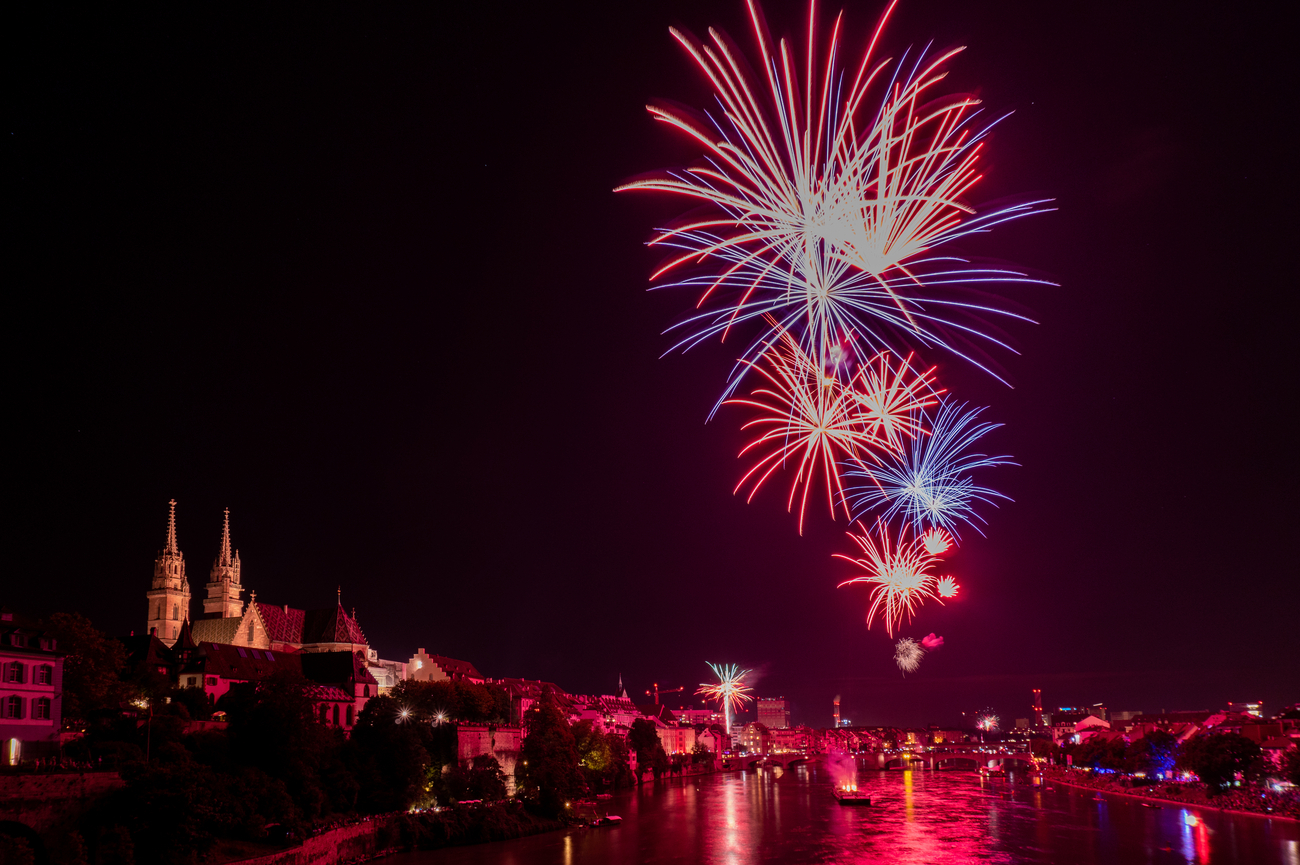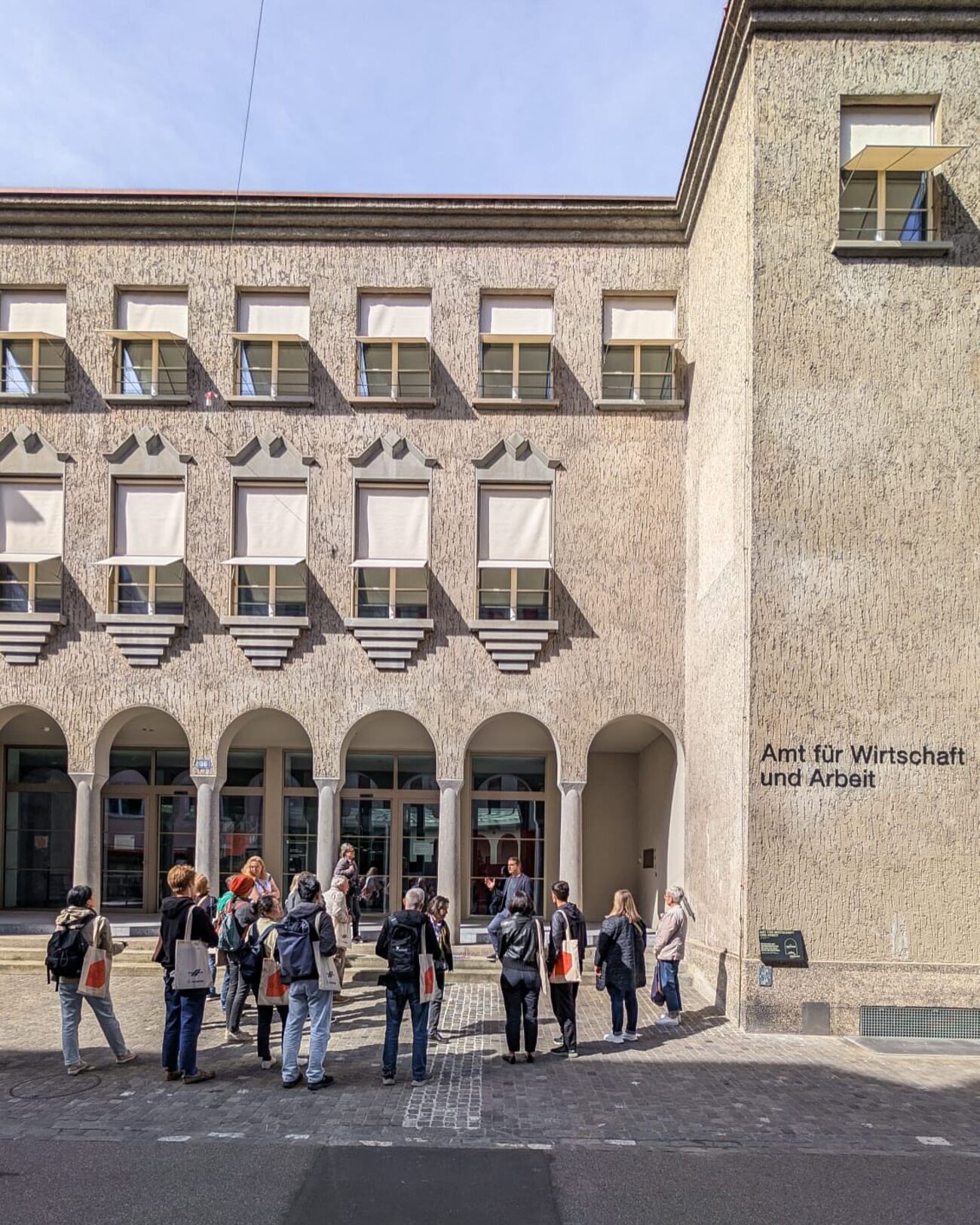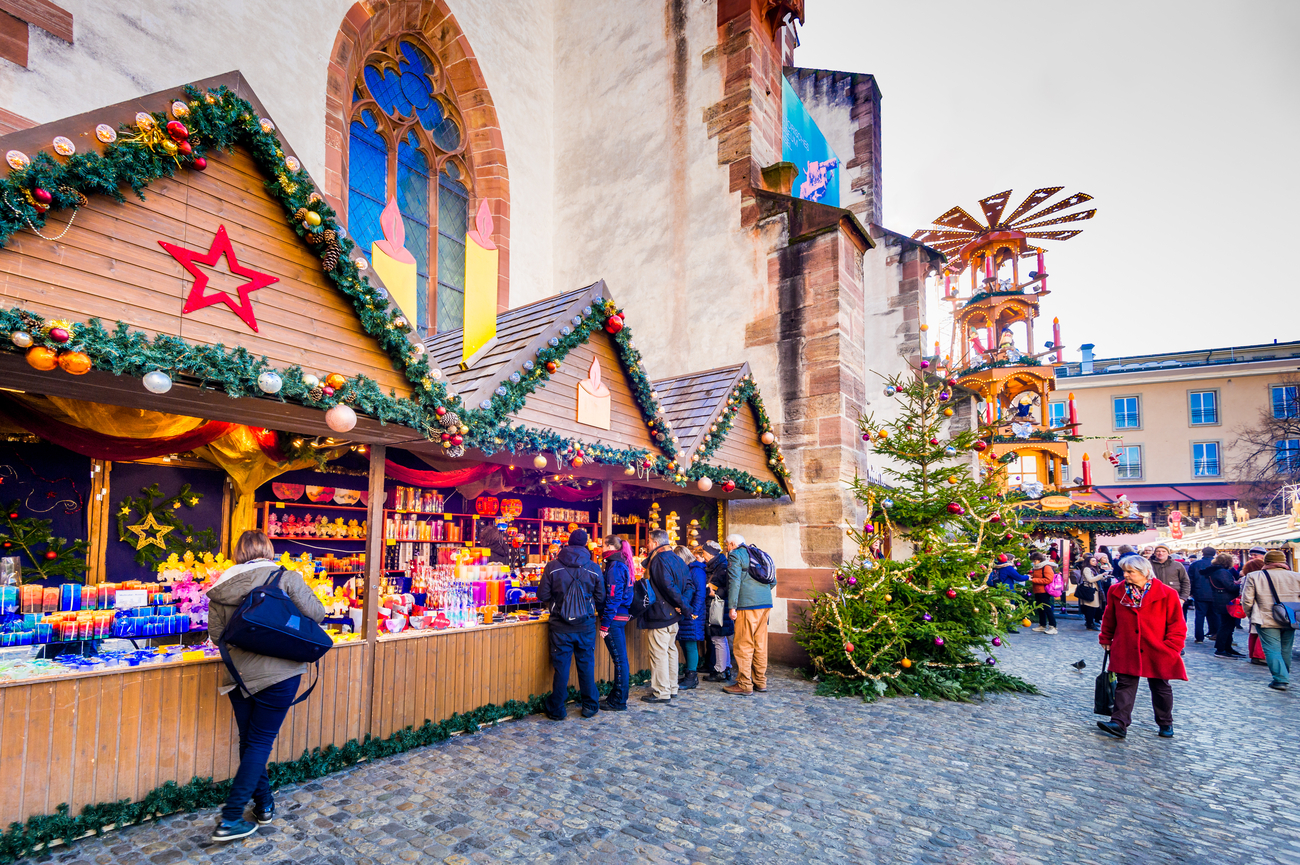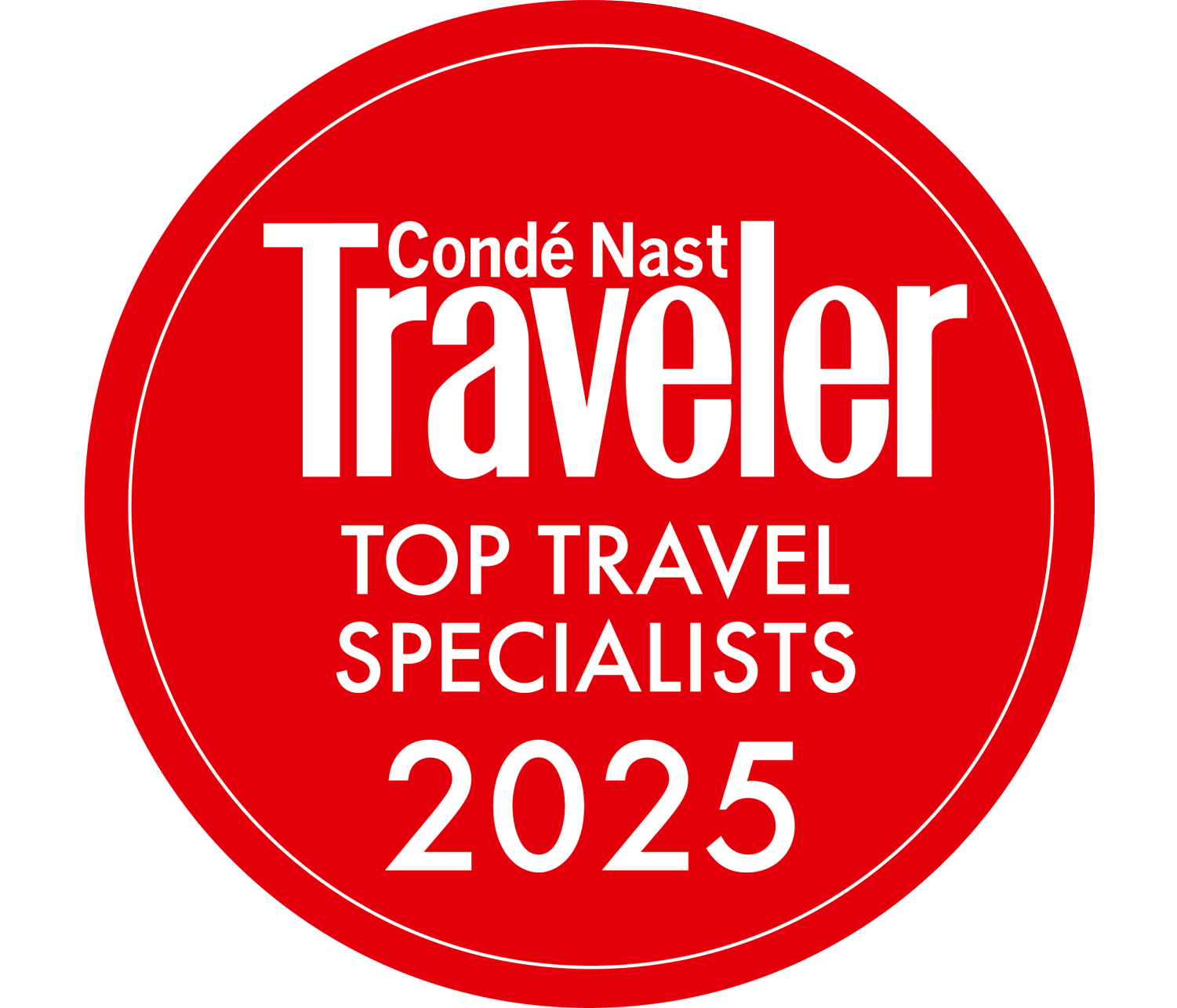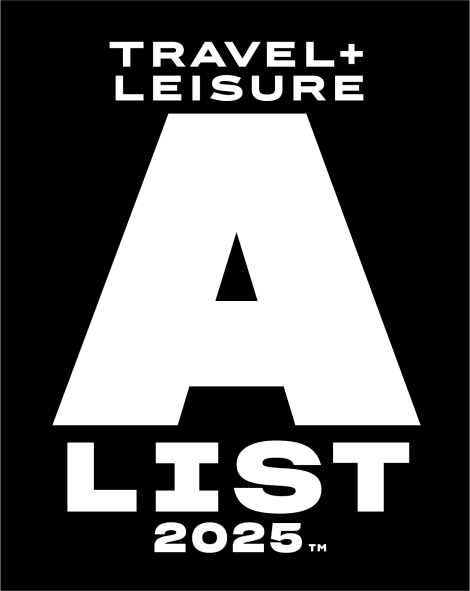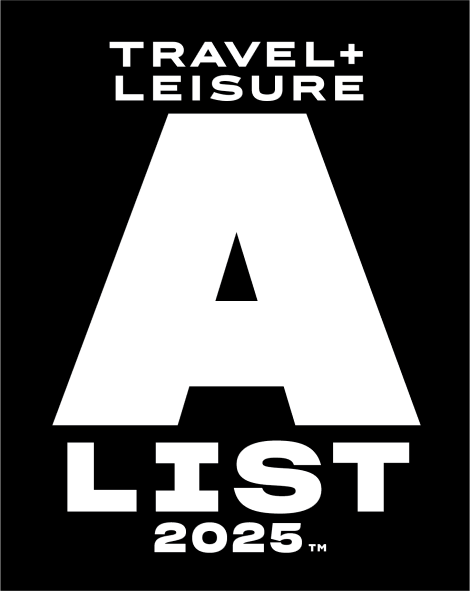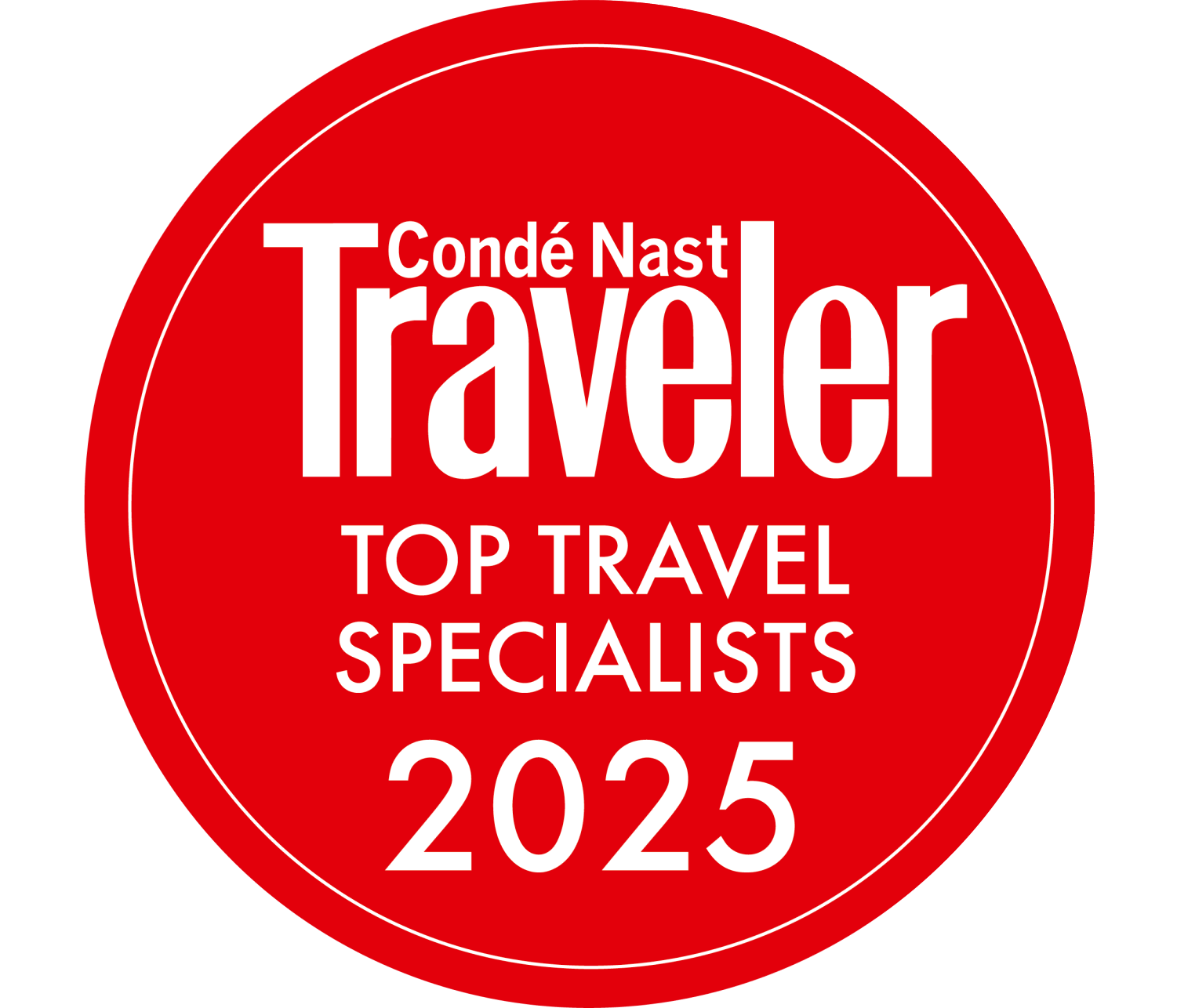Things to Do in Basel: 5-Day Itinerary
A city that wears its history with pride but isn’t afraid to push boundaries, meet Basel. Sitting pretty on the banks of the Rhine in Switzerland, Basel invites you to wander its winding streets. Go and get lost in its world-class art scene.
This isn’t just another Swiss city to check off your list. Basel has a personality. It is a blend of medieval spires, sleek museums, buzzing markets and cafés where you’ll want to linger longer than planned. Whether you’re here to soak up masterpieces at the Kunstmuseum, discover quirky local hangouts, or indulge in some seriously good food (hello, Swiss classics with a twist), Basel keeps you guessing and never lets the excitement fade.
We’ve put together a 5-day itinerary that hits all the highlights and uncovers hidden gems, so you get the full Basel experience. No FOMO, just pure, unfiltered discovery. Ready to explore a city that’s equal parts cultured and cool? Let’s go.
Day 1

Morning: Mittlere Brücke
Mittlere Brücke isn’t just Basel’s oldest bridge, it’s the city’s heartbeat. It connects the past and present with every step you take across its historic stones. It has spanned the Rhine since the 13th century. This crossing has witnessed everything from medieval merchants hauling goods to stylish locals sipping coffee at riverside cafes today.
The bridge itself is a marvel of medieval engineering. It was originally constructed in 1226. Over the centuries, it has been rebuilt and renovated. And if you want to enjoy this spot, consider booking a guided walking tour that dives deep into the city’s medieval roots.
Basler Münster
From Mittlere Brücke, it’s a leisurely 7-minute stroll uphill to Basler Münster, and trust me, those few minutes are worth every step. Basler Münster isn’t just any cathedral, it’s a masterpiece of Gothic and Romanesque architecture that’s been standing tall since the 12th century. Those signature red sandstone walls and vibrant patterned roofs make it impossible to miss. Once inside, prepare to be wowed by soaring arches, intricate stone carvings and windows that splash colorful light like a living painting. And if you’re up for a little workout, climb the tower stairs for one of the best panoramic views of Basel.
Pfalz
Terrace
From Basel Minster, a 2-minute walk will take you to Pfalz Terrace. Step onto the terrace, and suddenly the city unfolds beneath you like a carefully painted masterpiece. This place was originally part of the old bishop’s palace. This sandstone terrace will invite you to linger and you can even snap that envy-inducing photo to make your friends jealous. It’s the perfect spot to pause.
Münsterplatz
Another 2-minute walk will take you to Münsterplatz. Think of it as the city’s open-air living room, where locals and visitors mingle against a stunning backdrop of medieval buildings, street musicians and colorful market stalls that pop up on weekends.
Münsterplatz is more than just a pretty square. It’s where centuries of Basel’s history come to life. It’s where grand public celebrations, political rallies and even quiet moments spent people-watching over a fresh pretzel take place. And if you’re feeling like treating yourself, the square is dotted with charming cafés and patisseries serving everything from rich hot chocolate to delicate tarts.
Basel
Town Hall
A mere 3-minute stroll from Münsterplatz brings you to the striking Basel Town Hall. It is an absolute showstopper with its vibrant red facade, intricate frescoes and that unmistakable tower reaching skyward like a beacon of civic pride. This isn’t your typical government building; it’s a colorful masterpiece that tells stories of Basel’s rich political history and artistic flair all at once. And here’s a pro tip: the area around the Town Hall is packed with fantastic eateries, so why not pause for a delicious lunch before you dive into your afternoon adventures?
Afternoon: Barfüsserkirche
Once you’re happily fed and recharged near Basel Town Hall, head just 5 minutes southwest on foot to your next afternoon gem: Barfüsserkirche. Don’t let the name fool you, this place is anything but dusty and dry. This spot is housed inside a former Gothic church from the 13th century. And inside, expect a fascinating mix of Basel’s past lives. Imagine yourself walking through medieval treasures and knightly armor to Renaissance tapestries and relics that whisper secrets of the city’s religious and political past. One minute you're staring at an intricately carved altarpiece, the next you're standing in front of Basel’s original 17th-century Lällenkönig (that’s “Tongue King,” if you're wondering). And yes, for the culture connoisseurs among us, there are private curator-led tours you can book in advance.
Kunstmuseum
Basel
From Barfüsserkirche, it’s an easy 7-minute walk to the Kunstmuseum Basel. This world-renowned museum isn’t just the oldest public art collection in Switzerland; it’s a full-blown love letter to creativity, elegance and centuries of artistic rebellion.
Step inside and you’re greeted by halls that seem to whisper (and sometimes shout) with the voices of Holbein, Picasso, Van Gogh and Cézanne. The permanent collection is a greatest-hits playlist of European art from the 14th century to the present day. And the best part? The museum’s sleek modern extension means you get cutting-edge contemporary pieces right alongside the Old Masters.
Want to level it up? Kunstmuseum offers tours for those seeking a more tailored experience. If you happen to be in town midweek, pop in for a Wednesday matinee tour or try the Rendez-vous am Mittag sessions that give bite-sized insights right around lunchtime. And if you’re craving a deeper, quieter kind of luxury, go private. The Kunstmuseum offers private guided tours tailored to small groups.
Molino
de Papel de Basilea
Just a 10-minute walk from the Kunstmuseum Basel—and yes, your legs can handle it, especially after all that artsy inspiration—you’ll arrive at one of Basel’s most delightfully underrated treasures: the Basler Papiermühle, or Basel Paper Mill Museum.
Housed in a 15th-century mill perched along the St. Alban Canal (a waterway so charming it looks like it was drawn by Studio Ghibli), this museum doesn’t just show you the history of paper, it throws you into it. You can make your own sheet of paper, get your fingers inky with a real printing press, or channel your inner scribe by writing with a quill.
There’s something undeniably luxurious about getting hands-on with craftsmanship that predates the digital world by centuries. We’re talking about an experience that feels analog in the best way. And if you’re feeling especially refined, book the Schöpfplausch experience: a guided papermaking workshop that ends with an apéro. Because what’s better than drinking wine next to a working waterwheel after handcrafting something with actual historical value?
Rhine
River Cruise
After you’ve made paper by hand and maybe left with a little ink on your sleeves (badge of honor, really), head west along the St. Alban canal for just 10 minutes until the streets open up to the riverfront. You’ve officially arrived at Schifflände Dock.
This isn’t the kind of cruise where someone hands you headphones and points to buildings through a loudspeaker. This is tailored, tasteful and very much your moment. With the city unfolding like a painting on either side of the river, you’ll pass under centuries-old bridges, float alongside color-washed townhouses and historic guild buildings and wave up at the grand red spires of the Basel Minster. The best part? You set the mood. Want to pair the view with a glass of Riesling and a platter of Gruyère? Done. For an even more elevated experience, you can pre-arrange additions like wine tastings, catered apéro or even a local guide to point out hidden gems along the riverbanks.
Antikenmuseum
Basel
From the Schifflände Dock, it’s just a quick five-minute stroll to your final stop of the day, the Antikenmuseum Basel. The Antikenmuseum Basel und Sammlung Ludwig invites you to immerse yourself in the rich legacies of ancient Mediterranean civilizations.
Inside, the museum’s collections tell stories of Egypt, Greece, Rome and the Near East through exquisite artifacts. You’ll see ancient vases that once graced grand banquets, finely crafted sculptures that capture human form in timeless beauty and relics that whisper secrets of civilizations long past.
Visiting in the evening adds a special layer of magic. On Thursdays and Fridays, the museum stays open until 10 pm, and from 5 pm onward, admission is free. After taking in the exhibits, you can unwind at the museum’s cozy bistro.
Day 1 - Basel Tour Map
Day 2

Morning: Museum Tinguely
Day 2 kicks off with a kinetic twist, literally. Museum Tinguely is alive. It whirs, clanks, spins, rattles, and dances. Dedicated to the wildly inventive Swiss artist Jean Tinguely, this museum is a playground of imagination and motion. His mechanical sculptures are the kind of art that makes you lean in, laugh out loud and wonder how anyone could turn scrap metal into something so charismatic.
Once you step inside, you’ll be greeted by machines that look like they’ve escaped from an avant-garde circus. Imagine sculptures powered by motors, springs and pure absurdity. Some draw on their own. Others collapse and rebuild. There’s noise. There’s chaos. And somehow, there’s poetry in the mayhem.
St.
Alban Tor
A leisurely 10-minute walk along the serene Rhine promenade brings you to the imposing St. Alban Tor. This is a gateway that has stood sentinel since the early 15th century. St. Alban Tor is known locally as the “Dalbedoor.” It was constructed around 1400 to protect the burgeoning city. Its sturdy wooden doors and heavy portcullis, still visible today, speak to a time when such fortifications were essential for defense.
St.
Alban-Tal
Just a few steps beyond the medieval charm of St. Alban Tor, you'll find yourself meandering into the heart of St. Alban Tal. This place is affectionately dubbed the "Little Venice of Basel.” Here, the gentle murmur of the St. Alban-Teich, a centuries-old canal, accompanies you as you stroll past timber-framed houses and ivy-clad facades. This canal once powered the mills that made Basel a hub of papermaking and printing during the Renaissance. As you wander, you'll notice how the old and new coexist harmoniously.
Afternoon:
Historisches Museum Basel
After exploring the charming St. Alban Tal, a leisurely 15-minute walk through Basel's historic streets brings you to the Haus zum Kirschgarten, part of the Basel Historical Museum. This elegant townhouse was built between 1775 and 1780 for silk ribbon manufacturer Johann Rudolf Burckhardt. And inside, you’ll find meticulously restored period rooms, showcasing original furnishings, porcelain and toys that reflect the lifestyle of the era. And you’ll also see special collections including the Nathan-Rupp and Dr. Eugen Gschwind watch and clock collections.
Museum of Contemporary Art
A 12-minute stroll will take you to your next destination: the Museum of Contemporary Art Basel (Kunstmuseum Basel | Gegenwart). This place? It’s not here to coddle your nostalgia or show you another oil painting of fruit in a bowl. No, Basel’s contemporary gem is all about what’s happening now. Housed in a repurposed 19th-century paper mill (a poetic detail if you just came from the Paper Museum), this is where ideas get sculpted, filmed and occasionally screamed across minimalist white walls. Once inside, don’t be surprised if you catch your reflection in a Jeff Wall lightbox or find yourself standing a little too close to a Bruce Nauman piece, wondering if it’s judging you back.
But don't worry, it’s not all intensity and existential questioning. The museum also knows when to hand you a breath. There’s a small but smart café where you can sip your way back to balance and overhear snippets of casual philosophical debates between art students and locals. So, if you’ve been craving art that pokes, prods and maybe even side-eyes you a little, this is your sweet spot. And let’s be real: who wouldn’t want to say they’ve wandered the halls of Europe’s first museum dedicated solely to contemporary art?
Museo
de Historia Natural de Basilea
Day 2 in Basel is shaping up to be a veritable museum marathon. And what better way to continue this cultural odyssey than with a visit to the Natural History Museum Basel? This museum was established in 1821 and it boasts an impressive collection of over 11 million objects. Yes, 11 million things in different fields like zoology, entomology, mineralogy, anthropology, osteology, and paleontology. Think of it as an archive of life.
One of the museum's notable features is the mummy of Anna Catharina Bischoff, discovered in 1975 during excavations in the Barfüsserkirche Basel. If you are up to witness that, you can visit the museum from Tuesday to Sunday, 10 a.m. to 5 p.m., and closed on Mondays.
Evening:
Theater Basel
After a full day of museum-hopping, your evening at Theater Basel promises to be a captivating cultural crescendo. It’s a vibrant hub where opera, ballet, and drama come alive across three distinct stages.
But here’s where the experience gets even richer: theater meets gastronomy. Beneath the iconic suspended roof of the 1975 theater building, you’ll find a collection of stylish bars that open an hour before performances. The theater café itself is open all day. Think “theatre meets teatime” and “stage meets plate.” The kitchen champions local and seasonal ingredients.
For those who want to dive deeper, Theater Basel offers sensory-guided tours that engage all your senses, from feeling costumes to hearing the sounds of the carpentry workshop. Private guided tours are also available for groups, complete with the option to pair your behind-the-scenes adventure with the theater café’s culinary delights.
Day 2 - Basel Tour Map
Day 3

Morning: Kunsthalle Basel
Day 3 in Basel kicks off at Kunsthalle Basel, the city’s coolest art hotspot, where contemporary creativity runs wild. Since 1872, Kunsthalle has been the go-to spot for cutting-edge exhibitions that make you think, question, and sometimes even scratch your head. It’s easy to find and even easier to get lost in. The galleries are spacious, airy and dripping with vibe. Whether you’re an art junkie or someone who’s just here for the ‘oohs’ and ‘aahs,’ Kunsthalle Basel has something to spark your curiosity.
Feeling fancy? Book a private tour where an expert curator spills all the behind-the-scenes secrets, giving you the VIP treatment you deserve. It’s like getting the inside scoop at an exclusive party. And after you’ve soaked up all the creativity, head to their chic café.
S AM
Swiss Architecture Museum
Just a short stroll from Kunsthalle Basel, the S AM Swiss Architecture Museum awaits. This was established in 1984 and it is Switzerland's leading institution for contemporary architecture. The museum is housed within the historic Kunsthalle Basel building. It presents a rotating program of temporary exhibitions that delve into the nuances of architecture and urban development.
S AM is where concrete meets concept and where even non-architects suddenly start gesturing at buildings with furrowed brows like they’re on a TED stage. Now, if you like your culture with a side of exclusivity, then book a private guided tour. Here, you’ll skip the guesswork and dive straight into the fascinating “why” behind every line, light shaft and labyrinthine floor plan.
Tinguely
Fountain
Just a short stroll from the Swiss Architecture Museum, the Tinguely Fountain stands as a testament to the city's embrace of art in all its forms. This fountain was created between 1975 and 1977 by Swiss artist Jean Tinguely. It occupies the very spot where the old city theatre once stood. Tinguely, known for his kinetic sculptures, transformed the space into a stage where ten mechanical figures engage in a watery ballet. Each figure has its own character and choreography, from the sprightly "dr Spritzer" to the contemplative "dr Theaterkopf." Powered by low-voltage motors, these iron sculptures interact with water and each other.
Afternoon:
Elisabethenkirche
It’s time to ascend both spiritually and architecturally to the majestic Offene Kirche Elisabethen. Just a brief stroll away, this neo-Gothic marvel stands as a testament to Basel's rich history and architectural grandeur. With its soaring 72-meter spire and intricate stonework, the church offers a serene sanctuary amidst the city's vibrant pulse.
But Elisabethenkirche isn't just a feast for the eyes; it's also a haven for the palate. Nestled within and around its hallowed halls are some of Basel's most delightful dining spots. Truly perfect, as you can have lunch before getting a tour of this church.
University
of Basel Botanical Garden
It's time to trade Gothic spires for green canopies and embark on a botanical adventure!
Just a 10-minute walk lies the University of Basel Botanical Garden, a verdant oasis that's been flourishing since 1589. This is one of the oldest botanical gardens in the world. The garden boasts over 7,500 plant species from diverse habitats across the globe. Wander through its meticulously curated outdoor areas and explore four distinct greenhouses: the Tropical House, Victoria House, Succulent House, and Cold House. Each greenhouse offers a unique microcosm.
For those seeking a more in-depth experience, the garden offers private guided tours. These themed tours, lasting approximately an hour, can be tailored to your interests and are available in multiple languages upon request.
St.
Johanns Park
Need a little more green therapy? Go to one of the city’s most underrated pleasures: St. Johanns-Park. Sprawling across 24,000 square meters along the Rhine, this park is the city’s communal backyard. It’s where locals sunbathe, lovers picnic, kids climb whimsical slides shaped like pigs and ducks and nobody’s checking the time.
But make no mistake, St. Johanns-Park isn’t just for lying around (unless that’s your thing, in which case—go for it). You’ll find a modern pavilion known as myyDing (Baseldytsch for “my thing”) serving up robust coffee, craft beer, lemonades and light bites.
Evening:
Klybeckquai
Klybeckquai is Basel’s lively waterfront neighborhood where the city’s cool factor truly comes alive after dark. If you think Basel’s charm ends with museums and historic streets, think again.
Picture quirky art spaces rubbing shoulders with buzzing bars and innovative restaurants. And these are all nestled along the gentle flow of the Rhine. For dinner, you could indulge in a thoughtfully crafted meal aboard the Gannet, a converted lightship that’s part dining room and part cultural hotspot. Also, don’t forget to pause and appreciate the street art that colors the industrial walls around you. So, lace up your walking shoes, bring your appetite for both food and fun.
Kunsthaus
Baselland Satellite Exhibition Spaces
A 15-minute ride from Klybeckquai will take you to a refreshingly edgy space that redefines what an art museum can be. This gallery blends raw, urban vibes with sleek modern design. Think massive prismatic light towers flooding the rooms with natural light.
Kunsthaus Baselland is famous for championing Basel’s emerging artists, especially through their standout “Next Generation” exhibition. This annual showcase offers a front-row seat to the freshest, most daring creatives graduating from the Basel Academy of Art and Design. If you’re curious about what’s next in the art world, this is where you want to be.
Clarastrasse
This is the perfect way to wind down your day in Basel. Clarastrasse is where modern city life hums alongside local flair. To truly experience Basel, imagine yourself walking through boutique shops, quirky cafes and a lively atmosphere that somehow feels both laid-back and alive.
Day 3 - Basel Tour Map
Day 4

Morning: Museum of Cultures Basel
Begin your 4th day in Basel by going to one of Europe's premier ethnographic museums. It has a collection of over 300,000 artifacts from diverse regions including Europe, Africa, the Americas, Asia and Oceania. Think of it as a whirlwind first-class trip around the world.
Want to level up the experience? Jump in on one of their Sunday guided tours at 11:00 a.m. For those seeking a luxury twist (we see you, cultural connoisseurs), private guided tours are available upon request. Think VIP access to some of the world’s most compelling narratives. So go ahead, start your day with a cultural adrenaline shot. Who said mornings have to be boring?
Staatsarchiv
Basel-Stadt
After immersing yourself in the global cultures, take a leisurely 5-minute stroll to discover one of Basel's best-kept secrets: the courtyard of the Staatsarchiv Basel-Stadt. The Staatsarchiv, or State Archives, is more than just a repository of historical documents; it's a testament to Basel’s heritage.
The Staatsarchiv stands as Switzerland's first purpose-built archive building. It was constructed between 1898 and 1899 and the design is a blend of neo-Gothic and neo-Renaissance styles by architects Eduard Vischer and Eduard Fueter. In the late 1990s, it underwent a thoughtful renovation that included an art installation by Swiss conceptual artist Rémy Zaugg. His work, "Ein Zugang zum Staatsarchiv," features 14 concrete slabs embedded with stainless steel words.
Leonhardskirche
Now take a short 5-minute walk and take a glimpse of the majestic Leonhardskirche, perched 17 meters above Barfüsserplatz. This is a Gothic masterpiece that was consecrated in 1118. It was originally a Romanesque basilica, but today it serves as the French Reformed Church of Basel, embodying a blend of Romanesque, high Gothic and late Gothic elements. The church’s crypt, dating back to around 1080, remains the oldest surviving part, adorned with medieval wall paintings and graves. The devastating earthquake of 1356 led to a Gothic-style reconstruction. It introduced features like the flat-roofed choir, Marien and Saint Theobald chapels and a bell tower. By 1521, the transformation into a three-nave Gothic hall church was complete.
Afternoon:
Freie Strasse
After a morning steeped in quiet reverence, it’s time to dial the energy back up and follow the hum of the city to Freie Strasse. This is Basel’s most dazzling promenade and a time-traveling catwalk of commerce. This boulevard has been the city's main artery since Roman times, though today it trades in Louis Vuitton rather than togas. Here, you can lose yourself in a high-end jungle of luxury boutiques and international brands. Cartier beckons from one corner, while a boutique selling handmade Swiss leather goods seduces you from the next.
Heuberg
Just a gentle five-minute stroll northwest from Freie Strasse and voilà, you've left the bustling boulevard behind and stepped into what feels like a living diorama of old-world elegance. Heuberg is one of the city’s oldest and most picturesque residential streets. It is draped in cobblestones and framed by pastel-hued townhouses that seem straight out of a movie. This is not the place for high-stakes shopping or selfie-stick madness. It’s for those who appreciate subtlety. Here, you’ll get to enjoy the quiet romance of a narrow lane, the curl of ironwork on a window balcony and the slightly mysterious hush that settles over a street where the past never quite clocked out.
If you’re in the mood for a mid-afternoon pause, there are a couple of lovely little corners where you can sip an espresso, nibble a flaky pastry, and pretend you live here (don’t worry—we won’t tell anyone you don’t). And if you’re up for some people-watching, this is prime real estate.
Nadelberg
This day is for street hopping. Yes, Basel-style! Lace up those comfy-but-chic walking shoes, grab a coffee to go (you’ll find no shortage of delightful cafés here). Next on your sidewalk safari is Nadelberg. Translating to "Needle Hill," Nadelberg isn’t just a name, it’s a character. With its elegant slope rising gently above the old Birsig creek valley, this street once housed the who’s who of Basel’s bourgeoisie. Think Renaissance stair towers, Baroque facades and the kind of stately calm that whispers, “old money lives here.” The whole street feels like you’re walking through an architectural coffee table book. But it’s also incredibly real.
Evening:
Basel Zoo
After a day of exploring Basel's charming streets, what better way to unwind than with a visit to the renowned Basel Zoo? This place is known as "Zolli" by locals. It was established in 1874 and it is Switzerland's oldest biological garden. It also boasts a diverse collection of over 500 animal species from all seven continents. From majestic lions and playful monkeys to exotic birds and aquatic life, the zoo provides an intimate glimpse into the animal kingdom.
But here’s where it gets luxurious. Don’t just visit the zoo, experience it. Book a private guided tour and get the lowdown on topics like “Eat and Be Eaten” (equal parts savage and educational), “Fascinating Senses in the Animal Kingdom” (spoiler: owls are basically night-vision goggles), or the delightfully unexpected “Homosexuality in the Animal Kingdom” (because nature, too, is fabulously diverse). You can even request a custom tour based on your favorite animal. Tours run daily between 8 a.m. and 8 p.m., last at least an hour, and are available in multiple languages.
Musical
Theater Basel
After a day of cobblestone adventures and twilight zoo escapades, it's time to don your evening best and let the spotlight find you at Musical Theater Basel. This place is Basel’s crown jewel of live entertainment. With a seating capacity of 1,557, every seat offers an unobstructed view of the stage. The 2025–2026 season promises a lineup that would make Broadway blush. From the timeless allure of Elisabeth – Das Musical to the electrifying performances of international artists like Rainhard Fendrich and Chris de Burgh, there's a show for every palate. But it’s not just about musicals, ballet also pirouettes into the spotlight here.
Day 4 - Basel Tour Map
Day 5

Morning: Dreiländereck
Here we are, day 5. The finale. And what better way to start than with a place that literally stretches the limits of borders and reminds you that you're standing at the beating heart of Europe?
Dreiländereck is the only place in the world where Switzerland, France, and Germany meet with such geographical grace. This is marked by a striking metal sculpture that leans forward into the Rhine like it’s pointing you toward your next adventure. It’s not just a photo op, it’s a full-body metaphor. Three nations, one spot, zero borders. You're not just in Basel anymore, you're in triple passport mode. And if you’re feeling fancy, there are here are guided walking or bike tours available that zigzag between the three countries.
Spalentor
Leaving the Dreiländereck, you’ll want to hop on tram line 8 from Kleinhüningen and glide smoothly to the heart of old Basel. In about 20 minutes, you’ll be standing before one of the city’s most jaw-dropping time machines: the Spalentor.
The Spalentor is Basel’s medieval diva. It’s a 14th-century stone sentinel flaunting turrets, sculptures and more character than your average castle. The Spalentor is one of only three remaining gates from the original city wall. You’ll spot its soaring central tower flanked by two round side towers like a well-armored queen with her loyal knights. Look up and you’ll see a finely carved Madonna, perched above you with baby Jesus in tow, flanked by prophets. It’s all very Basel: fierce Gothic style with a divine twist.
Pharmacy
Museum of the University of Basel
Leaving the iconic Spalentor behind, just a short stroll takes you to the Pharmacy Museum of the University of Basel, tucked away in the charming Haus Zum Vorderen Sessel. This place is like stepping into a time machine for anyone curious about the magical world where science meets healing. This was established in 1924 and it’s home to one of the world’s most impressive collections dedicated to the history of pharmacy. Think of it as the ultimate backstage pass to centuries of medicinal secrets.
Here, you can wander through recreated apothecary shops from the 15th to 19th centuries. These are complete with original cabinets and ceramic vessels that once held mysterious potions and remedies. You wouldn’t want to miss the fully equipped alchemist’s lab that looks like it popped straight out of a wizard’s lair, too. Bonus points: the building itself has hosted big brains like Erasmus of Rotterdam and Paracelsus.
Afternoon:
Schützenmattpark
After a quick bite or perhaps you can just grab a snack here, a 15-minute walk will take you to the great outdoors at Schützenmattpark, one of Basel's most cherished green spaces. This five-hectare park is a delightful blend of history, recreation, and art. Originally a 15th-century shooting range, it was transformed in 1900 into Basel's first public park.
Families will find a plethora of activities to keep the little ones engaged. The park features multiple playgrounds, including a wooden castle, swings, slides and sandpits. And this place is also one that art enthusiasts will enjoy. The park’s sculptures, such as "The Sea Lion" by Louis Léon Weber and "Mother and Child" by Georges Salendre, add artistic touches to the park’s landscape.
Rhine
Riverbanks at St. Johann
After basking in the leafy calm of Schützenmattpark, it’s time to let the afternoon breeze carry you down to one of Basel’s most unbothered treasures. The Rhine Riverbanks at St. Johann is Basel's best-kept secret for unwinding like a local. Forget the polished promenades and curated cafes, St. Johann is where the cool crowd comes to lounge, picnic, and dip their toes in the water without a care in the world.
There’s art here, too, in the form of colorful graffiti murals on the old industrial walls. And if you want to go more in-depth on this place, you can book a guided walk with local historians or artists who’ll point out hidden symbols, street art with secret stories and the old customs station that once marked Switzerland's border in the days before open travel. It’s casual, it’s cultural, and it’s full of soul.
Evening:
Novartis Campus
From the Pharmacy Museum’s trove of tinctures and tonics, it’s about a 15-minute tram ride (depending on the line) to one of Basel’s most mind-expanding destinations: the Novartis Campus. Before you assume this is just another corporate HQ with labs and lanyards, let me stop you right there. This is no ordinary campus. This is where science meets sculpture.
The Novartis Campus is like the TED Talk of urban planning: bold, forward-thinking, and remarkably well-curated. While the site serves as the headquarters for the global pharmaceutical giant, it’s also a remarkable architectural showcase and home to an impressive collection of contemporary art. Imagine a place where buildings are designed by architectural legends like Frank Gehry, Herzog & de Meuron, and Tadao Ando. Tucked between these masterpieces are dozens of art installations that will stop you mid-step.
And we’re not talking passive sculptures here. You’ll encounter interactive light pieces, conceptual installations, and even kinetic artworks — a true playground for the senses. Keep in mind, though, that the Novartis Campus is a working corporate site, and general public access is restricted. If you want to explore the art and architecture more deeply, private tours can be arranged upon request.
Mittlere
Brücke
After days of museum-hopping, park-lounging, church-peeking, and art-gawking, we wrap things up where it all began: Mittlere Brücke.
Stand here as the sun dips into the Rhine, painting the sky in watercolor pinks and golds. The river moves slowly and steadily beneath your feet, just like you’ve moved through this city. On one side, the majestic spires of Grossbasel rise like a fairytale skyline. On the other hand, Kleinbasel sparkles with terrace cafés, riverside bars and the soft chatter of locals enjoying their nightly apéro.
Day 5 - Basel Tour Map
Other Things to Do in Basel
You’ve wandered through cloisters and maybe even spotted a parrot in the middle of a Swiss zoo. But guess what? Basel isn’t done with you yet. So if you’ve still got energy in your walking shoes, here’s a list of didn’t make the main tour, but absolutely deserve a starring role in your Basel adventure.
- Fondation Beyeler: Just a tram ride away from central Basel, Fondation Beyeler is more than a museum. It is designed by renowned architect Renzo Piano. The building is a minimalist marvel with floor-to-ceiling glass walls that blur the line between indoors and out. Inside, the collection is a who’s who of modern art: Monet, Rothko, Bacon, Picasso, Giacometti.
- Merian Gardens: This is the real-life version of a secret garden. Spread over 18 hectares, this historic botanical garden is a patchwork of flowering meadows, heritage vegetable plots, and whispering woods. This once private estate is complete from medicinal herb gardens to ornamental rose paths.
- Skulpturhalle Basel: Now this is where the art nerds and classic lovers unite. This place houses one of the largest collections of plaster casts of ancient sculptures in the world. Think of it as the world’s greatest hits of classical sculpture without the need to hop on a flight to Athens, Rome, or Paris.
- Ermitage Arlesheim: Just a short tram and stroll from Basel lies Switzerland’s largest English-style landscape garden. This place is a dreamscape of shady grottos, reflective ponds, hidden chapels and faux ruins designed to stir your soul (and maybe inspire a love letter or two). Walking here will make you feel like you’re stepping into a Jane Austen Novel.
- Dreispitz Cultural District: Dreispitz is where the cool kids go—and stay. Home to creative studios, contemporary art galleries, and innovative concept spaces, this district hums with energy and possibility. You’ll find everything from cutting-edge photography at the House of Electronic Arts to rotating street art installations and underground performances.
- Sigristin Peterskirche: Sigristin Peterskirche is a charming medieval church brimming with history and art. Inside, you’ll find beautifully preserved frescoes and intricate wooden carvings that tell stories centuries old.
Day Trips from Basel
Basel is a hard city to leave. But what if we told you that within an hour or two, you could be clinking wine glasses in France or twirling through medieval Swiss towns that look like they were painted by hand? It’s time to hit the road and turn a simple train ride into an unforgettable trip.
- Lucerne: Just a breezy one-hour train ride from Basel, Lucerne feels like walking into a fairy tale. This place is complete with turrets, a shimmering lake and jaw-dropping alpine backdrops. You’ll glide across Lake Lucerne on a vintage paddle steamer and snap selfies on the centuries-old Kapellbrücke (yes, the one with the tower that looks straight out of a medieval drama). Want luxury? You can go bold with a helicopter tour over the Alps.
- Colmar, France: In just about an hour and fifteen minutes, you can trade Basel’s clean lines for a French wonderland just across the border. It’s like wandering through a real-life “Beauty and the Beast” set, complete with wine-tasting cellars, rustic bistros and Alsatian delights you’ll wish you could smuggle home. When you’re there, don’t forget to wander through Marché Couvert—Colmar’s covered market for cheese, charcuterie, and charming chaos.
- Freiburg im Breisgau, Germany: Just a 45-minute hop into Germany, Freiburg is sunshine, spires and sustainability. You can start your day with a private guided tour of the Gothic Freiburg Minster. Then take the Schlossberg funicular for sweeping Black Forest views. Fancy a forest spa? Indulge in a wellness retreat at the luxurious Keidel Mineral-Thermalbad.
- Bern: Arrive in about 60 minutes and find a capital that’s all quiet confidence and clocktower glam. Skip the crowds with a private tour of the Zytglogge's inner workings or sip local wines in an underground vaulted cellar near Einstein’s old stomping grounds. And if you want to know more about Einstein, you can also swing by the Einstein Museum for some genius inspiration or splurge on a private visit to the Zentrum Paul Klee.
- Zurich: Basel to Zurich? Easy, just an hour and 15 minutes trip. Yes, it’s the financial hub of Switzerland, but don’t let the suits fool you, Zurich is overflowing with cool. You can enjoy a private art tour of Kunsthaus Zurich. Or perhaps you would rather wander down Bahnhofstrasse for luxury shopping therapy (Tiffany, Cartier, and Sprüngli’s truffles, darling). Whatever you have in mind, Zurich’s got you covered.
- Augusta Raurica: Who knew ancient Rome was a half-hour train ride away from Basel? At the heart of it all is the Roman Theater, the best-preserved in Switzerland, where gladiators once roared (probably) and audiences gawked (definitely). And for families or curious minds, don’t miss the Augusta Raurica Museum, where you can ogle the world-famous silver treasure or join hands-on workshops. Think of Augusta Raurica as Switzerland’s answer to Pompeii, minus the volcano and with a far more punctual train schedule.
- Solothurn: Jump on a train and in under 55 minutes, you’ll arrive in Solothurn. This town is so enchanted with the number 11, it built 11 churches, 11 fountains and even a cathedral with 11 bells. Yes, there’s even a local beer called Öufi (Swiss German for “eleven”). Go and check out the Solothurn Clock Tower (Zeitglockenturm), where the astronomical clock has been ticking in style since 1545. And if you want to make this day trip royal, you can rent a classic car for the day and arrive in true Solothurn style.
- La Chaux-de-Fonds: In two hours, swap Basel’s modern minimalism for this mountain town’s grid-like genius. You can feel Swiss watchmaking tick in every grid-patterned street. La Chaux-de-Fonds is an architect’s dream and a horologist’s heaven. You can visit the International Watch Museum, tour Le Corbusier’s early works and see how time literally built a city.
Things to Do with Kids in Basel
If you think traveling with little ones means settling for playgrounds and snack breaks, think again. Basel is packed with interactive, colorful and downright fun spots that will have your kids buzzing with excitement and you sneaking in some grown-up joy too.
- Solitude Park: Think lush greenery meets secret hideout vibes. Solitude Park is the perfect place for kids to run wild, climb trees, and spot ducks waddling by the pond. It’s the kind of park that makes parents want to ditch the phone and join the fun. Also, a picnic blanket is highly recommended.
- Toy Worlds Museum Basel: Ready for a nostalgia-packed joyride? Step into a magical vault of toys that spans centuries! From tiny dollhouses to teddy bears with stories, this museum is like Willy Wonka’s factory for playthings. This place is guaranteed to spark joy and nostalgia for kids and parents alike. Plus, interactive exhibits invite little hands to join in the fun, because what’s a toy museum without a bit of play?
- Kannenfeldpark: Calling all young explorers and water warriors! More than just a park, this is a vibrant playground extravaganza! With splash fountains, sprawling lawns and quirky sculptures, Kannenfeldpark is where kids get to be kids and adults get to pretend they’re kids too.
- Mathis-Hof: A farm in the city? Yes, please! Located just outside Basel, Mathis-Hof lets kids meet real animals. Imagine fluffy chickens, curious goats, and friendly rabbits. It’s hands-on farming fun without the mud (well, maybe a little). It’s the perfect spot to show kids where their food comes from and to connect with nature in a super fun way.
- Birskopfli: If you want a slice of serene nature away from the city’s hustle, Birskopfli is your go-to spot. This peaceful riverside haven invites families to wander along gentle paths, spot local wildlife, and enjoy the calming flow of the water. Birskopfli is like nature’s calm whisper amidst Basel’s vibrant buzz.
- Kinderbauernhof Basel: Part of Tierpark Lange Erlen, this small children’s farm lets kids feed goats, rabbits, and chickens in a fun, interactive setting. While it’s not a full farm, it’s a charming section of Basel’s city zoo — perfect for little animal lovers to connect with nature.
Golf Courses in Basel
Think Basel is all art galleries and historic alleyways? Think again. Beneath its cultured exterior lies a secret haven for golf lovers who don’t want to trade cobblestones for countryside just to get their swing on. Go ahead, pack your polo and let's tee off right in the heart of the city.
- City Golf Basel Bachgraben: This golf course is nestled in the Bachgraben recreational zone and it is Basel’s answer to fast, flexible golf. It is modern, compact and designed for urbanites with tight schedules and zero patience for long drives (off the course, that is). What makes it the best spot to tee off is that it’s open year-round. Here, you can practice your swing on the covered driving range, test your aim in the short game area or grab a lesson with their pro coaches.
- Golf Saint Apollinaire: This one’s for the golfers who want it all. Imagine yourself teeing off on wide fairways, championship-level courses, and enjoying a luxury experience that rivals anything in Saint Moritz. Located just across the border in France, only 15 minutes from Basel’s city centre, Golf Saint Apollinaire features two 18-hole courses, a 9-hole short course, and views so gorgeous you might forget to keep score. There’s also a restaurant, turning a round of golf into a full-blown retreat.
- Golf Country Club Bale: Technically just over the French border, but spiritually 100% Basel, this charming 9-hole club is where golf and elegance hold hands. Surrounded by lush greenery and that unmistakable Alsatian air, Golf Country Club Bale is perfect for players who want more charm and less crowd.
Race Courses in Basel
Let’s be real: Basel may not have a Kentucky Derby-style racetrack, but don’t let that fool you. What it lacks in galloping ovals, it makes up for in world-class equestrian flair that’ll have you saying “Whoa.”
- St. Jakobshalle: Even though this may not be a race course, this is an equestrian event that you can check out when you’re in Basel. Longines CHI Classics Basel is not your average horse show. Imagine tuxedos, glittering trophies, and horses so polished they look like they were styled by fashion week designers. The stakes? Over €1 million. The vibe? Sophisticated adrenaline.
- Zurich-Dielsdorf Racecourse: Okay, so Basel doesn’t have its own horse racecourse, but don’t let that clip your enthusiasm! Just about an hour and a half east, you’ll find the Zurich-Dielsdorf Racecourse. You can experience everything in this race course from adrenaline-pumping flat races to elegant trotting events. And if you want to elevate your day, why not go for a VIP experience? Imagine a private table with premium views of the track, delicious local cuisine and expertly curated wines.
Vineyards in Basel
While Basel isn’t exactly the Napa Valley of Switzerland, it’s no wallflower either when it comes to vineyards. Here’s a list of the best vineyards you can explore in Basel.
- Baselbieter Wein-Galerie GmbH: Ah, Aesch. Where the wine flows and the locals know your name. Baselbieter Wein-Galerie isn’t just a gallery, it’s a grape-fueled sanctuary. This stylish spot curates the crème de la crème of regional wines, from elegant whites to bold reds, all under one roof. Think of it as Basel’s answer to a modern wine bar meets boutique bottle shop.
- Gschwind Weinbau: Family-run, organically grown, and bursting with terroir. Gschwind Weinbau is what happens when passion for the land meets a real knack for making damn good wine. This vineyard grows over 10 grape varieties, each one kissed by the sun and nurtured with care. Tours here are like catching up with old friends: intimate, authentic, and delicious. You’ll be sipping their signature blends while overlooking rows of vines that whisper stories of generations past. You can also try out local cheeses and cold cuts during the tasting here.
- Bio Hof Alpbad: This isn’t just a vineyard, it’s a love letter to Swiss sustainability. Perched above Sissach, Bio Hof Alpbad is a working organic farm where cows roam, vegetables grow and the wine? Oh, the wine is poetry. Every bottle here reflects their eco-conscious philosophy: clean, honest and bursting with Alpine character. You’ll hike through serene hills to get there (or drive if you’re not up for the cardio), but the view is more than worth it.
- Bischofsteiner Weine: Liestal’s liquid treasure: Bischofsteiner Weine. This spot might not be splashed across glossy wine magazines (yet), but it’s quietly turning heads with its bold, expressive bottles. Think of it as the indie darling of the Basel wine scene. The vineyard specializes in handcrafted wines that embrace local grape varieties and celebrate the Baselbieter soil.
- Tschäpperliweine GmbH: With roots tracing back to Roman times, this 3.5-hectare estate has been under the stewardship of the Bänninger family for over 35 years. This vineyard boasts a rich biodiversity, with over 50 plant species flourishing among the vines. It embraces PIWI grape varieties, which are naturally resistant to fungal diseases. This vineyard ensures wines that are eco-friendly and flavorful.
Michelin-Starred Restaurants in Basel
- Roots: Two stars for the flavor. One Green Star for the conscience. And five stars in our hearts for being wildly creative, sustainably divine, and surprisingly unpretentious. At roots, chef Pascal Steffen crafts art from earth, literally. Expect dishes like salt-baked celeriac with smoked egg yolk or beetroot ravioli that taste like a walk through an enchanted forest (but better). The interior is modern minimalist, letting the vibrant plates do the talking. And talk they do. Loudly. Think farmers market meets gallery opening. If you want to eat your vegetables and feel very good about it, this is the table you book.
- Stucki - Tanja Grandits: With two Michelin stars, this gourmet haven in the leafy Bruderholz district offers a menu that’s equal parts food and fragrance. Yes, fragrance. Tanja is famous for her “aroma cuisine,” where lavender, rose, and yuzu show up on your plate like honored guests. Her pink roasted duck with hibiscus and beetroot is legendary, and the dessert cart alone could incite happy tears. Dining at Stucki is like stepping into chef Tanja Grandits’ technicolor dream kitchen, where every dish is a study in color, fragrance and flavor.
- Ackermannshof: With one Michelin star, but enough culinary charisma to fill a galaxy, this elegant eatery serves up seasonal, sustainably-sourced dishes. Imagine dishes like veal with salsify and black truffle sauce or a golden beetroot tartlet so delicate you’ll want to frame it before devouring. The setting? A gorgeously restored 14th-century building with sleek and modern interiors. This spot also has a sunny courtyard that feels like a Renaissance secret garden.
Restaurants in Basel
Basel knows how to impress the food critics. Yes, we’ve got the Michelin stars, the foie gras, and the truffle foam. But don’t be fooled into thinking it’s all silver cloches and whispering sommeliers. Because this city? It feeds everyone.
- Alchemist: Think of this as the culinary equivalent of a sci-fi thriller. Alchemist blends molecular gastronomy with comfort food in a way that’ll have you questioning the laws of flavor physics. Try their signature lab-themed cocktails or their take on short ribs that practically dissolve on your tongue. It’s sleek, intimate, and yes, a little experimental.
- LA Restaurant: No, you’re not in Los Angeles but LA Restaurant still delivers that effortlessly cool West Coast vibe with a Basel twist. Steak is the star here, grilled to perfection and plated with just enough attitude.
- Restaurant Fiorentina Basel: Florence, meet the Rhine. This cozy Italian eatery does Tuscan charm like your nonna’s kitchen. That is, if your nonna had a thing for white tablecloths and Swiss precision. Their pasta is handmade and their sauces are simmered into spiritual experiences.
- Restaurant Portofino Basel: If pizza had a passport, it would stamp itself at Portofino. Expect wood-fired crusts, velvety tomato bases and toppings that flirt with luxury. The atmosphere is delightfully laid-back and the staff serve like they’ve known you forever.
- Brasseries Les Trois Rois: Located in the iconic Grand Hotel, this brasserie is your excuse to dress up. Think old-world glam meets French finesse. If you want to indulge in oysters and have a glass of champagne, then this is the place to visit. Bonus: the Rhine views are as smooth as their wine list.
- Restaurant Ufer7: The name literally means “Riverbank 7,” and yes, it’s got front-row seats to the Rhine. Expect elevated Swiss cuisine with seasonal twists. Imagine trout with wild herbs, fresh asparagus and the occasional gourmet schnitzel.
- PENG Dumplings: Dumplings with attitude. This hole-in-the-wall wonder slings handmade bundles of joy that are juicy, spicy and soul-satisfying. Whether you’re into pork & chive, tofu & shiitake or something wild like kimchi-miso fusion, PENG brings the punch. Pair it with their homemade chili oil and thank us later.
Where to Drink in Basel
When the sun dips behind the spires and museum lights start to twinkle, Basel transforms. The city’s nightlife scene kicks in with a pulse. Here’s your drink-like-a-local guide to the best bars in Basel.
- Valhalla Bar Basel: Valhalla isn’t just a bar, it’s a full-blown Norse fever dream. Picture this: roaring metal music, rustic wooden interiors, bearded bartenders who look like they’ve sailed here from Asgard and drinks served like you’re toasting before a battle. Don’t miss their Norse-themed cocktail menu. Imagine drinks named after Thor, Loki and Freya.
- Soho Basel: If Basel had a velvet rope scene, Soho would be guarding it. This lounge-slash-nightclub hybrid is where the city’s movers and shakers come to sip and sparkle. It’s sleek, it’s moody, it’s got more LED than Times Square and it serves cocktails as smooth as its deep house playlist.
- Sandoase Beachbar: Who needs the Mediterranean when you have Sandoase? This urban beach bar is a little piece of Bali in Basel, hammocks, palms, and sand included. It’s where flip-flops meet fabulous. With chill vibes and chill drinks, it’s the ultimate spot for barefoot luxury and cocktail-fueled sunsets. This is a seasonal bar, but if you do catch it, bring sunglasses.
- Bar Rouge: Perched on the 31st floor of the Messeturm, Bar Rouge is the queen bee of Basel nightlife. But don’t just come for the view, come for their spectacular cocktail menu. It’s where high fashion meets high altitude, and every table feels like VIP.
- Noohn: Yes, Noohn is known for its sushi, but its bar is where things get dangerously delicious. With its minimalist architecture, ambient lighting and drink list that reads like a love letter to Japan. But their menu is not limited to Sake, you can grab a bottle of wine from all around the world.
- Baltazar: Baltazar is that classy, quiet genius of a bar. This place feels like stepping into an old-world gentleman’s club. Expect candlelight, jazz and bartenders who stir with sophistication. Come for a drink. Stay for the philosophy.
- Das Werk 8: Set inside an old machine hall, Das Werk 8 is all brick, brass, and brilliance. It’s got an industrial vibe with alchemical ambition — their cocktails feel like they belong in a chemistry lab (if chem labs had DJs and truffle popcorn).
- Renée Bar and Club: Renée is Basel’s after-dark diva. It’s the kind of place where the night unfolds slowly, the music builds subtly, and before you know it, you’re dancing like nobody's livestreaming. Go visit this spot if you want a space where velvet couches, vintage mirrors and low lighting set the scene for a very grown-up night out.
Cafes in Basel
Let’s be real: no great story ever started with a salad. But hand someone a cappuccino and a flaky croissant in a sun-drenched corner café in Basel, and suddenly, you’ve got yourself a moment. So grab your tote bag, channel your inner artist and let’s sip our way through the best cafés in the city.
- Cafe Luna: Step into Café Luna and you’ll feel like you’ve landed in a warm hug. Known for its relaxed, welcoming vibe, this café is the perfect pit stop whether you need a morning jumpstart or a mid-afternoon recharge. Don’t miss their homemade cakes and flaky pastries. And if you want to experience the local crowd, then go to this place.
- Confiserie Schiesser: Established in 1870, Confiserie Schiesser is Basel’s answer to “coffee with a side of sophistication.” Imagine a tea room drenched in old-world charm, crystal chandeliers overhead and cases filled with hand-crafted pralines. Go try out their legendary fruit tarts too.
- Cafe Fruhling: If you take your coffee seriously (and stylishly), Café Frühling is your go-to. This minimalist gem is famed for its single-origin filter coffees and flawless latte art. It’s the perfect place to geek out on bean origins, brewing methods and flavor notes while soaking in a sleek atmosphere.
Where to Stay in Basel
- Grand Hotel Les Trois Rois (5 stars): The grand dame of Basel hotels, Les Trois Rois. This palace on the Rhine has hosted everyone from Napoleon to Picasso, and walking through its marble halls feels like stepping into a royal palace. The rooms are decorated with antique charm and they boast views that practically scream “Gram-worthy.” The spa facilities are pure indulgence, with treatments that use local nd natural ingredients.
- Hotel Spalentor Basel (4 stars): A chic boutique haven just a short stroll from the famous Spalentor gate, this hotel is a masterclass in blending Swiss minimalism and everything that screams cozy. The rooms feature organic linens, rainforest showers and curated local art. This is perfect for travelers who appreciate subtle luxury without the fuss. The quiet courtyard garden is a hidden gem that is perfect for enjoying your morning cup of coffee.
- Hotel Märthof Basel (4 stars): Tucked in a beautifully restored 18th-century building, Hotel Märthof perfectly balances historic charm and contemporary comfort. The vibe is warm and inviting, with plush beds, free Wi-Fi and a cozy lounge that feels like your stylish friend’s living room. It’s ideally located just a hop, skip and a jump from Basel’s Münster Cathedral.
- Bio GAIA Hotel Basel (4 stars): Green, clean, and oh-so serene, Bio GAIA is Basel’s eco-conscious luxury retreat. If you care about the planet but don’t want to skimp on style, this hotel is your match. Rooms are bright, spacious and decked out with sustainable materials that make you feel good about your carbon footprint. There is also a rooftop terrace that offers stunning city views.
- Steinenschanze Charming City & Garden Hotel (3 stars): This hotel is all about charm, warmth, and a touch of personality. Steinenschanze is perfect for travellers who like their city stays with a little more heart. Set just a short stroll from Basel’s Old Town, it’s a favourite among couples, solo travellers, and anyone who appreciates a peaceful garden vibe right in the city centre. Expect super-friendly staff, cosy rooms with thoughtful details, and a laid-back atmosphere that makes you feel instantly at home.
- B&B Hotel Basel (3 stars): This place screams practical, modern and friendly. B&B Hotel Basel is for travelers who want straightforward comfort without a fuss. Located near Messe Basel, it’s a favorite for business travelers and event-goers who appreciate speedy check-in and reliable amenities.
- Silo Design & Boutique Hostel: For travelers who like their accommodations with a side of cool, Silo is Basel’s hip answer to the traditional hostel. This place is housed in a converted industrial factory. It offers loft-style dorms and private rooms with exposed brick walls and high ceilings that scream urban chic. The communal spaces are buzzing with energy and it makes it easy to meet fellow adventurers.
Trains in Basel
Here’s the thing about Basel: it doesn’t just sit prettily on the map, it connects. This city is like Europe’s pass, where some of the continent’s most iconic trains glide through as if Basel were the friend everyone wants to visit on their way to the party. These trains may start in other cities, but Basel is one of those essential stops that make the journey feel complete.
- TGV Lyria: Starting in Paris and zipping through to Switzerland, the TGV Lyria makes Basel one of its must-stop moments. In just three hours, the City of Light delivers you straight into the cultural heartbeat of Basel.
- Nightjet Train: Run by ÖBB, the Nightjet is your cozy overnight chariot connecting cities like Vienna, Berlin and Hamburg with Switzerland. Basel gets a prime spot on its route, meaning you can drift off to sleep in a plush cabin somewhere in Austria or Germany and wake up in a city where art, history and chocolate collide.
Best Time to Visit Basel
If Basel were a movie, spring and early summer would be its golden hour. Just think The Great Gatsby meets La La Land. As Fitzgerald himself said, “So we beat on, boats against the current, borne back ceaselessly into the past.” But here, in Basel’s spring, you’re cruising with the current, basking in sunshine, tulips blooming and the Rhine sparkling like it’s been kissed by Hollywood’s finest lighting crew.
The museums get a fresh burst of visitors, buzzing with special exhibitions that make even the most casual art lover want to grab a beret and pretend they’re sophisticated. And the riverside terraces? Oh, the terraces! They fill up fast with folks sipping cocktails that are basically mini vacations in a glass. The weather’s just warm enough to ditch the bulky coats but still refreshingly crisp. This is the time when you can stroll through Basel’s charming neighborhoods without looking like you’re auditioning for a survival show.
Winter in Basel has its own cozy charm, sure, just imagine hot chocolate and woolly socks, but if you’re aiming for those Instagram-worthy golden-hour moments on the Mittlere Brücke or leisurely afternoons at botanical gardens without teeth-chattering, spring is your best bet.
So channel your inner Gatsby (minus the tragic ending) and dive into Basel’s springtime chaos. The parties might not involve flappers or champagne towers but with mild weather and just the right crowd, you’ll find it’s the perfect blend of style, comfort and a touch of magic.
Festivals in Basel
- Basel Carnival: The biggest wake-up call Basel has to offer, literally! This three-day spectacle kicks off at 4 a.m. with the mysterious “Morgestraich” parade. This is where the streets go dark and thousands of lanterns light the way for a wild, whimsical party. This event takes place in early March.
- Art Basel: June is when the city is bursting with inspiration. If you think of Basel as a cultural hub, Art Basel is the crown jewel. This isn’t your average art fair; it’s where global art legends meet to showcase the boldest contemporary works that’ll challenge your perception and blow your mind. If you want to witness VIP openings and dazzling installations, then experience Art Basel.
- Basel Tattoo: Happening every August, this event is a symphony in motion. Imagine a high-energy show with military precision. Basel Tattoo delivers thunderous drumlines, mesmerizing choreography and a parade of international military bands that light up the night with style and spirit. And yes, this is definitely not about ink.
- Jazz Festival Basel: October is the time when the city turns jazzy and cool. The Jazz Festival Basel brings sultry saxophones and toe-tapping rhythms to the city’s intimate clubs and grand stages. If you would love a great groove, then visit Basel during this month.
- Swiss National Day on the Rhine: On August 1 every year, it’s like the ultimate Swiss backyard BBQ but on a grander, more spectacular scale. Here, you’ll be celebrating Swiss pride with the Rhine as your backdrop. This festive day combines fireworks, parades and riverfront fun, all wrapped up in patriotic spirit and communal cheer.
- FLOSS Festival: September, it’s where you discover tomorrow’s stars today and maybe even dance like nobody’s watching (but we’re definitely watching). FLOSS Festival is Basel’s annual indie and alternative music explosion. This event will allow you to discover up-and-coming talents alongside local favorites.
- Open House Basel: Taking place in early October, here is where you’ll get a backstage pass to the city’s coolest buildings. Architecture nerd or not, Open House Basel is a brilliant way to see the city through a new lens. This event invites you inside some of Basel’s most iconic and secret architectural gems.
- Basel Christmas Market: And if you are up for a Swiss Christmas, then go here from late November through December. This is perfect for gift hunting or just soaking in that cozy holiday vibe. The Christmas Market is a fairy-tale scene with twinkling lights and festive stalls bursting with crafts and treats. Go and watch Basel transform into a winter wonderland.
Our offices:
